
CALCULUS I
Solutions to Practice Problems
Integrals
Paul Dawkins
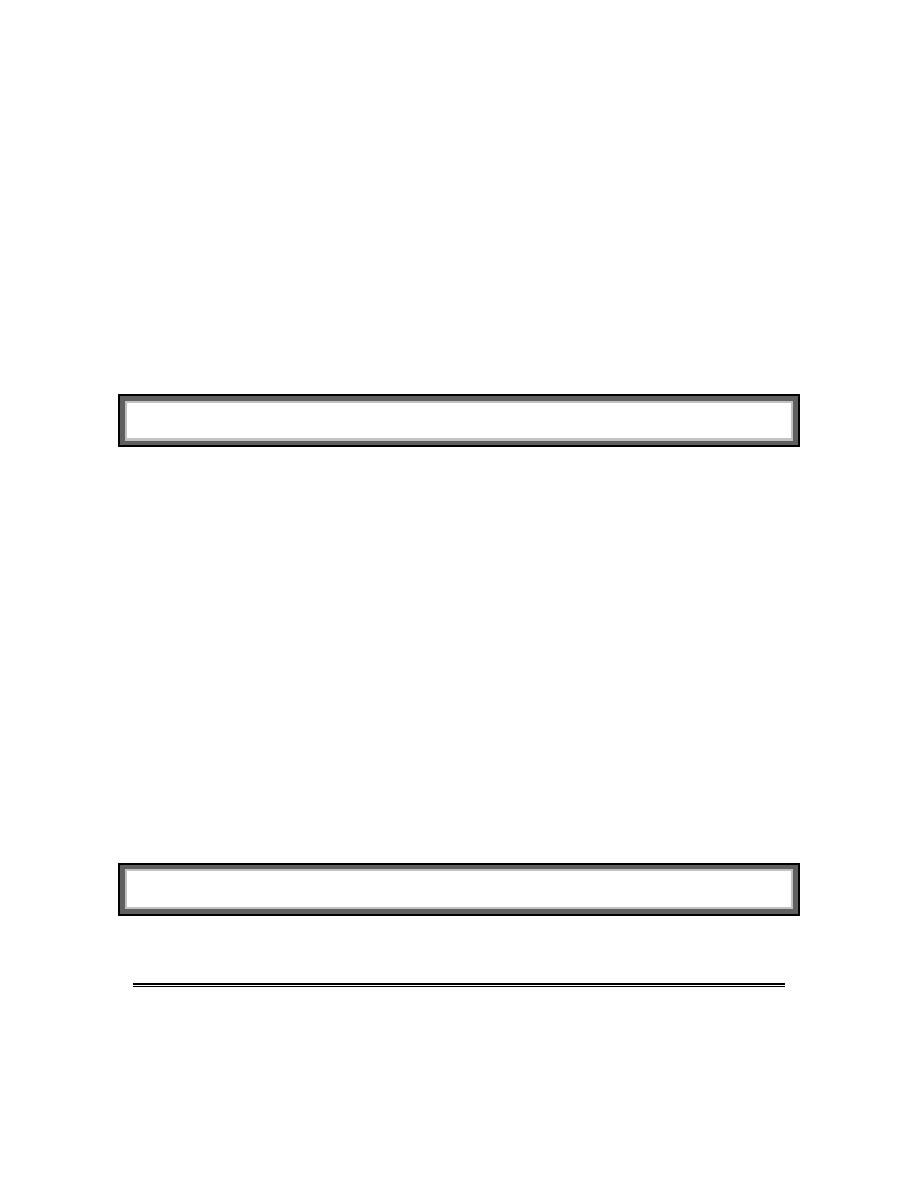
Calculus I
© 2007 Paul Dawkins
i
http://tutorial.math.lamar.edu/terms.aspx
Table of Contents
Preface ............................................................................................................................................ 1
Integrals .......................................................................................................................................... 1
Indefinite Integrals ................................................................................................................................... 1
Computing Indefinite Integrals ............................................................................................................... 6
Substitution Rule for Indefinite Integrals ..............................................................................................20
More Substitution Rule ...........................................................................................................................37
Area Problem ...........................................................................................................................................50
The Definition of the Definite Integral ...................................................................................................57
Computing Definite Integrals .................................................................................................................65
Substitution Rule for Definite Integrals .................................................................................................79
Preface
Here are the solutions to the practice problems for my Calculus I notes. Some solutions will have
more or less detail than other solutions. The level of detail in each solution will depend up on
several issues. If the section is a review section, this mostly applies to problems in the first
chapter, there will probably not be as much detail to the solutions given that the problems really
should be review. As the difficulty level of the problems increases less detail will go into the
basics of the solution under the assumption that if you’ve reached the level of working the harder
problems then you will probably already understand the basics fairly well and won’t need all the
explanation.
This document was written with presentation on the web in mind. On the web most solutions are
broken down into steps and many of the steps have hints. Each hint on the web is given as a
popup however in this document they are listed prior to each step. Also, on the web each step can
be viewed individually by clicking on links while in this document they are all showing. Also,
there are liable to be some formatting parts in this document intended for help in generating the
web pages that haven’t been removed here. These issues may make the solutions a little difficult
to follow at times, but they should still be readable.
Integrals
Indefinite Integrals
1. Evaluate each of the following indefinite integrals.
(a)
5
2
6
18
7
x
x
dx
−
+
∫
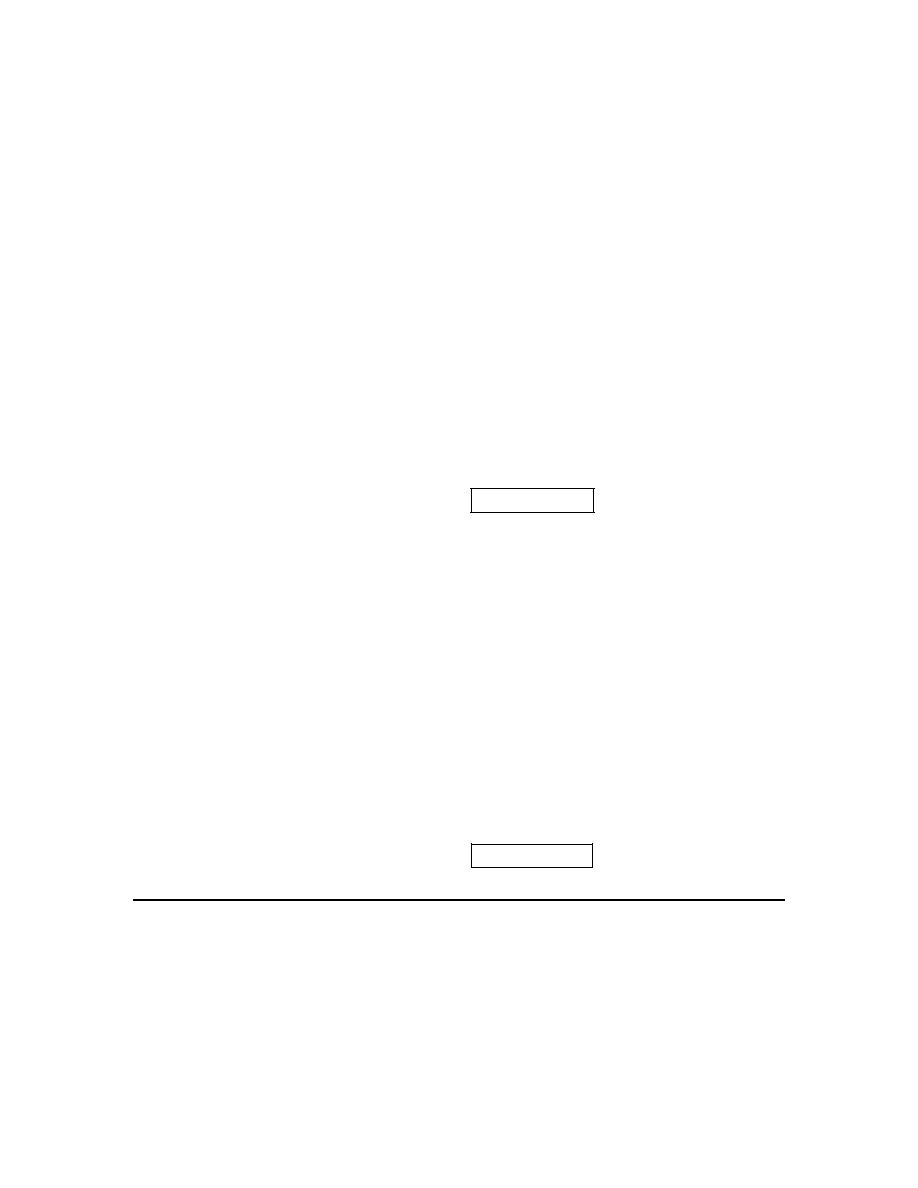
Calculus I
© 2007 Paul Dawkins
2
http://tutorial.math.lamar.edu/terms.aspx
(b)
5
2
6
18
7
x dx
x
−
+
∫
Hint : As long as you recall your derivative rules and the fact that all this problem is really asking
is the for us to determine the function that we differentiated to get the integrand (i.e. the function
inside the integral….) this problem shouldn’t be too difficult.
(a)
5
2
6
18
7
x
x
dx
−
+
∫
All we are being asked to do here is “undo” a differentiation and if you recall the basic
differentiation rules for polynomials this shouldn’t be too difficult. As we saw in the notes for
this section all we really need to do is increase the exponent by one (so upon differentiation we
get the correct exponent) and then fix up the coefficient to make sure that we will get the correct
coefficient upon differentiation.
Here is the answer for this part.
5
2
6
3
6
18
7
6
7
x
x
dx
x
x
x
c
−
+
=
−
+
+
∫
Don’t forget the “+c”! Remember that the original function may have had a constant on it and
the “+c” is there to remind us of that.
Also don’t forget that you can easily check your answer by differentiating your answer and
making sure that the result is the same as the integrand.
(b)
5
2
6
18
7
x dx
x
−
+
∫
This part is not really all that different from the first part. The only difference is the placement of
the dx. Recall that one of the things that the dx tells us where to end the integration. So, in the
part we are only going to integrate the first term.
Here is the answer for this part.
5
2
6
2
6
18
7
18
7
x dx
x
x
c
x
−
+ =
+ −
+
∫
2. Evaluate each of the following indefinite integrals.
(a)
3
2
40
12
9
14
x
x
x
dx
+
−
+
∫
(b)
3
2
40
12
9
14
x
x
x dx
+
−
+
∫
(c)
3
2
40
12
9
14
x
x dx
x
+
−
+
∫

Calculus I
© 2007 Paul Dawkins
3
http://tutorial.math.lamar.edu/terms.aspx
Hint : As long as you recall your derivative rules and the fact that all this problem is really asking
is the for us to determine the function that we differentiated to get the integrand (i.e. the function
inside the integral….) this problem shouldn’t be too difficult.
(a)
3
2
40
12
9
14
x
x
x
dx
+
−
+
∫
All we are being asked to do here is “undo” a differentiation and if you recall the basic
differentiation rules for polynomials this shouldn’t be too difficult. As we saw in the notes for
this section all we really need to do is increase the exponent by one (so upon differentiation we
get the correct exponent) and then fix up the coefficient to make sure that we will get the correct
coefficient upon differentiation.
Here is that answer for this part.
3
2
4
3
2
9
2
40
12
9
14
10
4
14
x
x
x
dx
x
x
x
x
c
+
−
+
=
+
−
+
+
∫
Don’t forget the “+c”! Remember that the original function may have had a constant on it and
the “+c” is there to remind us of that.
Also don’t forget that you can easily check your answer by differentiating your answer and
making sure that the result is the same as the integrand.
(b)
3
2
40
12
9
14
x
x
x dx
+
−
+
∫
This part is not really all that different from the first part. The only difference is the placement of
the dx. Recall that one of the things that the dx tells us where to end the integration. So, in the
part we are only going to integrate the first term.
Here is the answer for this part.
3
2
4
3
2
9
2
40
12
9
14
10
4
14
x
x
x dx
x
x
x
c
+
−
+
=
+
−
+ +
∫
(c)
3
2
40
12
9
14
x
x dx
x
+
−
+
∫
The only difference between this part and the previous part is that the location of the dx moved.
Here is the answer for this part.
3
2
4
3
40
12
9
14
10
4
9
14
x
x dx
x
x
x
c
x
+
−
+
=
+
+ −
+
∫
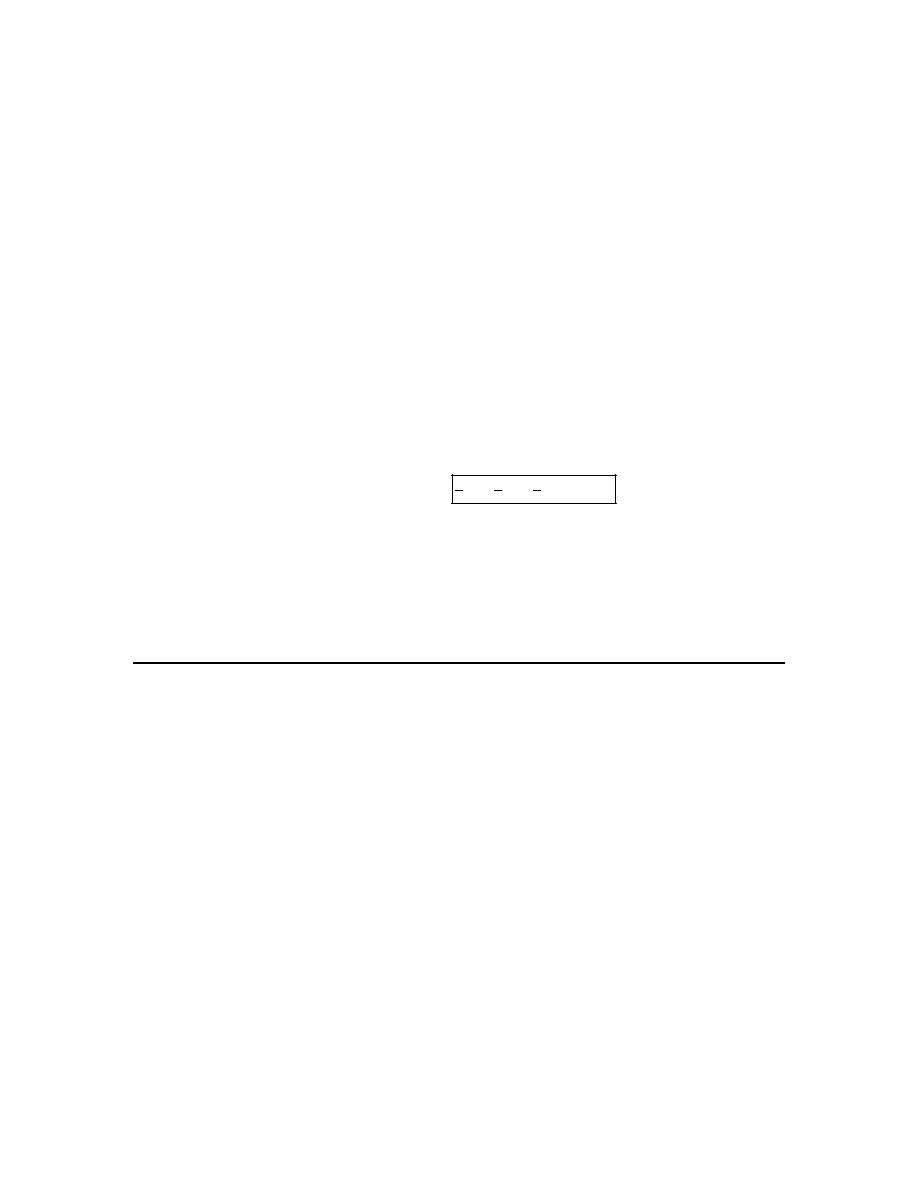
Calculus I
© 2007 Paul Dawkins
4
http://tutorial.math.lamar.edu/terms.aspx
3. Evaluate
7
2
12
3
t
t
t
dt
− − +
∫
.
Hint : As long as you recall your derivative rules and the fact that all this problem is really asking
is the for us to determine the function that we differentiated to get the integrand (i.e. the function
inside the integral….) this problem shouldn’t be too difficult.
Solution
All we are being asked to do here is “undo” a differentiation and if you recall the basic
differentiation rules for polynomials this shouldn’t be too difficult. As we saw in the notes for
this section all we really need to do is increase the exponent by one (so upon differentiation we
get the correct exponent) and then fix up the coefficient to make sure that we will get the correct
coefficient upon differentiation.
Here is the answer.
7
2
8
3
2
3
1
1
2
3
2
12
3
3
t
t
t
dt
t
t
t
t
c
− − +
=
−
−
+
+
∫
Don’t forget the “+c”! Remember that the original function may have had a constant on it and
the “+c” is there to remind us of that.
Also don’t forget that you can easily check your answer by differentiating your answer and
making sure that the result is the same as the integrand.
4. Evaluate
4
3
10
9
7
w
w
w dw
+
+
∫
.
Hint : As long as you recall your derivative rules and the fact that all this problem is really asking
is the for us to determine the function that we differentiated to get the integrand (i.e. the function
inside the integral….) this problem shouldn’t be too difficult.
Solution
All we are being asked to do here is “undo” a differentiation and if you recall the basic
differentiation rules for polynomials this shouldn’t be too difficult. As we saw in the notes for
this section all we really need to do is increase the exponent by one (so upon differentiation we
get the correct exponent) and then fix up the coefficient to make sure that we will get the correct
coefficient upon differentiation.
Here is the answer.
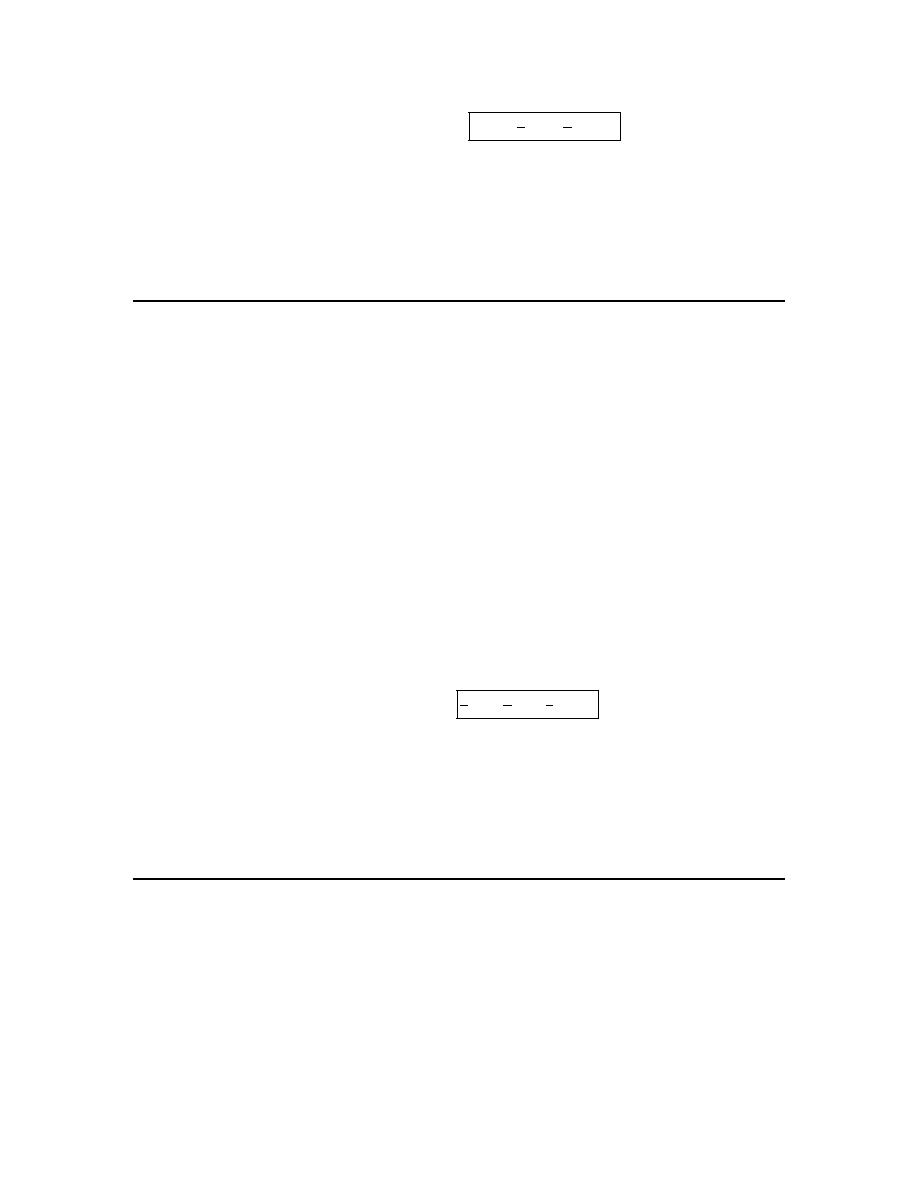
Calculus I
© 2007 Paul Dawkins
5
http://tutorial.math.lamar.edu/terms.aspx
4
3
5
4
2
9
7
4
2
10
9
7
2
w
w
w dw
w
w
w
c
+
+
=
+
+
+
∫
Don’t forget the “+c”! Remember that the original function may have had a constant on it and
the “+c” is there to remind us of that.
Also don’t forget that you can easily check your answer by differentiating your answer and
making sure that the result is the same as the integrand.
5. Evaluate
6
4
2
4
z
z
z dz
+
−
∫
.
Hint : As long as you recall your derivative rules and the fact that all this problem is really asking
is the for us to determine the function that we differentiated to get the integrand (i.e. the function
inside the integral….) this problem shouldn’t be too difficult.
Solution
All we are being asked to do here is “undo” a differentiation and if you recall the basic
differentiation rules for polynomials this shouldn’t be too difficult. As we saw in the notes for
this section all we really need to do is increase the exponent by one (so upon differentiation we
get the correct exponent) and then fix up the coefficient to make sure that we will get the correct
coefficient upon differentiation.
Here is the answer.
6
4
2
7
5
3
1
4
1
7
5
3
4
z
z
z dz
z
z
z
c
+
−
=
+
−
+
∫
Don’t forget the “+c”! Remember that the original function may have had a constant on it and
the “+c” is there to remind us of that.
Also don’t forget that you can easily check your answer by differentiating your answer and
making sure that the result is the same as the integrand.
6. Determine
( )
f x
given that
( )
8
4
2
6
20
9
f
x
x
x
x
′
=
−
+
+
.
Hint : Remember that all indefinite integrals are asking us to do is “undo” a differentiation.
Solution
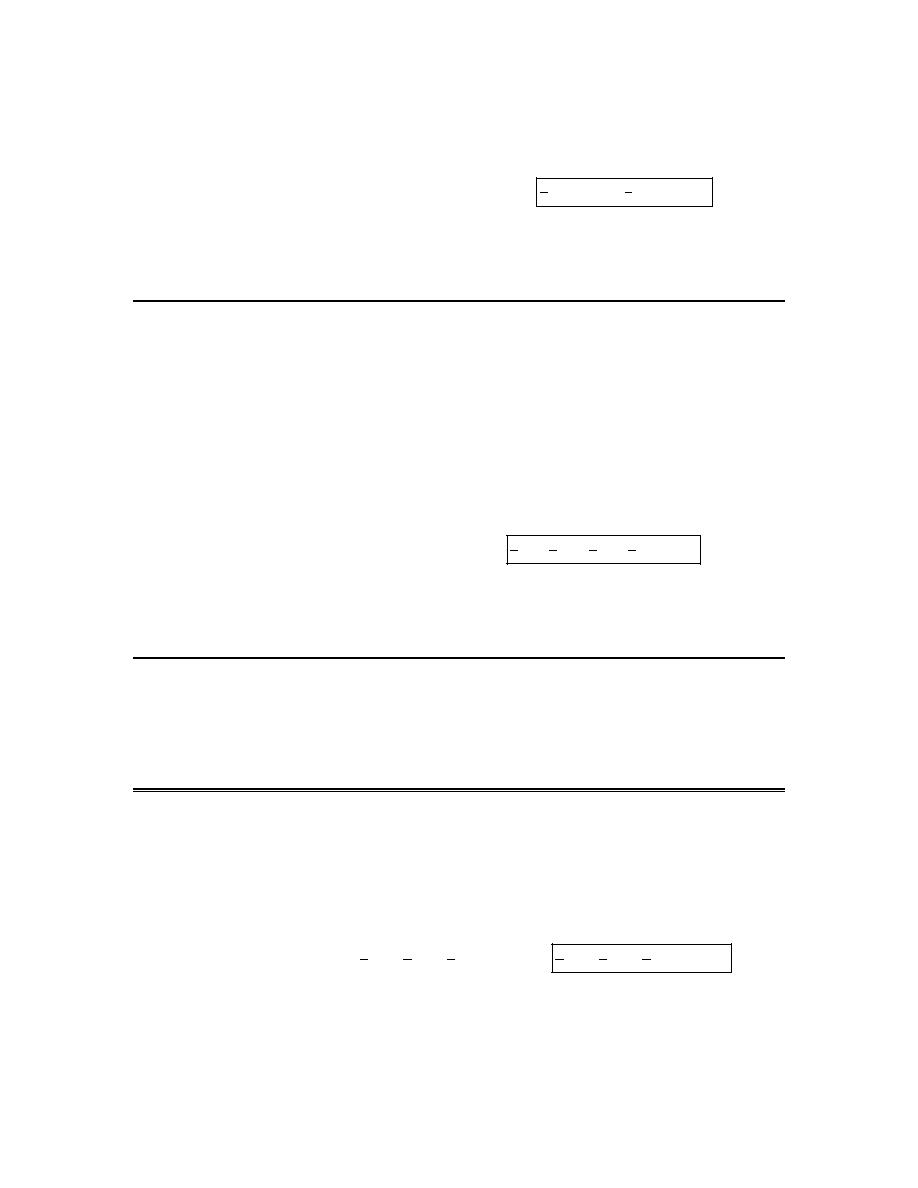
Calculus I
© 2007 Paul Dawkins
6
http://tutorial.math.lamar.edu/terms.aspx
We know that indefinite integrals are asking us to undo a differentiation to so all we are really
being asked to do here is evaluate the following indefinite integral.
( )
( )
8
4
2
9
5
3
2
1
3
3
6
20
9
4
9
f x
f
x dx
x
x
x
dx
x
x
x
x
c
′
=
=
−
+
+
=
−
+
+
+
∫
∫
Don’t forget the “+c”! Remember that the original function may have had a constant on it and
the “+c” is there to remind us of that.
7. Determine
( )
h t
given that
( )
4
3
2
1
h t
t
t
t
t
′
= − + + −
.
Hint : Remember that all indefinite integrals are asking us to do is “undo” a differentiation.
Solution
We know that indefinite integrals are asking us to undo a differentiation to so all we are really
being asked to do here is evaluate the following indefinite integral.
( )
( )
4
3
2
5
4
3
2
1
1
1
1
5
4
3
2
1
h t
h t dt
t
t
t
t
dt
t
t
t
t
t
c
′
=
=
− + + −
=
−
+
+
− +
∫
∫
Don’t forget the “+c”! Remember that the original function may have had a constant on it and
the “+c” is there to remind us of that.
Computing Indefinite Integrals
1. Evaluate
6
3
4
2
7
4
x
x
x
dx
−
+
−
∫
.
Solution
There really isn’t too much to do other than to evaluate the integral.
6
3
7
4
2
7
4
2
7
7
4
2
4
1
7
4
2
7
2
2
4
2
7
4
4
4
x
x
x
dx
x
x
x
x
c
x
x
x
x
c
−
+
−
=
−
+
−
+ =
−
+
−
+
∫
Don’t forget to add on the “+c” since we know that we are asking what function did we
differentiate to get the integrand and the derivative of a constant is zero and so we do need to add
that onto the answer.
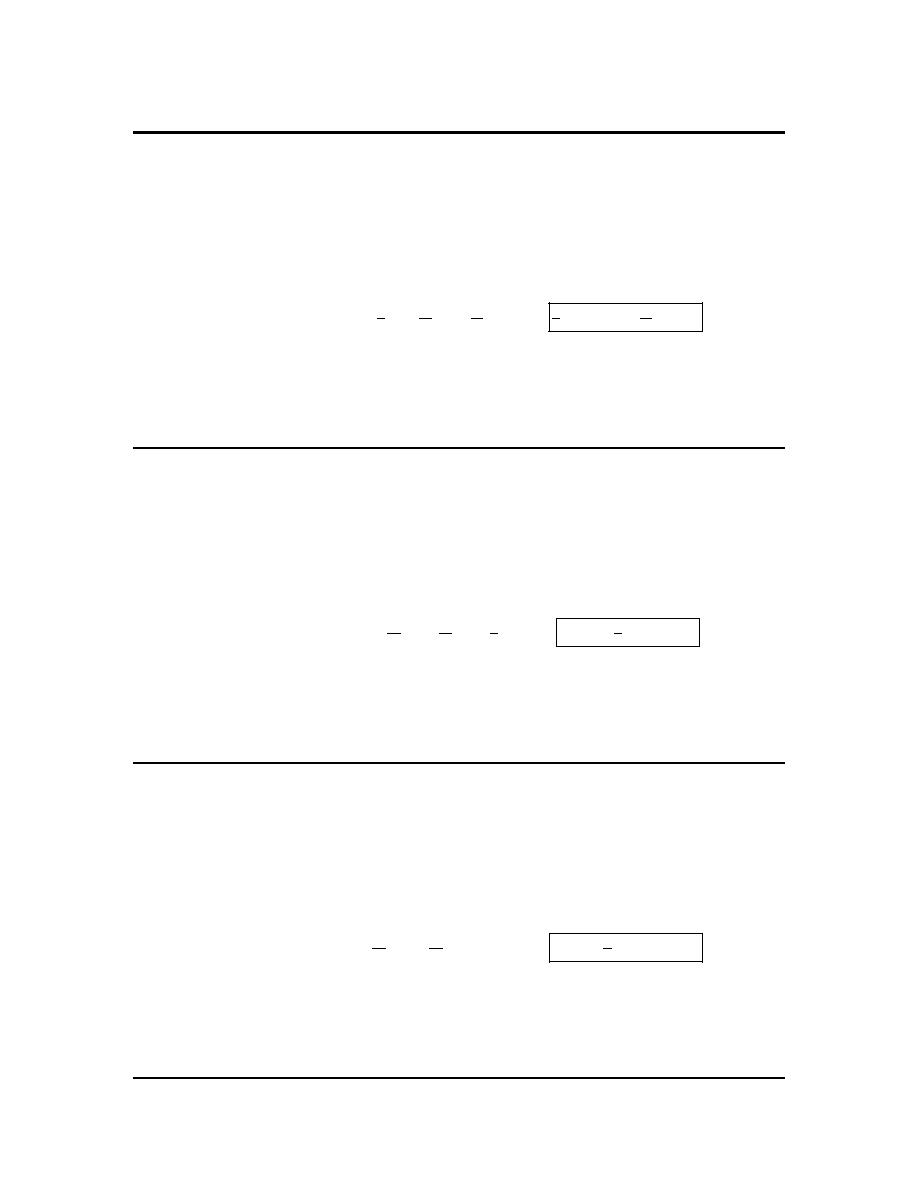
Calculus I
© 2007 Paul Dawkins
7
http://tutorial.math.lamar.edu/terms.aspx
2. Evaluate
7
11
16
48
5
z
z
z dz
−
−
∫
.
Solution
There really isn’t too much to do other than to evaluate the integral.
7
11
16
8
12
17
8
12
17
48
5
5
1
1
8
12
17
8
17
48
5
4
z
z
z dz
z
z
z
c
z
z
z
c
−
−
=
−
−
+ =
−
−
+
∫
Don’t forget to add on the “+c” since we know that we are asking what function did we
differentiate to get the integrand and the derivative of a constant is zero and so we do need to add
that onto the answer.
3. Evaluate
3
9
3
10
12
4
t
t
t dt
−
−
+
+
∫
.
Solution
There really isn’t too much to do other than to evaluate the integral.
3
9
3
2
8
4
2
8
4
10
3
12
4
2
8
4
2
10
12
4
5
t
t
t dt
t
t
t
c
t
t
t
c
−
−
−
−
−
−
−
−
+
+
=
+
+
+ = −
−
+ +
∫
Don’t forget to add on the “+c” since we know that we are asking what function did we
differentiate to get the integrand and the derivative of a constant is zero and so we do need to add
that onto the answer.
4. Evaluate
2
5
10
8
w
w
dw
−
−
+
−
∫
.
Solution
There really isn’t too much to do other than to evaluate the integral.
2
5
1
4
1
4
10
5
1
1
4
2
10
8
8
8
w
w
dw
w
w
w c
w
w
w c
−
−
−
−
−
−
−
−
+
−
=
+
−
+ = −
−
−
+
∫
Don’t forget to add on the “+c” since we know that we are asking what function did we
differentiate to get the integrand and the derivative of a constant is zero and so we do need to add
that onto the answer.
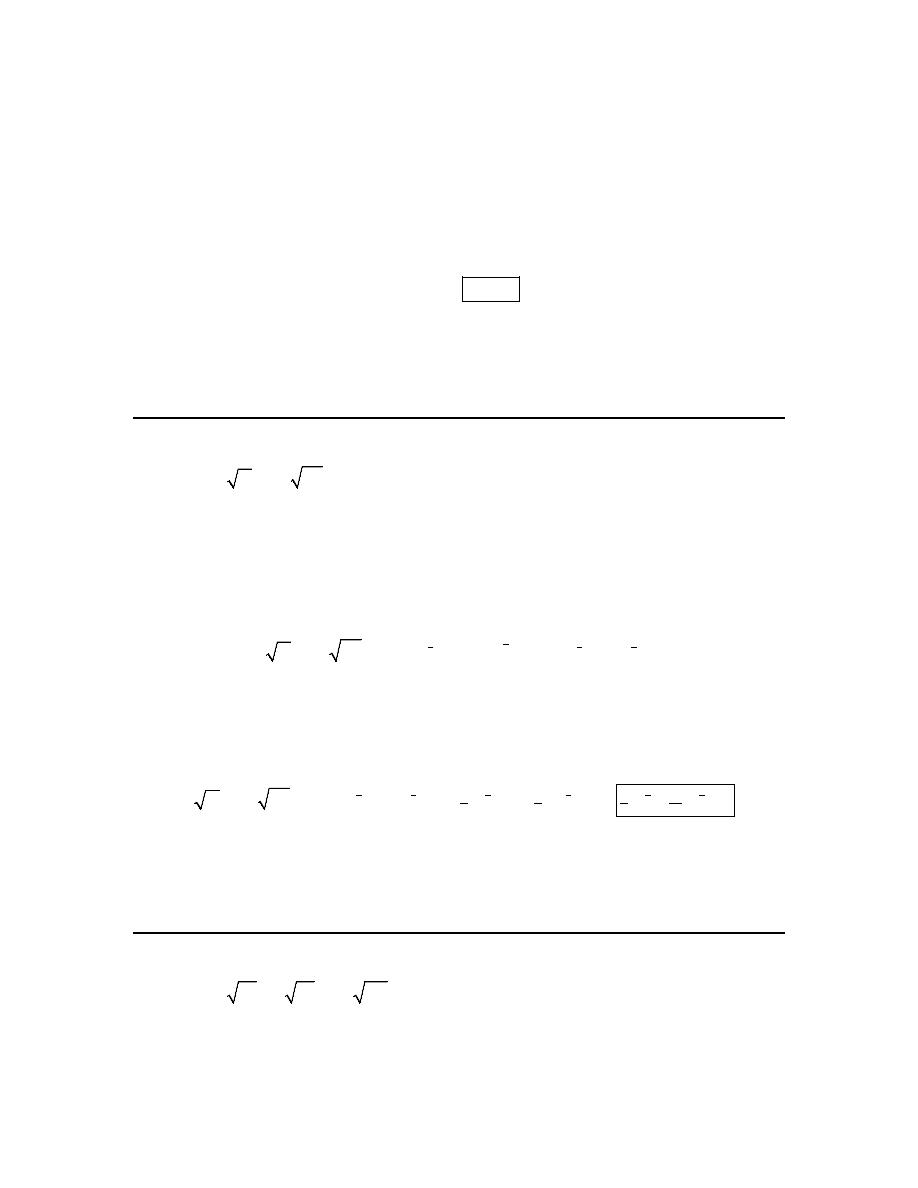
Calculus I
© 2007 Paul Dawkins
8
http://tutorial.math.lamar.edu/terms.aspx
5. Evaluate
12 dy
∫
.
Solution
There really isn’t too much to do other than to evaluate the integral.
12
12
dy
y
c
=
+
∫
Don’t forget to add on the “+c” since we know that we are asking what function did we
differentiate to get the integrand and the derivative of a constant is zero and so we do need to add
that onto the answer.
6. Evaluate
5
3
3
10
w
w dw
+
∫
.
Hint : Don’t forget to convert the roots to fractional exponents.
Step 1
We first need to convert the roots to fractional exponents.
( )
1
1
1
3
5
3
3
5
5
3
3
3
10
10
10
w
w dw
w
w
dw
w
w dw
+
=
+
=
+
∫
∫
∫
Step 2
Once we’ve gotten the roots converted to fractional exponents there really isn’t too much to do
other than to evaluate the integral.
( )
1
3
4
8
4
8
3
5
3
5
3
5
5
3
3
3
5
3
25
4
8
4
4
10
10
10
w
w dw
w
w dw
w
w
c
w
w
c
+
=
+
=
+
+ =
+
+
∫
∫
Don’t forget to add on the “+c” since we know that we are asking what function did we
differentiate to get the integrand and the derivative of a constant is zero and so we do need to add
that onto the answer.
7. Evaluate
6
3
7
5
10
7
17
x
x
x dx
−
+
∫
.
Hint : Don’t forget to convert the roots to fractional exponents.
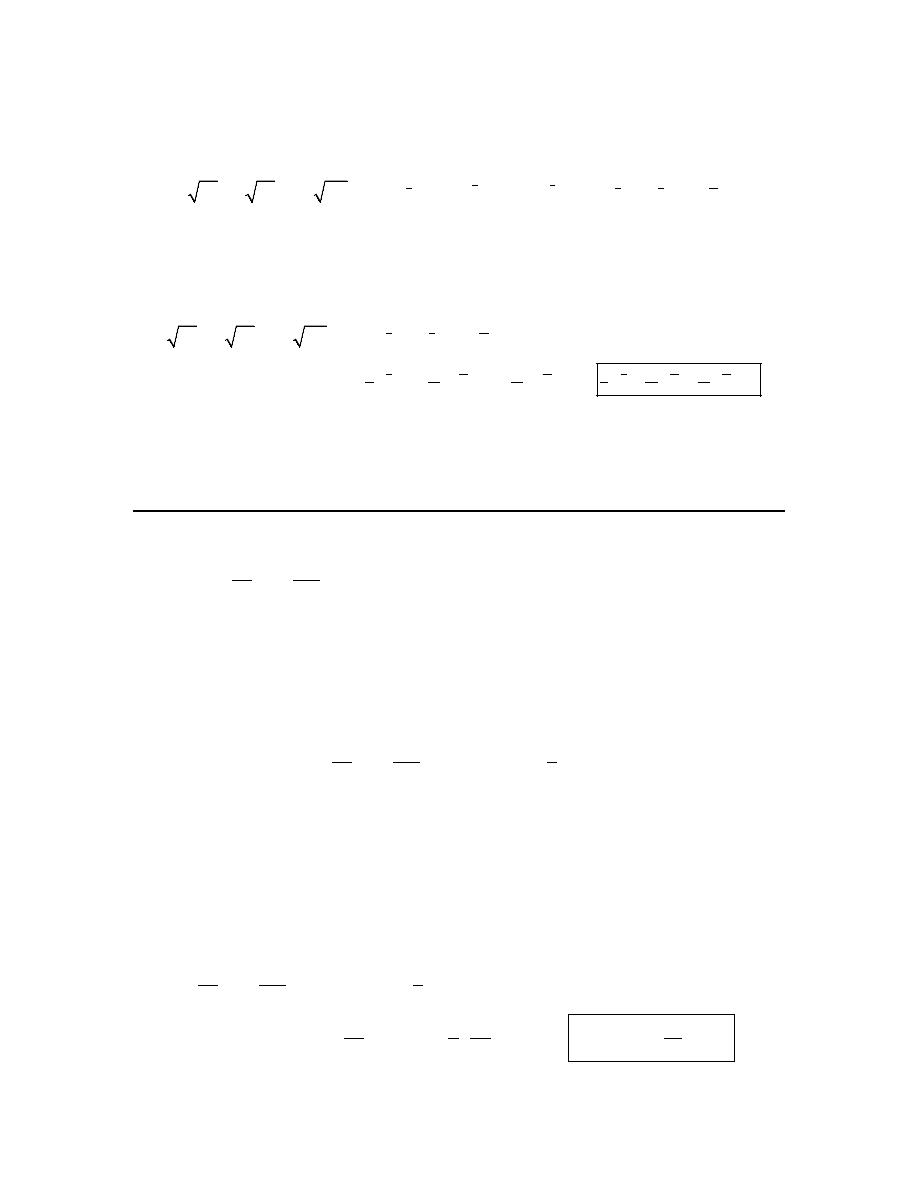
Calculus I
© 2007 Paul Dawkins
9
http://tutorial.math.lamar.edu/terms.aspx
Step 1
We first need to convert the roots to fractional exponents.
( )
( )
1
1
5
10
7
7
6
3
6
3
2
2
6
3
7
5
10
5
10
7
17
7
17
7
17
x
x
x dx
x
x
x
dx
x
x
x dx
−
+
=
−
+
=
−
+
∫
∫
∫
Step 2
Once we’ve gotten the roots converted to fractional exponents there really isn’t too much to do
other than to evaluate the integral.
( )
( )
5
10
7
6
3
2
13
13
9
11
9
11
6
3
6
3
2
2
6
3
7
5
10
6
3
51
2
2
42
9
11
13
9
11
13
7
17
7
17
7
17
x
x
x dx
x
x
x dx
x
x
x
c
x
x
x
c
−
+
=
−
+
=
−
+
+ =
−
+
+
∫
∫
Don’t forget to add on the “+c” since we know that we are asking what function did we
differentiate to get the integrand and the derivative of a constant is zero and so we do need to add
that onto the answer.
8. Evaluate
2
3
4
1
2
8
dx
x
x
+ −
⌠
⌡
.
Hint : Don’t forget to move the x’s in the denominator to the numerator with negative exponents.
Step 1
We first need to move the x’s in the denominator to the numerator with negative exponents.
2
3
2
3
4
1
1
2
4
2
8
8
dx
x
x dx
x
x
−
−
+ −
=
+ −
⌠
⌠
⌡
⌡
Remember that the “8” in the denominator of the third term stays in the denominator and does not
move up with the x.
Step 2
Once we’ve gotten the x’s out of the denominator there really isn’t too much to do other than to
evaluate the integral.
2
3
2
3
1
2
1
2
4
1
1
2
4
2
8
8
1
1
1
1
4
2
4
2
1
8
2
16
dx
x
x dx
x
x
x
x
x
c
x
x
x
c
−
−
−
−
−
−
+ −
=
+ −
=
+
−
+ = −
+
+
+
−
−
⌠
⌠
⌡
⌡
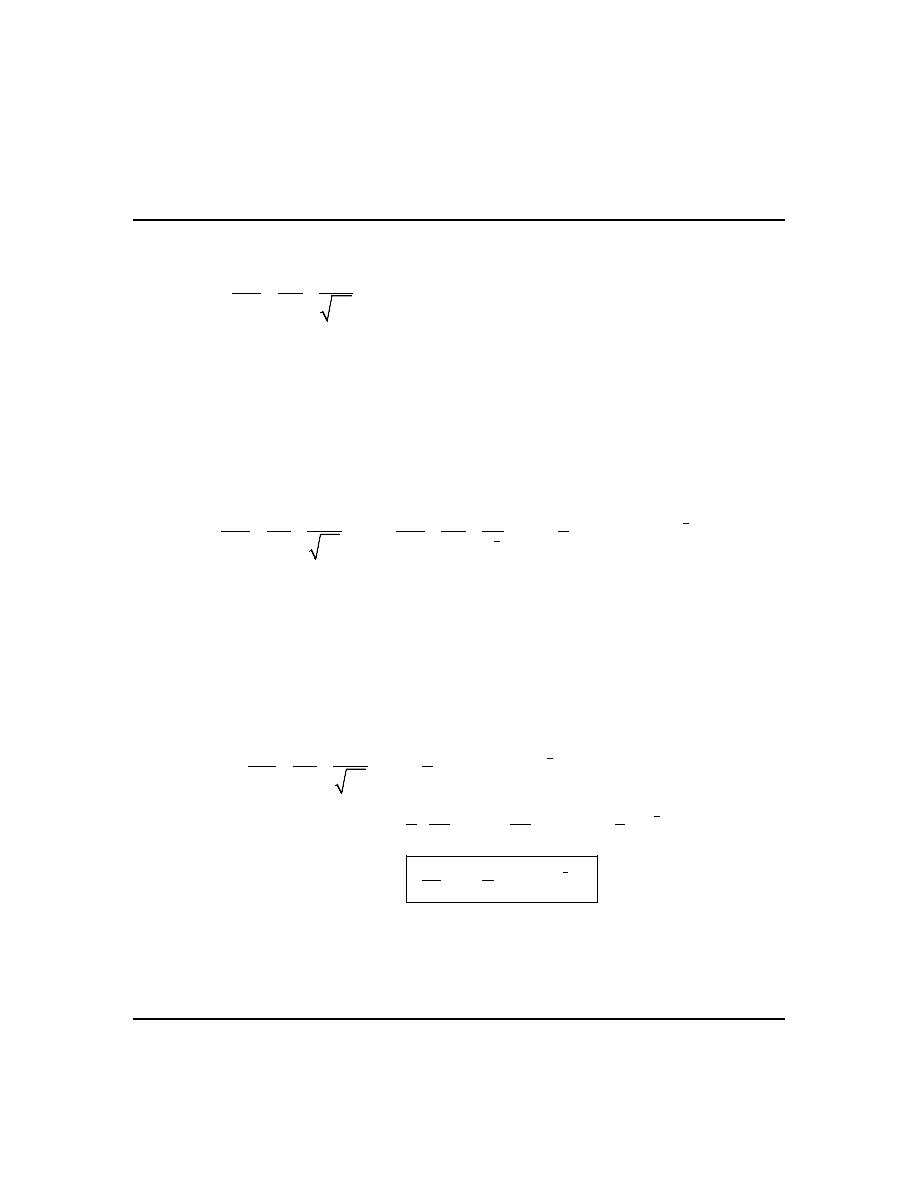
Calculus I
© 2007 Paul Dawkins
10
http://tutorial.math.lamar.edu/terms.aspx
Don’t forget to add on the “+c” since we know that we are asking what function did we
differentiate to get the integrand and the derivative of a constant is zero and so we do need to add
that onto the answer.
9. Evaluate
6
10
4
3
7
1
2
3
dy
y
y
y
+
−
⌠
⌡
.
Hint : Don’t forget to convert the root to a fractional exponents and move the y’s in the
denominator to the numerator with negative exponents.
Step 1
We first need to convert the root to a fractional exponent and move the y’s in the denominator to
the numerator with negative exponents.
4
3
4
3
6
10
6
10
6
10
4
3
7
1
2
7
1
2
7
2
3
3
3
dy
dy
y
y
y
dy
y
y
y
y
y
y
−
−
−
+
−
=
+
−
=
+
−
⌠
⌠
⌠
⌡
⌡
⌡
Remember that the “3” in the denominator of the first term stays in the denominator and does not
move up with the y.
Step 2
Once we’ve gotten the root converted to a fractional exponent and the y’s out of the denominator
there really isn’t too much to do other than to evaluate the integral.
4
3
1
3
1
3
6
10
6
10
4
3
5
9
5
9
7
1
2
7
2
3
3
7
1
1
3
2
3
5
9
1
7
1
6
15
9
dy
y
y
y
dy
y
y
y
y
y
y
c
y
y
y
c
−
−
−
−
−
−
−
−
−
+
−
=
+
−
=
+
−
−
+
−
−
= −
−
+
+
⌠
⌠
⌡
⌡
Don’t forget to add on the “+c” since we know that we are asking what function did we
differentiate to get the integrand and the derivative of a constant is zero and so we do need to add
that onto the answer.
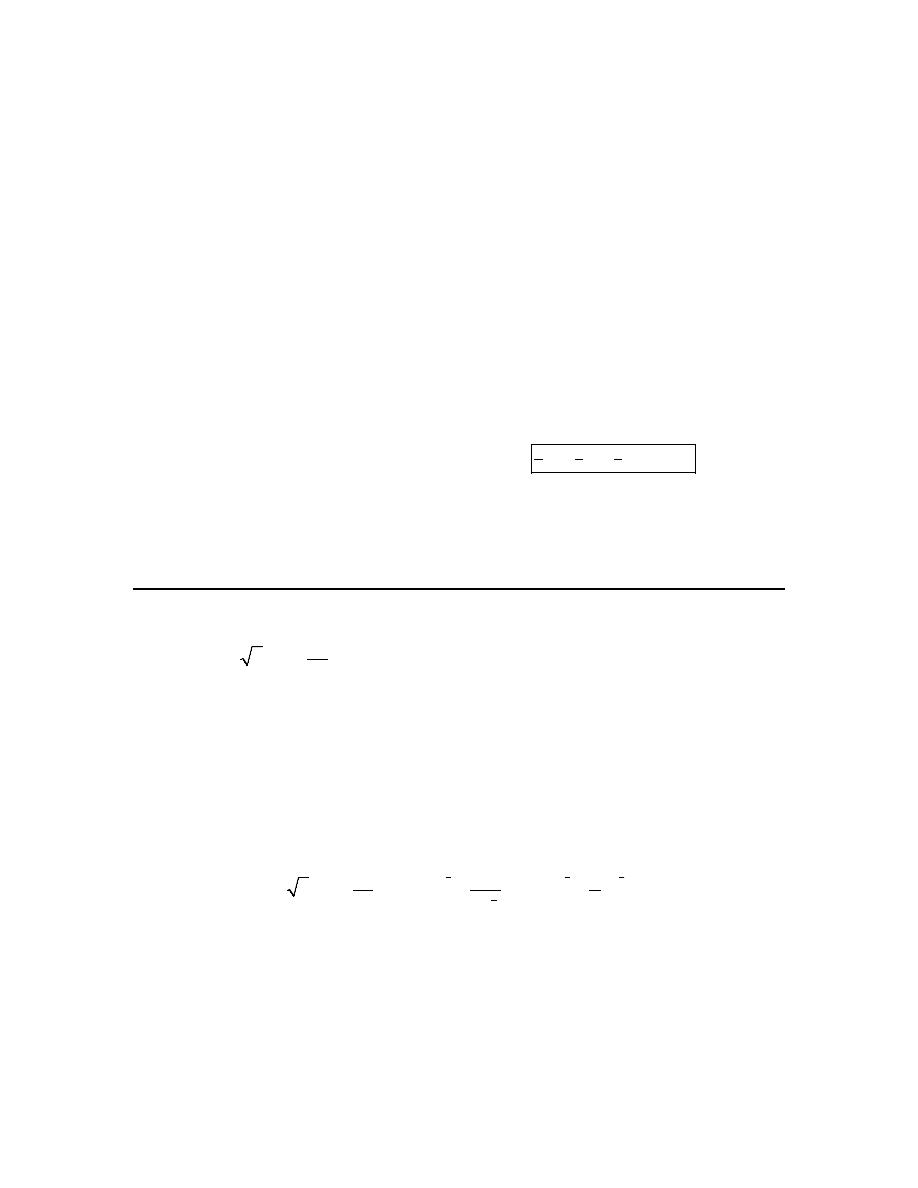
Calculus I
© 2007 Paul Dawkins
11
http://tutorial.math.lamar.edu/terms.aspx
10. Evaluate
(
)
(
)
2
1 4 3
t
t dt
−
+
∫
.
Hint : Remember that there is no “Product Rule” for integrals and so we’ll need to eliminate the
product before integrating.
Step 1
Since there is no “Product Rule” for integrals we’ll need to multiply the terms out prior to
integration.
(
)
(
)
2
3
2
1 4 3
3
4
3
4
t
t dt
t
t
t
dt
−
+
=
+
− −
∫
∫
Step 2
At this point there really isn’t too much to do other than to evaluate the integral.
(
)
(
)
2
3
2
4
3
2
3
3
4
4
3
2
1 4 3
3
4
3
4
4
t
t dt
t
t
t
dt
t
t
t
t
c
−
+
=
+
− −
=
+
−
− +
∫
∫
Don’t forget to add on the “+c” since we know that we are asking what function did we
differentiate to get the integrand and the derivative of a constant is zero and so we do need to add
that onto the answer.
11. Evaluate
2
1
4
z z
dz
z
−
⌠
⌡
.
Hint : Remember that there is no “Product Rule” for integrals and so we’ll need to eliminate the
product before integrating.
Step 1
Since there is no “Product Rule” for integrals we’ll need to multiply the terms out prior to
integration.
5
5
1
2
2
2
1
2
2
1
1
1
4
4
4
z z
dz
z
dz
z
z
dz
z
z
−
−
=
−
=
−
⌠
⌠
⌠
⌡
⌡
⌡
Don’t forget to convert the root to a fractional exponent and move the z’s out of the denominator.
Step 2
At this point there really isn’t too much to do other than to evaluate the integral.
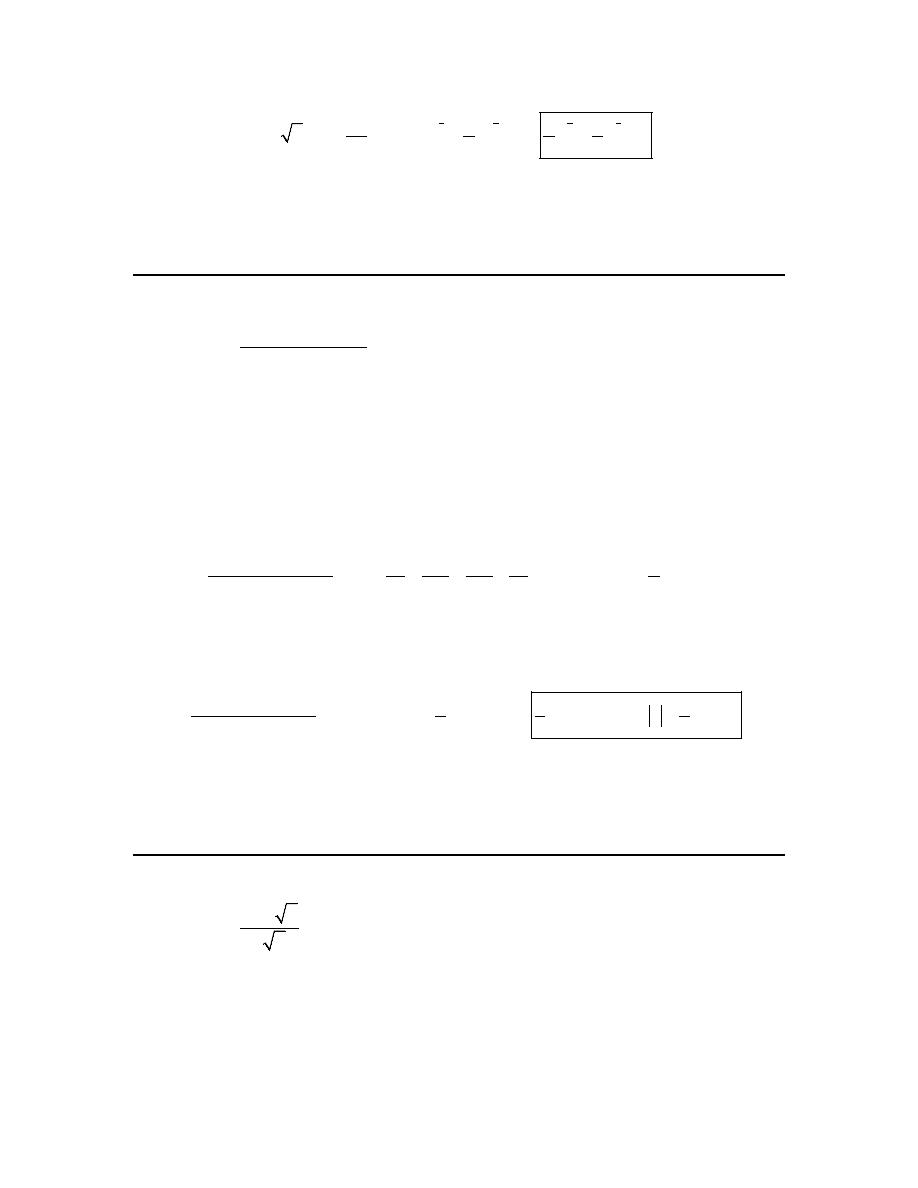
Calculus I
© 2007 Paul Dawkins
12
http://tutorial.math.lamar.edu/terms.aspx
5
7
1
1
2
2
2
2
2
1
1
2
1
4
4
7
2
z z
dz
z
z
dz
z
z
c
z
−
−
=
−
=
−
+
⌠
⌠
⌡
⌡
Don’t forget to add on the “+c” since we know that we are asking what function did we
differentiate to get the integrand and the derivative of a constant is zero and so we do need to add
that onto the answer.
12. Evaluate
8
5
3
4
6
4
2
z
z
z
dz
z
−
+
−
⌠
⌡
.
Hint : Remember that there is no “Quotient Rule” for integrals and so we’ll need to eliminate the
quotient before integrating.
Step 1
Since there is no “Quotient Rule” for integrals we’ll need to break up the integrand and simplify a
little prior to integration.
8
5
3
8
5
3
4
4
4
4
4
4
4
6
4
2
6
4
2
4
6
2
z
z
z
z
z
z
dz
dz
z
z
z
dz
z
z
z
z
z
z
−
−
+
−
=
−
+
−
=
−
+ −
⌠
⌠
⌠
⌡
⌡
⌡
Step 2
At this point there really isn’t too much to do other than to evaluate the integral.
8
5
3
4
4
5
2
3
4
6
4
2
4
1
2
6
2
3
4 ln
5
3
z
z
z
dz
z
z
z
dz
z
z
z
z
c
z
z
−
−
−
+
−
=
−
+ −
=
−
+
+
+
⌠
⌠
⌡
⌡
Don’t forget to add on the “+c” since we know that we are asking what function did we
differentiate to get the integrand and the derivative of a constant is zero and so we do need to add
that onto the answer.
13. Evaluate
4
3
6
x
x
dx
x
−
⌠
⌡
.
Hint : Remember that there is no “Quotient Rule” for integrals and so we’ll need to eliminate the
quotient before integrating.
Step 1
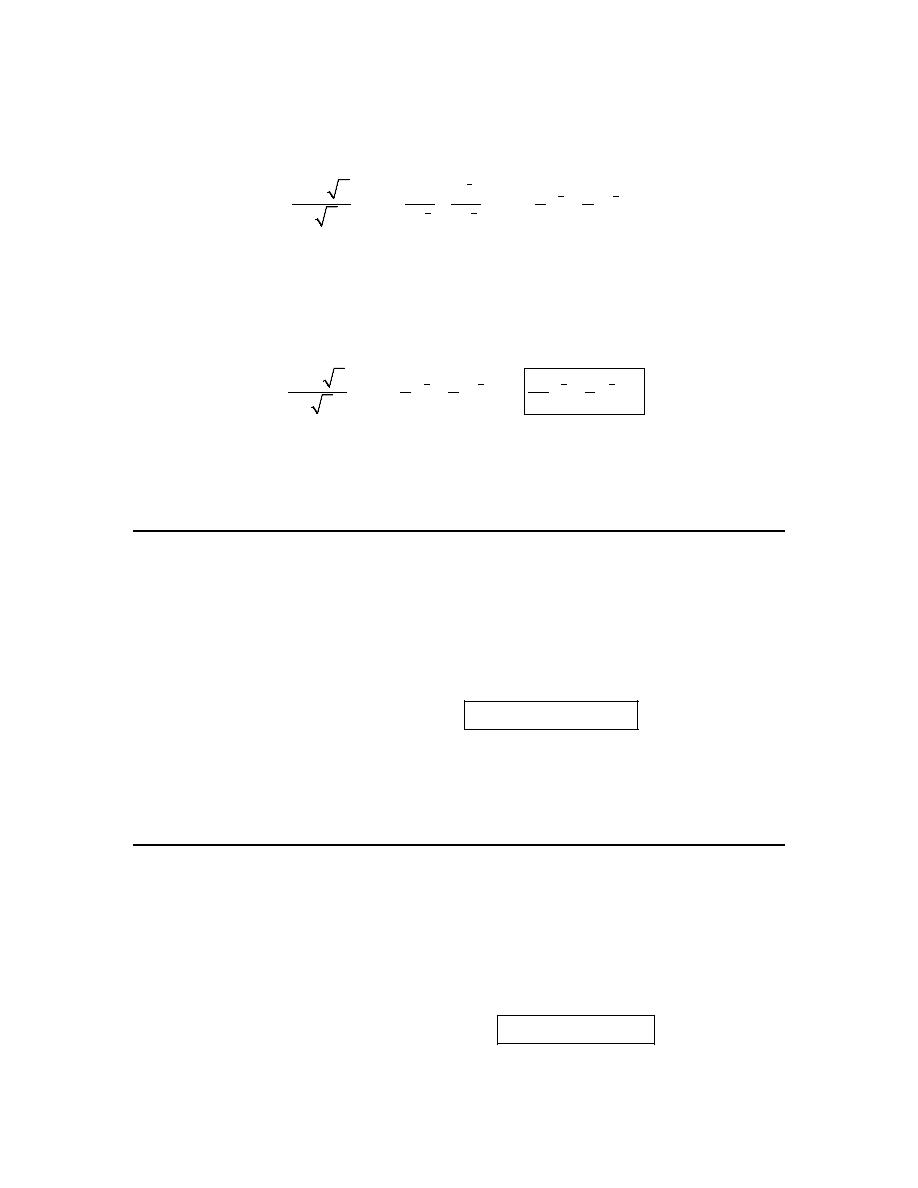
Calculus I
© 2007 Paul Dawkins
13
http://tutorial.math.lamar.edu/terms.aspx
Since there is no “Quotient Rule” for integrals we’ll need to break up the integrand and simplify a
little prior to integration.
1
3
7
1
6
2
1
1
2
2
4
4
3
1
1
6
6
6
6
6
x
x
x
x
dx
dx
x
x
dx
x
x
x
−
−
=
−
=
−
⌠
⌠
⌠
⌡
⌡
⌡
Don’t forget to convert the roots to fractional exponents!
Step 2
At this point there really isn’t too much to do other than to evaluate the integral.
5
7
1
9
6
6
2
2
4
3
1
1
1
1
6
6
27
5
6
x
x
dx
x
x
dx
x
x
c
x
−
−
=
−
=
−
+
⌠
⌠
⌡
⌡
Don’t forget to add on the “+c” since we know that we are asking what function did we
differentiate to get the integrand and the derivative of a constant is zero and so we do need to add
that onto the answer.
14. Evaluate
( )
( )
2
sin
10 csc
x
x dx
+
∫
.
Solution
There really isn’t too much to do other than to evaluate the integral.
( )
( )
( )
( )
2
sin
10 csc
cos
10 cot
x
x dx
x
x
c
+
= −
−
+
∫
Don’t forget to add on the “+c” since we know that we are asking what function did we
differentiate to get the integrand and the derivative of a constant is zero and so we do need to add
that onto the answer.
15. Evaluate
( )
( ) ( )
2 cos
sec
tan
w
w
w dw
−
∫
.
Solution
There really isn’t too much to do other than to evaluate the integral.
( )
( ) ( )
( )
( )
2 cos
sec
tan
2 sin
sec
w
w
w dw
w
w
c
−
=
−
+
∫
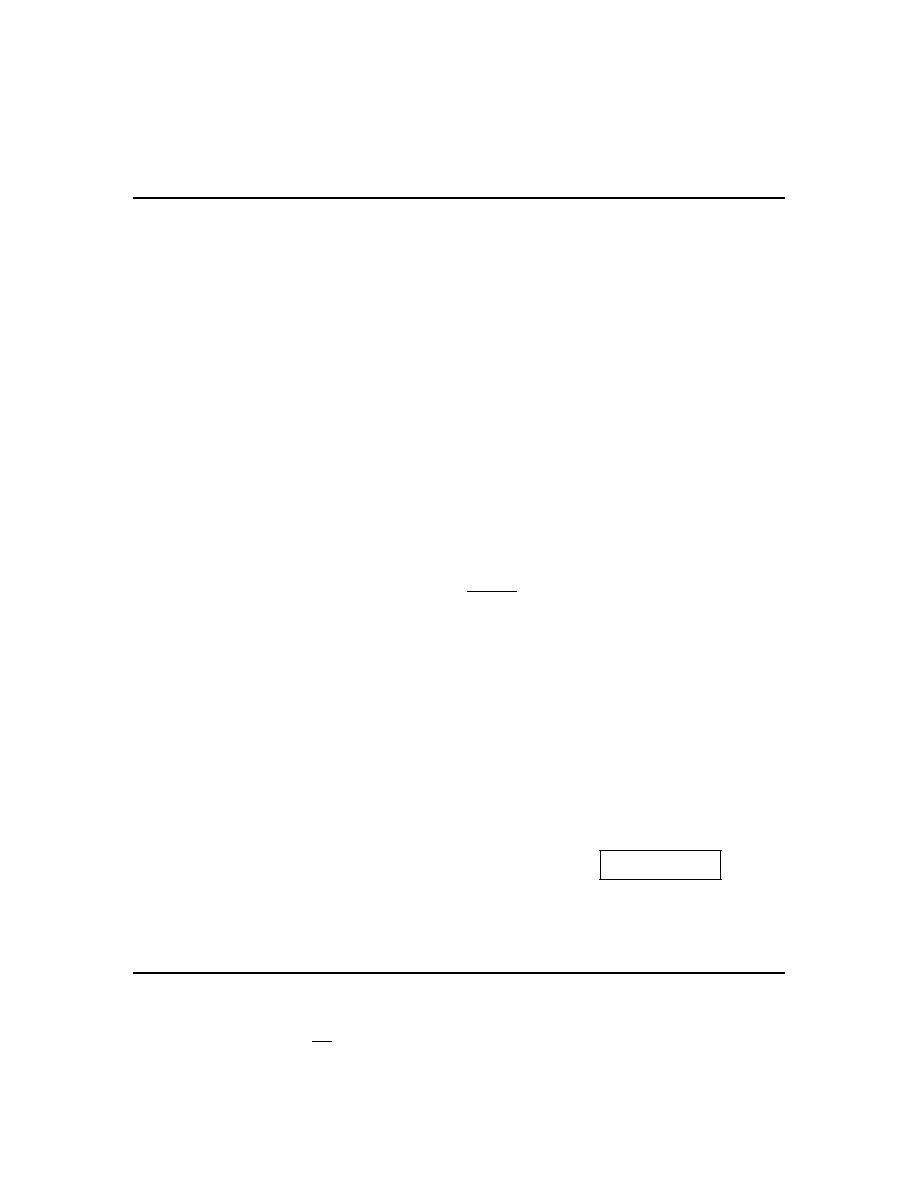
Calculus I
© 2007 Paul Dawkins
14
http://tutorial.math.lamar.edu/terms.aspx
Don’t forget to add on the “+c” since we know that we are asking what function did we
differentiate to get the integrand and the derivative of a constant is zero and so we do need to add
that onto the answer.
16. Evaluate
( )
( )
( )
12 csc
sin
csc
d
θ
θ
θ
θ
+
+
∫
.
Hint : From previous problems in this set we should know how to deal with the product in the
integrand.
Step 1
Before doing the integral we need to multiply out the product and don’t forget the definition of
cosecant in terms of sine.
( )
( )
( )
( ) ( )
( )
( )
2
2
12 csc
sin
csc
12 csc
sin
csc
13 csc
d
d
d
θ
θ
θ
θ
θ
θ
θ θ
θ θ
+
+
=
+
+
=
+
∫
∫
∫
Recall that,
( )
( )
1
csc
sin
θ
θ
=
and so,
( ) ( )
csc
sin
1
θ
θ
=
Doing this allows us to greatly simplify the integrand and, in fact, allows us to actually do the
integral. Without this simplification we would not have been able to integrate the second term
with the knowledge that we currently have.
Step 2
At this point there really isn’t too much to do other than to evaluate the integral.
( )
( )
( )
( )
( )
2
12 csc
sin
csc
13 csc
13
cot
d
d
c
θ
θ
θ
θ
θ θ
θ
θ
+
+
=
+
=
−
+
∫
∫
Don’t forget that with trig functions some terms can be greatly simplified just by recalling the
definition of the trig functions and/or their relationship with the other trig functions.
17. Evaluate
1
4
15
6
z
dz
z
+
−
⌠
⌡
e
.
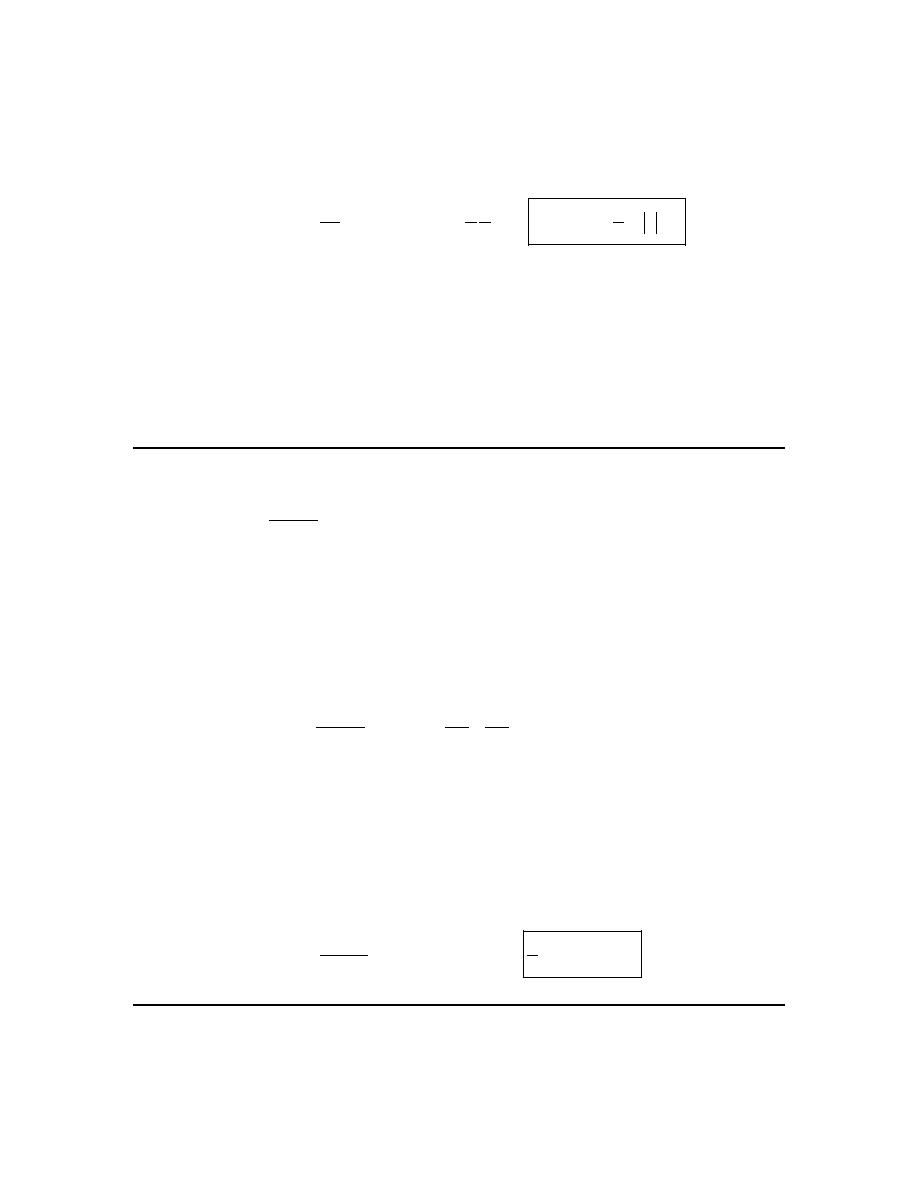
Calculus I
© 2007 Paul Dawkins
15
http://tutorial.math.lamar.edu/terms.aspx
Solution
There really isn’t too much to do other than to evaluate the integral.
1
1 1
1
4
15
4
15
4
15
ln
6
6
6
z
z
z
dz
dz
z
z
c
z
z
+
−
=
+
−
=
+
−
+
⌠
⌠
⌡
⌡
e
e
e
Be careful with the “6” in the denominator of the third term. The “best” way of dealing with it in
this case is to split up the third term as we’ve done above and then integrate.
Note that the “best” way to do a problem is always relative for many Calculus problems. There
are other ways of dealing with this term (later section material) and so what one person finds the
best another may not. For us, this seems to be an easy way to deal with the 6 and not overly
complicate the integration process.
18. Evaluate
3
4
t
t
t
dt
−
−
−
−
⌠
⌡
e
e
.
Hint : From previous problems in this set we should know how to deal with the quotient in the
integrand.
Step 1
Before doing the integral we need to break up the quotient and do some simplification.
3
3
3
4
4
1 4
t
t
t
t
t
t
t
dt
t
dt
t
dt
−
−
−
−
−
−
−
=
−
+
=
− +
⌠
⌠
⌡
⌡
∫
e
e
e
e
e
e
Make sure that you correctly distribute the minus sign when breaking up the second term and
don’t forget to move the exponential in the denominator of the third term (after splitting up the
integrand) to the numerator and changing the sign on the t to a “+” in the process.
Step 2
At this point there really isn’t too much to do other than to evaluate the integral.
3
3
4
4
1
1 4
4
4
t
t
t
t
t
dt
t
dt
t
t
c
−
−
−
−
=
− +
=
− +
+
⌠
⌡
∫
e
e
e
e
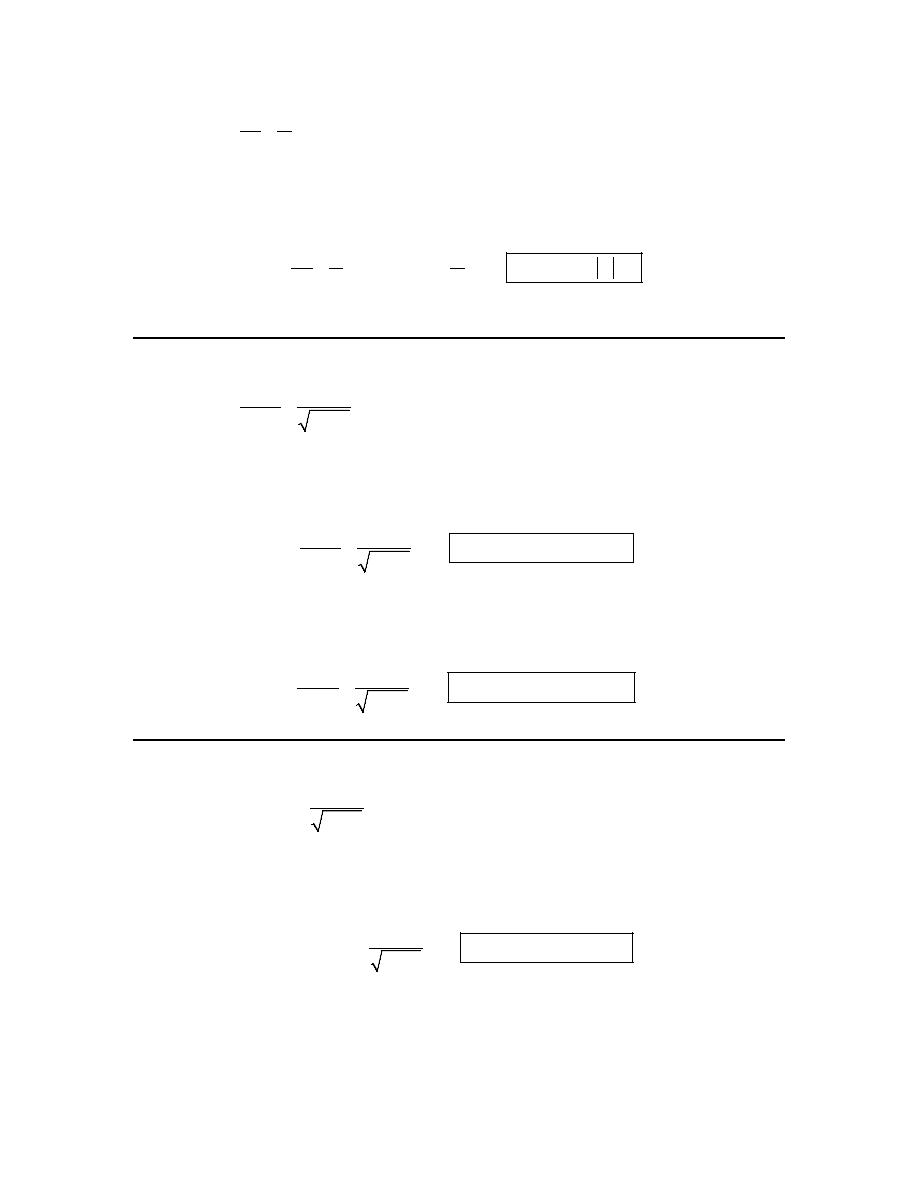
Calculus I
© 2007 Paul Dawkins
16
http://tutorial.math.lamar.edu/terms.aspx
19. Evaluate
3
6
2
dw
w
w
−
⌠
⌡
.
Solution
There really isn’t too much to do other than to evaluate the integral.
3
2
3
6
2
2
6
3
2 ln
dw
w
dw
w
w
c
w
w
w
−
−
−
=
−
= −
−
+
⌠
⌠
⌡
⌡
20. Evaluate
2
2
1
12
1
1
dx
x
x
+
+
−
⌠
⌡
.
Solution
There really isn’t too much to do other than to evaluate the integral.
( )
( )
1
1
2
2
1
12
tan
12 sin
1
1
dx
x
x
c
x
x
−
−
+
=
+
+
+
−
⌠
⌡
Note that because of the similarity of the derivative of inverse sine and inverse cosine an alternate
answer is,
( )
( )
1
1
2
2
1
12
tan
12 cos
1
1
dx
x
x
c
x
x
−
−
+
=
−
+
+
−
⌠
⌡
21. Evaluate
( )
2
4
6 cos
1
z
dz
z
+
−
∫
.
Solution
There really isn’t too much to do other than to evaluate the integral.
( )
( )
( )
1
2
4
6 cos
6 sin
4 sin
1
z
dz
z
z
c
z
−
+
=
+
+
−
∫
Note that because of the similarity of the derivative of inverse sine and inverse cosine an alternate
answer is,
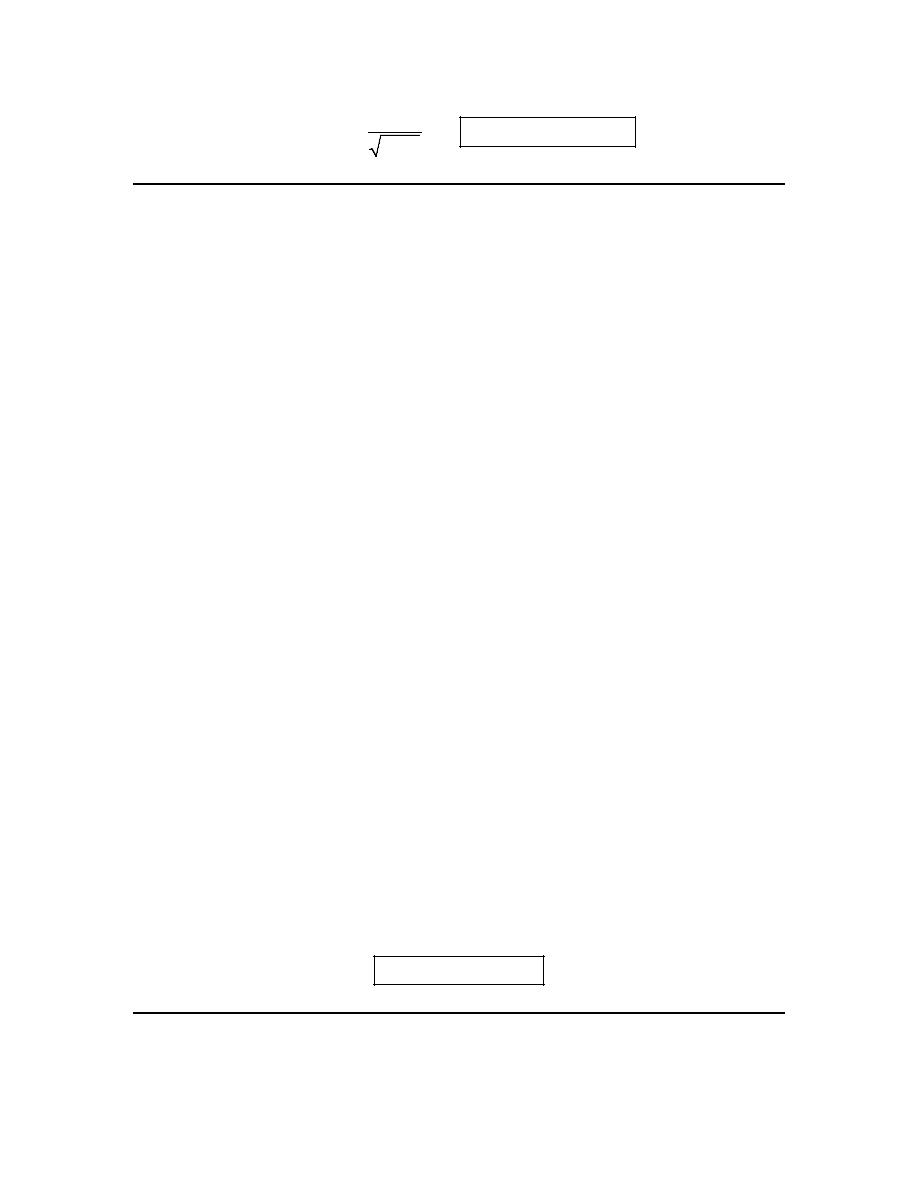
Calculus I
© 2007 Paul Dawkins
17
http://tutorial.math.lamar.edu/terms.aspx
( )
( )
( )
1
2
4
6 cos
6 sin
4 cos
1
z
dz
z
z
c
z
−
+
=
−
+
−
∫
22. Determine
( )
f x
given that
( )
2
12
4
f
x
x
x
′
=
−
and
( )
3
17
f
− =
.
Hint : We know that integration is simply asking what function we differentiated to get the
integrand and so we should be able to use this idea to arrive at a general formula for the function.
Step 1
Recall from the notes in this section that we saw,
( )
( )
f x
f
x dx
′
=
∫
and so to arrive at a general formula for
( )
f x
all we need to do is integrate the derivative that
we’ve been given in the problem statement.
( )
2
3
2
12
4
4
2
f x
x
x dx
x
x
c
=
−
=
−
+
∫
Don’t forget the “+c”!
Hint : To determine the value of the constant of integration, c, we have the value of the function
at
3
x
= −
.
Step 2
Because we have the condition that
( )
3
17
f
− =
we can just plug
3
x
= −
into our answer from
the previous step, set the result equal to 17 and solve the resulting equation for c.
Doing this gives,
( )
17
3
126
143
f
c
c
=
− = −
+
⇒
=
The function is then,
( )
3
2
4
2
143
f x
x
x
=
−
+
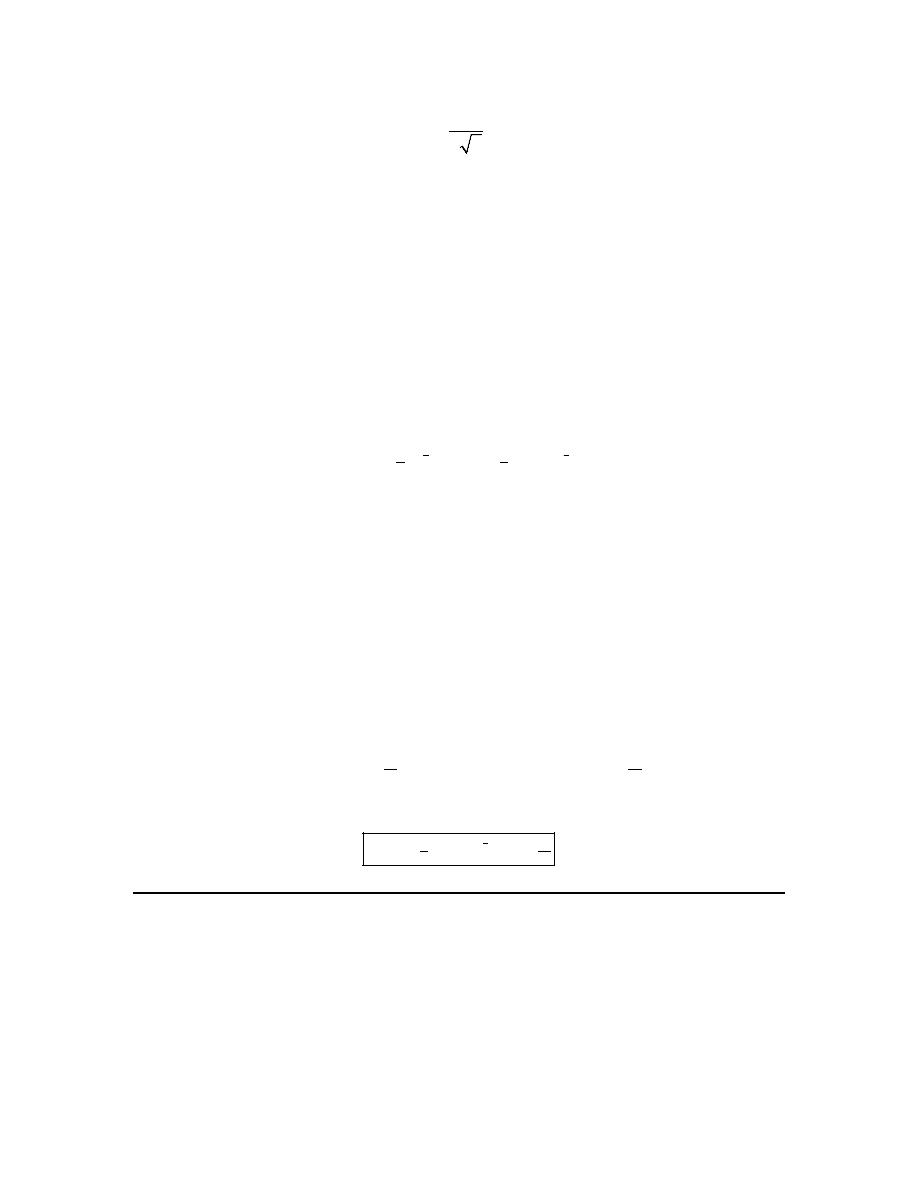
Calculus I
© 2007 Paul Dawkins
18
http://tutorial.math.lamar.edu/terms.aspx
23. Determine
( )
g z
given that
( )
3
7
3
2
z
g z
z
z
′
=
+
− e
and
( )
1
15
g
=
− e
.
Hint : We know that integration is simply asking what function we differentiated to get the
integrand and so we should be able to use this idea to arrive at a general formula for the function.
Step 1
Recall from the notes in this section that we saw,
( )
( )
g z
g z dz
′
=
∫
and so to arrive at a general formula for
( )
g z
all we need to do is integrate the derivative that
we’ve been given in the problem statement.
( )
1
1
2
2
3
4
7
3
2
4
3
7
z
z
g z
z
z
dz
z
z
c
−
=
+
−
=
+
− +
∫
e
e
Don’t forget the “+c”!
Hint : To determine the value of the constant of integration, c, we have the value of the function
at
1
z
=
.
Step 2
Because we have the condition that
( )
1
15
g
=
− e
we can just plug
1
z
=
into our answer from
the previous step, set the result equal to 15 – e and solve the resulting equation for c.
Doing this gives,
( )
31
29
4
4
15
1
g
c
c
− =
= − +
⇒
=
e
e
The function is then,
( )
1
2
4
3
29
4
4
7
z
g z
z
z
=
+
− +
e
24. Determine
( )
h t
given that
( )
2
24
48
2
h t
t
t
′′
=
−
+
,
( )
1
9
h
= −
and
( )
2
4
h
− = −
.
Hint : We know how to find
( )
h t
from
( )
h t
′
but we don’t have that. We should however be
able to determine the general formula for
( )
h t
′
from
( )
h t
′′
which we are given.

Calculus I
© 2007 Paul Dawkins
19
http://tutorial.math.lamar.edu/terms.aspx
Step 1
Because we know that the 2
nd
derivative is just the derivative of the 1
st
derivative we know that,
( )
( )
h t
h t dt
′
′′
=
∫
and so to arrive at a general formula for
( )
h t
′
all we need to do is integrate the 2
nd
derivative that
we’ve been given in the problem statement.
( )
2
3
2
24
48
2
8
24
2
h t
t
t
dt
t
t
t
c
′
=
−
+
=
−
+ +
∫
Don’t forget the “+c”!
Hint : From the previous two problems you should be able to determine a general formula for
( )
h t
. Just don’t forget that c is just a constant!
Step 2
Now, just as we did in the previous two problems, all that we need to do is integrate the 1
st
derivative (which we found in the first step) to determine a general formula for
( )
h t
.
( )
3
2
4
3
2
8
24
2
2
8
h t
t
t
t
c dt
t
t
t
ct
d
=
−
+ +
=
−
+ + +
∫
Don’t forget that c is just a constant and so it will integrate just like we were integrating 2 or 4 or
any other number. Also, the constant of integration from this step is liable to be different that the
constant of integration from the first step and so we’ll need to make sure to call it something
different, d in this case.
Hint : To determine the value of the constants of integration, c and d, we have the value of the
function at two values that should help with that.
Step 3
Now, we know the value of the function at two values of z. So let’s plug both of these into the
general formula for
( )
h t
that we found in the previous step to get,
( )
( )
9
1
5
4
2
100 2
h
c
d
h
c
d
− =
= − + +
− =
− =
−
+
Solving this system of equations (you do remember your Algebra class right?) for c and d gives,
100
112
3
3
c
d
=
= −
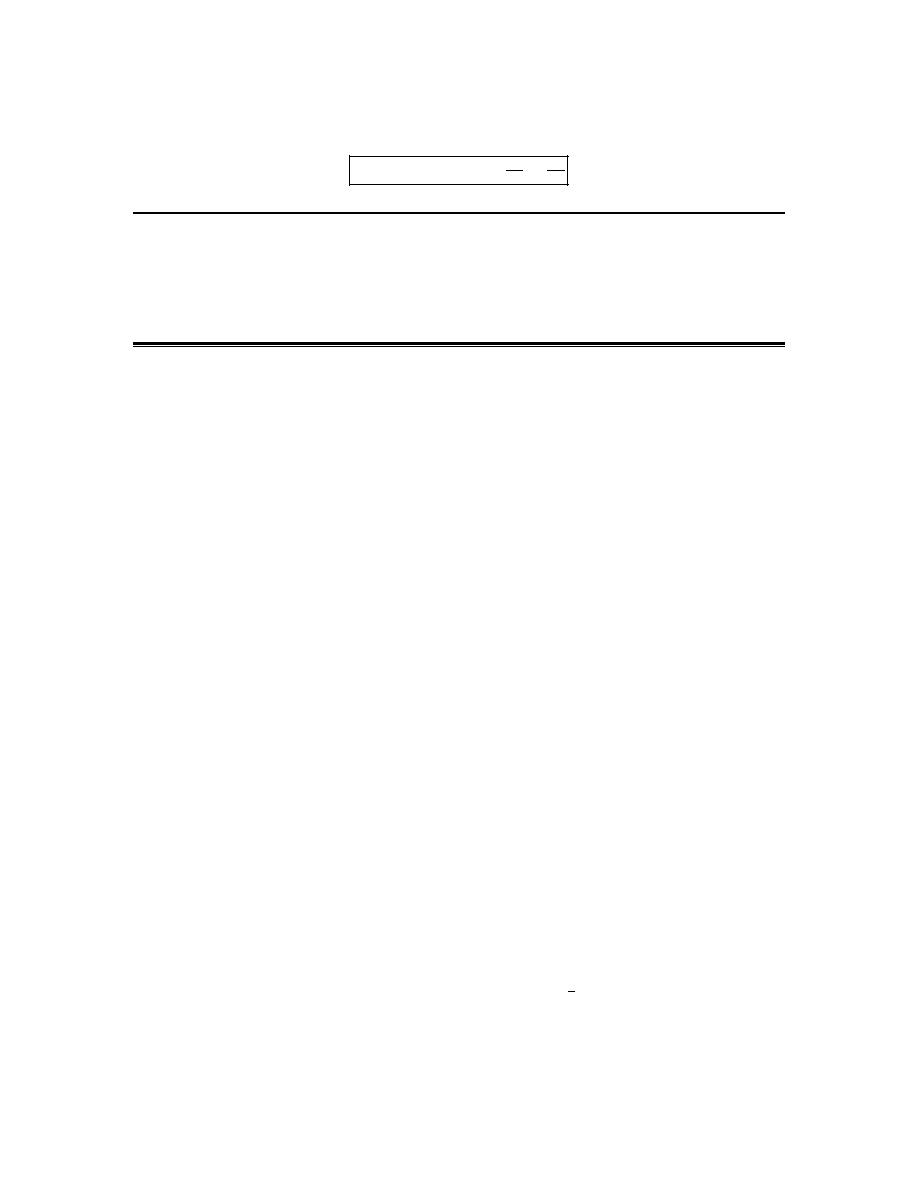
Calculus I
© 2007 Paul Dawkins
20
http://tutorial.math.lamar.edu/terms.aspx
The function is then,
( )
4
3
2
100
112
3
3
2
8
h t
t
t
t
t
=
−
+ +
−
Substitution Rule for Indefinite Integrals
1. Evaluate
(
)
(
)
4
2
8
12 4
12
x
x
x
dx
−
−
∫
.
Hint : Recall that if there is a term in the integrand (or a portion of a term) with an “obvious”
inside function then there is at least a chance that the “inside” function is the substitution that we
need.
Step 1
In this case it looks like we should use the following as our substitution.
2
4
12
u
x
x
=
−
Hint : Recall that after the substitution all the original variables in the integral should be replaced
with u’s.
Step 2
Because we need to make sure that all the x’s are replaced with u’s we need to compute the
differential so we can eliminate the dx as well as the remaining x’s in the integrand.
(
)
8
12
du
x
dx
=
−
Recall that, in most cases, we will also need to do a little manipulation of the differential prior to
doing the substitution. In this case we don’t need to do that.
Step 3
Doing the substitution and evaluating the integral gives,
(
)
(
)
4
2
4
5
1
5
8
12 4
12
x
x
x
dx
u du
u
c
−
−
=
=
+
∫
∫
Hint : Don’t forget that the original variable in the integrand was not u!

Calculus I
© 2007 Paul Dawkins
21
http://tutorial.math.lamar.edu/terms.aspx
Step 4
Finally, don’t forget to go back to the original variable!
(
)
(
)
(
)
4
5
2
2
1
5
8
12 4
12
4
12
x
x
x
dx
x
x
c
−
−
=
−
+
∫
2. Evaluate
(
)
7
4
3
3
2
4
t
t
dt
−
−
−
+
∫
.
Hint : Recall that if there is a term in the integrand (or a portion of a term) with an “obvious”
inside function then there is at least a chance that the “inside” function is the substitution that we
need.
Step 1
In this case it looks like we should use the following as our substitution.
3
2 4
u
t
−
= +
Hint : Recall that after the substitution all the original variables in the integral should be replaced
with u’s.
Step 2
Because we need to make sure that all the t’s are replaced with u’s we need to compute the
differential so we can eliminate the dt as well as the remaining t’s in the integrand.
4
12
du
t
dt
−
= −
To help with the substitution let’s do a little rewriting of this to get,
4
1
4
3t
dt
du
−
= −
Step 3
Doing the substitution and evaluating the integral gives,
(
)
7
4
3
7
6
1
1
4
24
3
2 4
t
t
dt
u
du
u
c
−
−
−
−
−
+
= −
=
+
∫
∫
Hint : Don’t forget that the original variable in the integrand was not u!
Step 4
Finally, don’t forget to go back to the original variable!
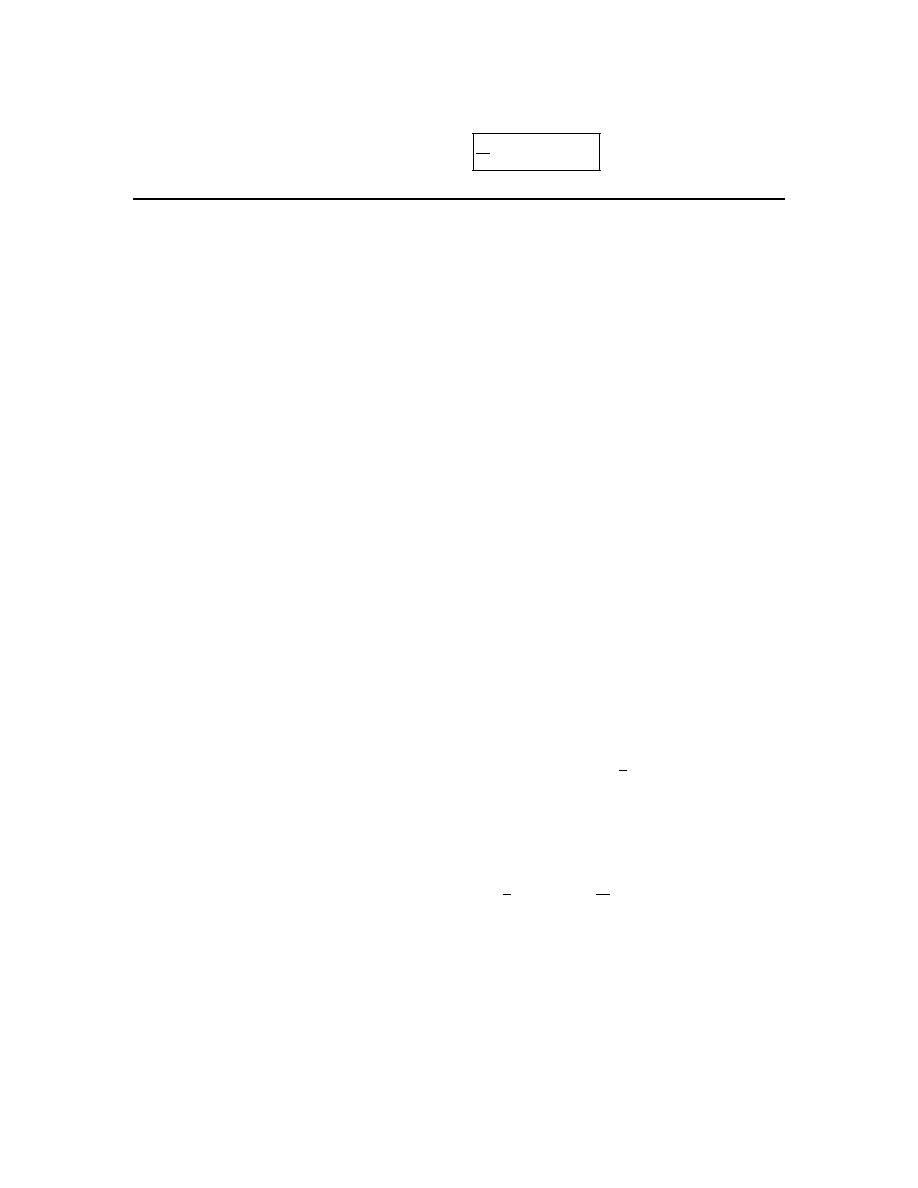
Calculus I
© 2007 Paul Dawkins
22
http://tutorial.math.lamar.edu/terms.aspx
(
)
(
)
7
6
4
3
3
1
24
3
2 4
2 4
t
t
dt
t
c
−
−
−
−
−
+
=
+
+
∫
3. Evaluate
(
)
(
)
10
2
3 4
4
6
7
w
w
w
dw
−
−
+
∫
.
Hint : Recall that if there is a term in the integrand (or a portion of a term) with an “obvious”
inside function then there is at least a chance that the “inside” function is the substitution that we
need.
Step 1
In this case it looks like we should use the following as our substitution.
2
4
6
7
u
w
w
=
−
+
Hint : Recall that after the substitution all the original variables in the integral should be replaced
with u’s.
Step 2
Because we need to make sure that all the w’s are replaced with u’s we need to compute the
differential so we can eliminate the dw as well as the remaining w’s in the integrand.
(
)
8
6
du
w
dw
=
−
To help with the substitution let’s do a little rewriting of this to get,
(
)
(
)
1
2
2 3 4
3 4
du
w dw
w dw
du
= −
−
⇒
−
= −
Step 3
Doing the substitution and evaluating the integral gives,
(
)
(
)
10
2
10
11
1
1
2
22
3 4
4
6
7
w
w
w
dw
u du
u
c
−
−
+
= −
= −
+
∫
∫
Hint : Don’t forget that the original variable in the integrand was not u!
Step 4
Finally, don’t forget to go back to the original variable!
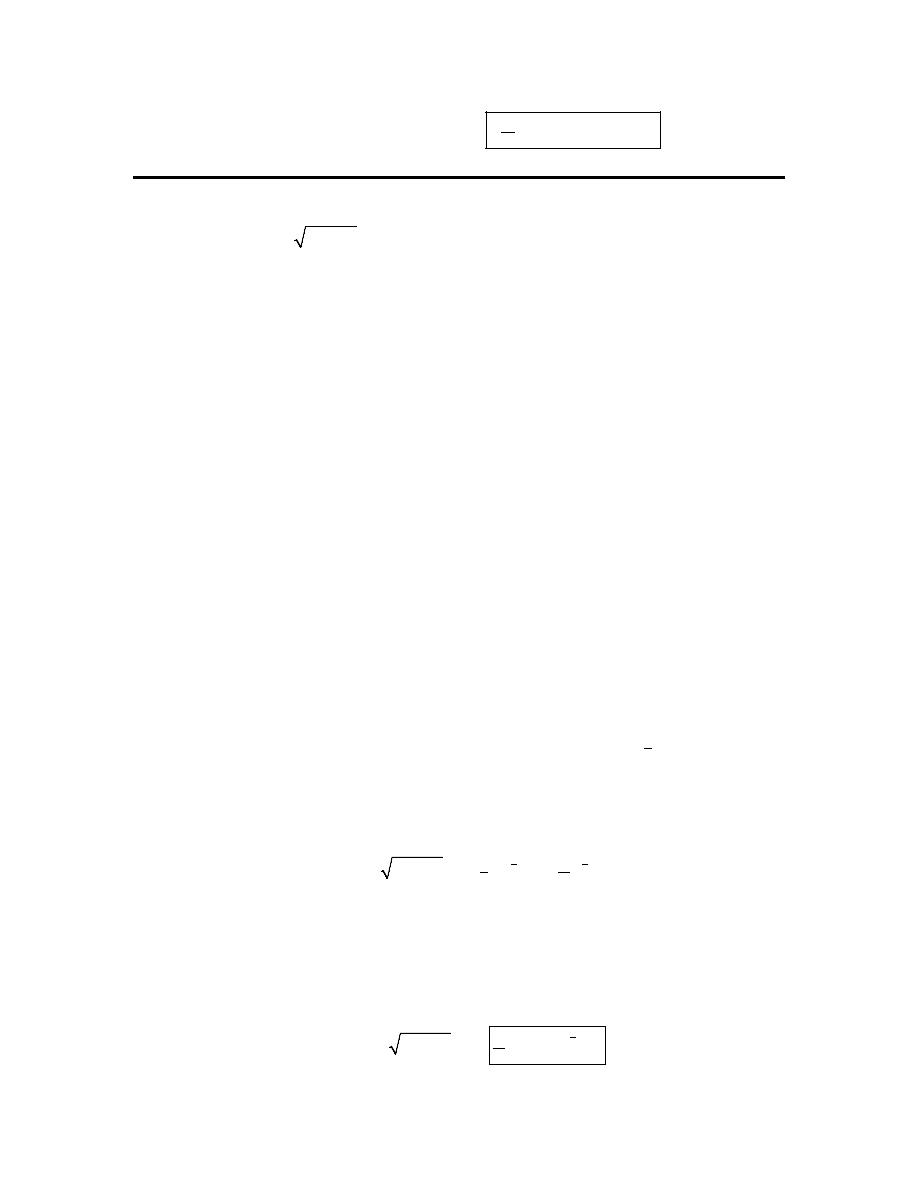
Calculus I
© 2007 Paul Dawkins
23
http://tutorial.math.lamar.edu/terms.aspx
(
)
(
)
(
)
10
11
2
2
1
22
3 4
4
6
7
4
6
7
w
w
w
dw
w
w
c
−
−
+
= −
−
+
+
∫
4. Evaluate
(
)
3
2
5
4
8
z
z
z dz
−
−
∫
.
Hint : Recall that if there is a term in the integrand (or a portion of a term) with an “obvious”
inside function then there is at least a chance that the “inside” function is the substitution that we
need.
Step 1
In this case it looks like we should use the following as our substitution.
2
8
u
z
z
=
−
Hint : Recall that after the substitution all the original variables in the integral should be replaced
with u’s.
Step 2
Because we need to make sure that all the z’s are replaced with u’s we need to compute the
differential so we can eliminate the dz as well as the remaining z’s in the integrand.
(
)
2
8
du
z
dz
=
−
To help with the substitution let’s do a little rewriting of this to get,
(
)
(
)
(
)
1
2
2
8
2
4
4
du
z
dz
z
dz
z
dz
du
=
−
=
−
⇒
−
=
Step 3
Doing the substitution and evaluating the integral gives,
(
)
1
4
3
3
3
2
5
15
2
8
5
4
8
z
z
z dz
u du
u
c
−
−
=
=
+
∫
∫
Hint : Don’t forget that the original variable in the integrand was not u!
Step 4
Finally, don’t forget to go back to the original variable!
(
)
(
)
4
3
3
2
2
15
8
5
4
8
8
z
z
z dz
z
z
c
−
−
=
−
+
∫

Calculus I
© 2007 Paul Dawkins
24
http://tutorial.math.lamar.edu/terms.aspx
5. Evaluate
(
)
2
3
90
sin 2 6
x
x
dx
+
∫
.
Hint : Recall that if there is a term in the integrand (or a portion of a term) with an “obvious”
inside function then there is at least a chance that the “inside” function is the substitution that we
need.
Step 1
In this case it looks like we should use the following as our substitution.
3
2 6
u
x
= +
Hint : Recall that after the substitution all the original variables in the integral should be replaced
with u’s.
Step 2
Because we need to make sure that all the x’s are replaced with u’s we need to compute the
differential so we can eliminate the dx as well as the remaining x’s in the integrand.
2
18
du
x dx
=
Recall that, in most cases, we will also need to do a little manipulation of the differential prior to
doing the substitution. In this case we don’t need to do that. When doing the substitution just
notice that 90 = (18)(5).
Step 3
Doing the substitution and evaluating the integral gives,
(
)
( )
( )
2
3
90
sin 2 6
5sin
5 cos
x
x
dx
u du
u
c
+
=
= −
+
∫
∫
Hint : Don’t forget that the original variable in the integrand was not u!
Step 4
Finally, don’t forget to go back to the original variable!
(
)
(
)
2
3
3
90
sin 2 6
5 cos 2 6
x
x
dx
x
c
+
= −
+
+
∫

Calculus I
© 2007 Paul Dawkins
25
http://tutorial.math.lamar.edu/terms.aspx
6. Evaluate
(
) (
)
sec 1
tan 1
z
z dz
−
−
∫
.
Hint : Recall that if there is a term in the integrand (or a portion of a term) with an “obvious”
inside function then there is at least a chance that the “inside” function is the substitution that we
need.
Step 1
In this case it looks like we should use the following as our substitution.
1
u
z
= −
Hint : Recall that after the substitution all the original variables in the integral should be replaced
with u’s.
Step 2
Because we need to make sure that all the z’s are replaced with u’s we need to compute the
differential so we can eliminate the dz as well as the remaining z’s in the integrand.
du
dz
= −
To help with the substitution let’s do a little rewriting of this to get,
dz
du
= −
Step 3
Doing the substitution and evaluating the integral gives,
(
) (
)
( ) ( )
( )
sec 1
tan 1
sec
tan
sec
z
z dz
u
u du
u
c
−
−
= −
= −
+
∫
∫
Hint : Don’t forget that the original variable in the integrand was not u!
Step 4
Finally, don’t forget to go back to the original variable!
(
) (
)
(
)
sec 1
tan 1
sec 1
z
z dz
z
c
−
−
= −
− +
∫
7. Evaluate
(
) (
)
2
1
2
15
5 cos 6
t
t
t
t
dt
−
−
−
+
∫
.
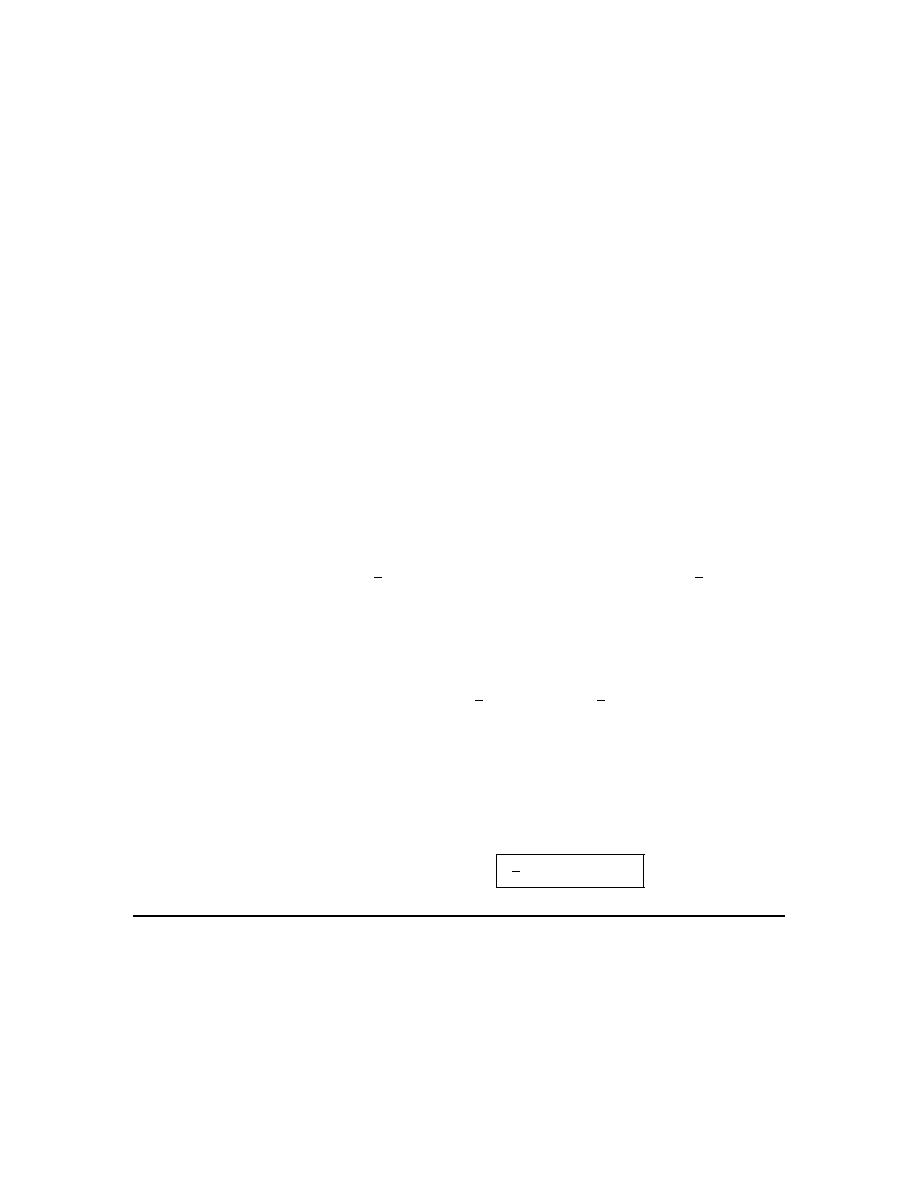
Calculus I
© 2007 Paul Dawkins
26
http://tutorial.math.lamar.edu/terms.aspx
Hint : Recall that if there is a term in the integrand (or a portion of a term) with an “obvious”
inside function then there is at least a chance that the “inside” function is the substitution that we
need.
Step 1
In this case it looks like we should use the following as our substitution.
1
2
6
u
t
t
−
=
+
Hint : Recall that after the substitution all the original variables in the integral should be replaced
with u’s.
Step 2
Because we need to make sure that all the t’s are replaced with u’s we need to compute the
differential so we can eliminate the dt as well as the remaining t’s in the integrand.
(
)
2
6
2
du
t
t dt
−
= −
+
To help with the substitution let’s do a little rewriting of this to get,
(
)
( )
(
)
(
)
2
2
2
5
5
5
2
6
2
2
3
15
5
du
t
t dt
t
t dt
t
t dt
du
−
−
−
= −
+
= −
−
⇒
−
= −
Step 3
Doing the substitution and evaluating the integral gives,
(
) (
)
( )
( )
2
1
2
5
5
2
2
15
5 cos 6
cos
sin
t
t
t
t
dt
u du
u
c
−
−
−
+
= −
= −
+
∫
∫
Hint : Don’t forget that the original variable in the integrand was not u!
Step 4
Finally, don’t forget to go back to the original variable!
(
) (
)
(
)
2
1
2
1
2
5
2
15
5 cos 6
sin 6
t
t
t
t
dt
t
t
c
−
−
−
−
+
= −
+
+
∫
8. Evaluate
(
)
4
2
3
7
7
2
y
y
y
y
dy
−
−
∫
e
.
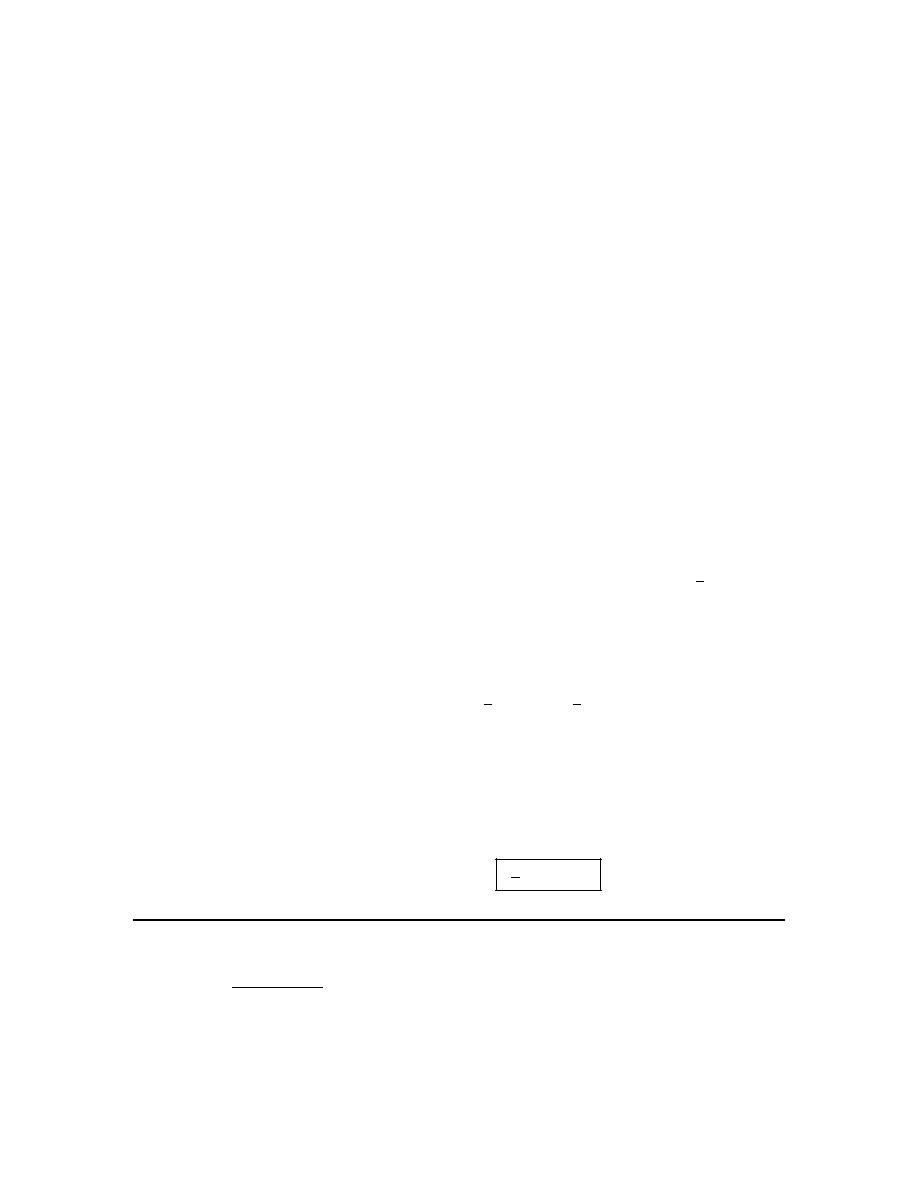
Calculus I
© 2007 Paul Dawkins
27
http://tutorial.math.lamar.edu/terms.aspx
Hint : Recall that if there is a term in the integrand (or a portion of a term) with an “obvious”
inside function then there is at least a chance that the “inside” function is the substitution that we
need.
Step 1
In this case it looks like we should use the following as our substitution.
4
2
7
u
y
y
=
−
Hint : Recall that after the substitution all the original variables in the integral should be replaced
with u’s.
Step 2
Because we need to make sure that all the y’s are replaced with u’s we need to compute the
differential so we can eliminate the dy as well as the remaining y’s in the integrand.
(
)
3
4
14
du
y
y dy
=
−
To help with the substitution let’s do a little rewriting of this to get,
(
)
(
)
(
)
3
3
3
1
2
4
14
2 7
2
7
2
du
y
y dy
y
y
dy
y
y
dy
du
=
−
= −
−
⇒
−
= −
Step 3
Doing the substitution and evaluating the integral gives,
(
)
4
2
3
7
1
1
2
2
7
2
y
y
u
u
y
y
dy
du
c
−
−
= −
= −
+
∫
∫
e
e
e
Hint : Don’t forget that the original variable in the integrand was not u!
Step 4
Finally, don’t forget to go back to the original variable!
(
)
4
2
4
2
3
7
7
1
2
7
2
y
y
y
y
y
y
dy
c
−
−
−
= −
+
∫
e
e
9. Evaluate
2
4
3
4
6
1
w
dw
w
w
+
+
−
⌠
⌡
.
Hint : What is the derivative of the denominator?

Calculus I
© 2007 Paul Dawkins
28
http://tutorial.math.lamar.edu/terms.aspx
Step 1
In this case it looks like we should use the following as our substitution.
2
4
6
1
u
w
w
=
+
−
Hint : Recall that after the substitution all the original variables in the integral should be replaced
with u’s.
Step 2
Because we need to make sure that all the w’s are replaced with u’s we need to compute the
differential so we can eliminate the dw as well as the remaining w’s in the integrand.
(
)
8
6
du
w
dw
=
+
To help with the substitution let’s do a little rewriting of this to get,
(
)
(
)
1
2
2 4
3
4
3
du
w
dw
w
dw
du
=
+
⇒
+
=
Step 3
Doing the substitution and evaluating the integral gives,
2
4
3
1
1
1
ln
4
6
1
2
2
w
dw
du
u
c
w
w
u
+
=
=
+
+
−
⌠
⌠
⌡
⌡
Hint : Don’t forget that the original variable in the integrand was not u!
Step 4
Finally, don’t forget to go back to the original variable!
2
2
4
3
1
ln 4
6
1
4
6
1
2
w
dw
w
w
c
w
w
+
=
+
− +
+
−
⌠
⌡
10. Evaluate
( )
(
)
( )
(
)
5
2
3
cos 3
sin 3
t
t
t
t
dt
−
−
∫
.
Hint : Recall that if there is a term in the integrand (or a portion of a term) with an “obvious”
inside function then there is at least a chance that the “inside” function is the substitution that we
need.
Step 1
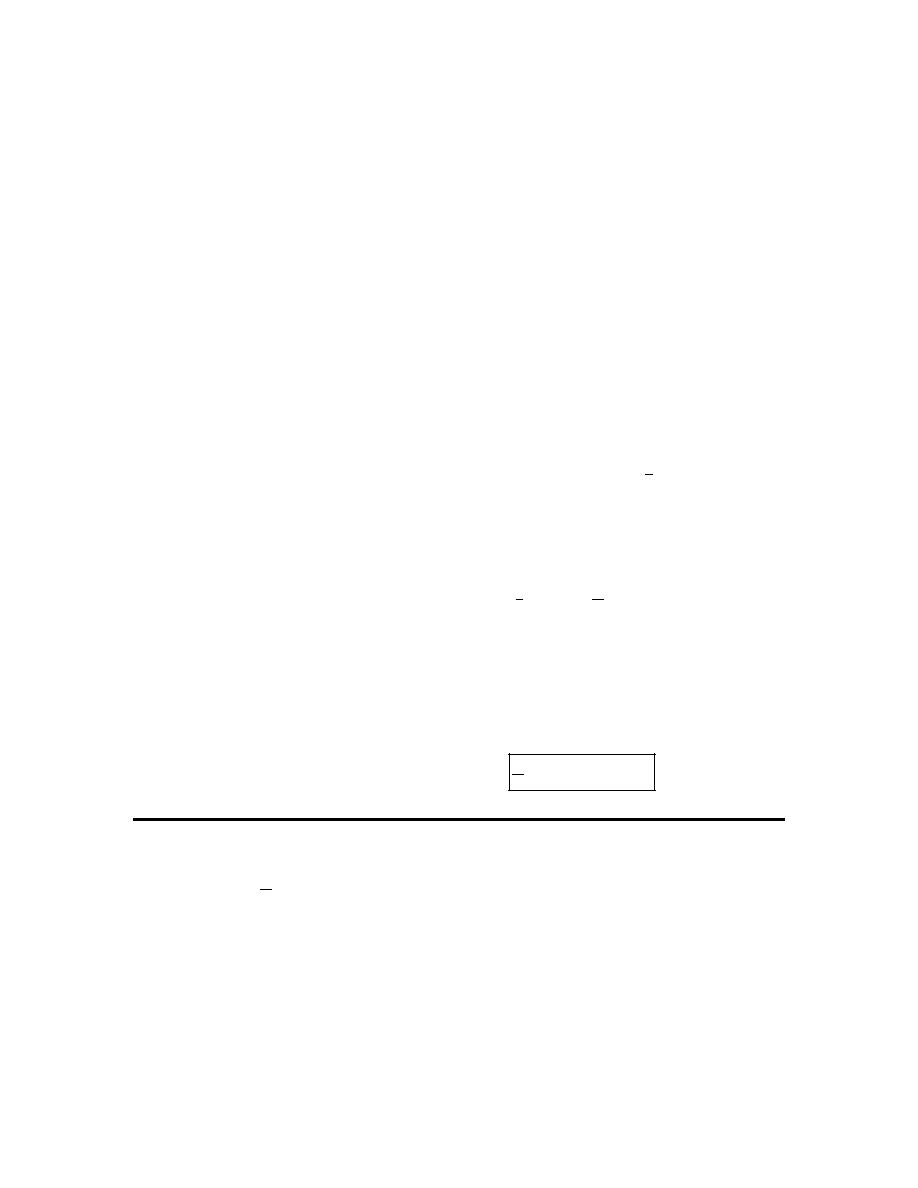
Calculus I
© 2007 Paul Dawkins
29
http://tutorial.math.lamar.edu/terms.aspx
In this case it looks like we should use the following as our substitution.
( )
3
sin 3
u
t
t
=
−
Hint : Recall that after the substitution all the original variables in the integral should be replaced
with u’s.
Step 2
Because we need to make sure that all the t’s are replaced with u’s we need to compute the
differential so we can eliminate the dt as well as the remaining t’s in the integrand.
( )
(
)
2
3cos 3
3
du
t
t
dt
=
−
To help with the substitution let’s do a little rewriting of this to get,
( )
(
)
( )
(
)
2
2
1
3
3 cos 3
cos 3
du
t
t
dt
t
t
dt
du
=
−
⇒
−
=
Step 3
Doing the substitution and evaluating the integral gives,
( )
(
)
( )
(
)
5
2
3
5
6
1
1
3
18
cos 3
sin 3
t
t
t
t
dt
u du
u
c
−
−
=
=
+
∫
∫
Hint : Don’t forget that the original variable in the integrand was not u!
Step 4
Finally, don’t forget to go back to the original variable!
( )
(
)
( )
(
)
( )
(
)
5
6
2
3
3
1
18
cos 3
sin 3
sin 3
t
t
t
t
dt
t
t
c
−
−
=
−
+
∫
11. Evaluate
(
)
1
4
cos
ln
z
z
z dz
z
−
−
−
+
⌠
⌡
e
e
.
Hint : Recall that if there is a term in the integrand (or a portion of a term) with an “obvious”
inside function then there is at least a chance that the “inside” function is the substitution that we
need.
Step 1
In this case it looks like we should use the following as our substitution.
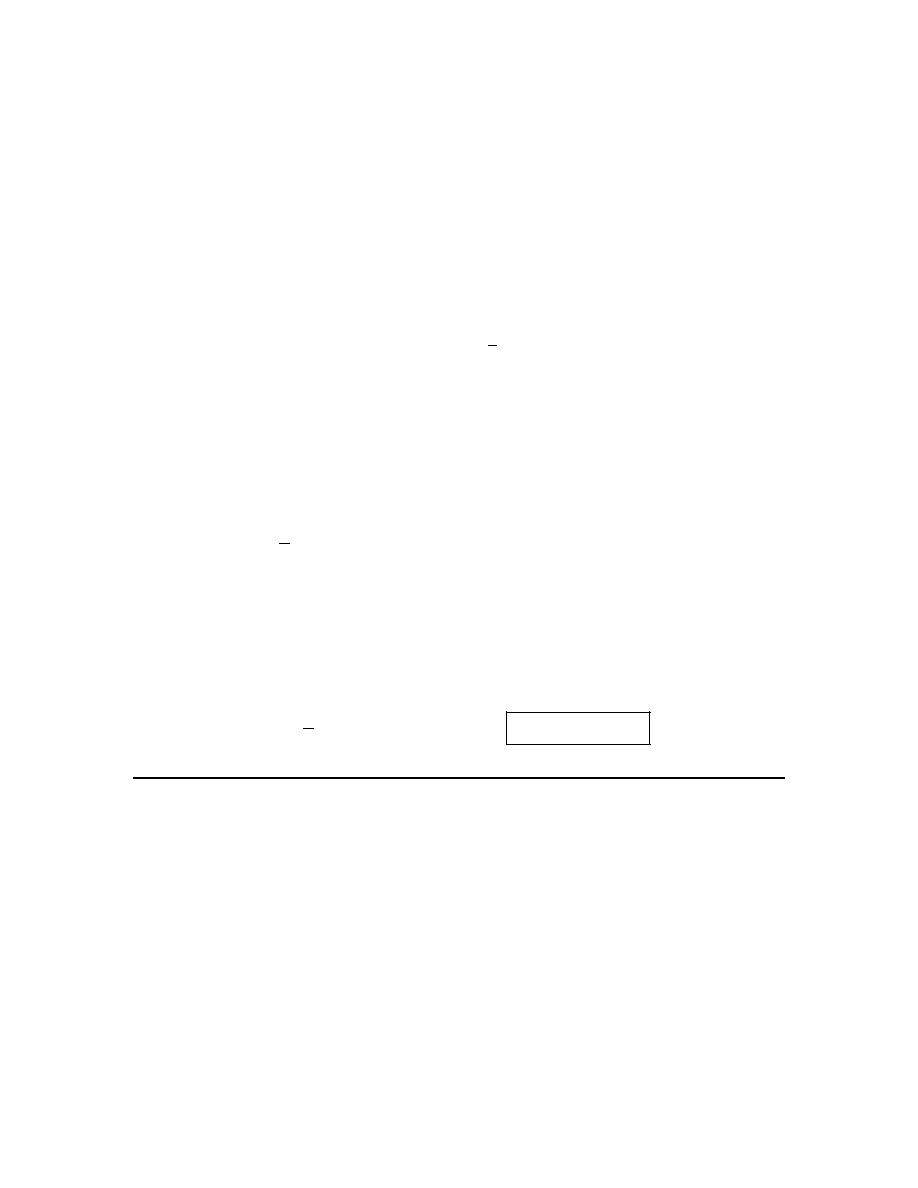
Calculus I
© 2007 Paul Dawkins
30
http://tutorial.math.lamar.edu/terms.aspx
ln
z
u
z
−
=
+
e
Hint : Recall that after the substitution all the original variables in the integral should be replaced
with u’s.
Step 2
Because we need to make sure that all the z’s are replaced with u’s we need to compute the
differential so we can eliminate the dz as well as the remaining z’s in the integrand.
(
)
1
z
z
du
dt
−
= −
+
e
Recall that, in most cases, we will also need to do a little manipulation of the differential prior to
doing the substitution. In this case we don’t need to do that.
Step 3
Doing the substitution and evaluating the integral gives,
(
)
( )
( )
1
4
cos
ln
4 cos
4 sin
z
z
z dz
u du
u
c
z
−
−
−
+
=
=
+
⌠
⌡
∫
e
e
Hint : Don’t forget that the original variable in the integrand was not u!
Step 4
Finally, don’t forget to go back to the original variable!
(
)
(
)
1
4
cos
ln
4 sin
ln
z
z
z
z dz
z
c
z
−
−
−
−
+
=
+
+
⌠
⌡
e
e
e
12. Evaluate
( )
( )
1
2
tan
sec
v
v
dv
+
∫
e
.
Hint : Recall that if there is a term in the integrand (or a portion of a term) with an “obvious”
inside function then there is at least a chance that the “inside” function is the substitution that we
need.
Step 1
In this case it looks like we should use the following as our substitution.
( )
1 tan
u
v
= +
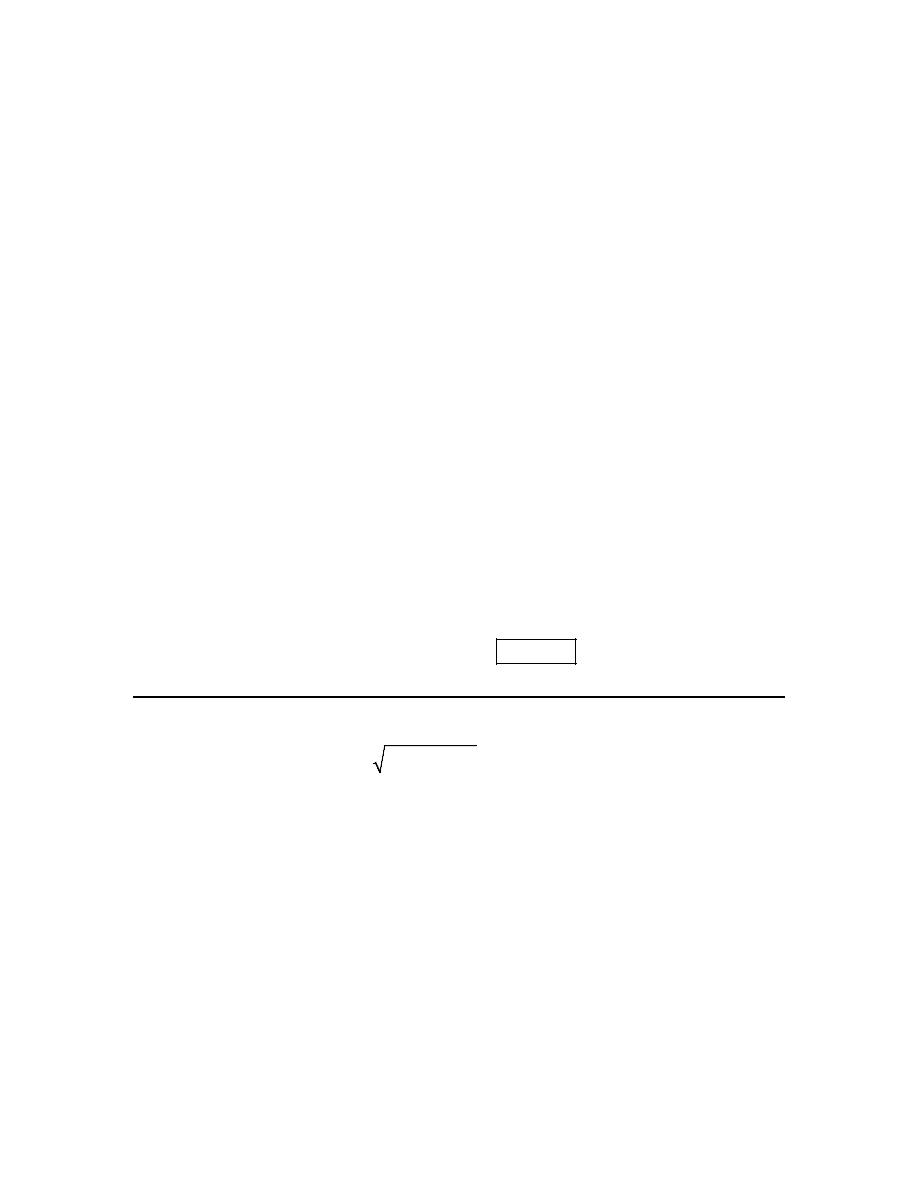
Calculus I
© 2007 Paul Dawkins
31
http://tutorial.math.lamar.edu/terms.aspx
Hint : Recall that after the substitution all the original variables in the integral should be replaced
with u’s.
Step 2
Because we need to make sure that all the v’s are replaced with u’s we need to compute the
differential so we can eliminate the dv as well as the remaining v’s in the integrand.
( )
2
sec
du
v dv
=
Recall that, in most cases, we will also need to do a little manipulation of the differential prior to
doing the substitution. In this case we don’t need to do that.
Step 3
Doing the substitution and evaluating the integral gives,
( )
( )
1
2
tan
sec
v
u
u
v
dv
du
c
+
=
=
+
∫
∫
e
e
e
Hint : Don’t forget that the original variable in the integrand was not u!
Step 4
Finally, don’t forget to go back to the original variable!
( )
( )
( )
1
1
2
tan
tan
sec
v
v
v
dv
c
+
+
=
+
∫
e
e
13. Evaluate
( ) ( )
( )
2
10 sin 2
cos 2
cos
2
5
x
x
x
dx
−
∫
.
Hint : Recall that if there is a term in the integrand (or a portion of a term) with an “obvious”
inside function then there is at least a chance that the “inside” function is the substitution that we
need.
Step 1
In this case it looks like we should use the following as our substitution.
( )
2
cos
2
5
u
x
=
−
Hint : Recall that after the substitution all the original variables in the integral should be replaced
with u’s.
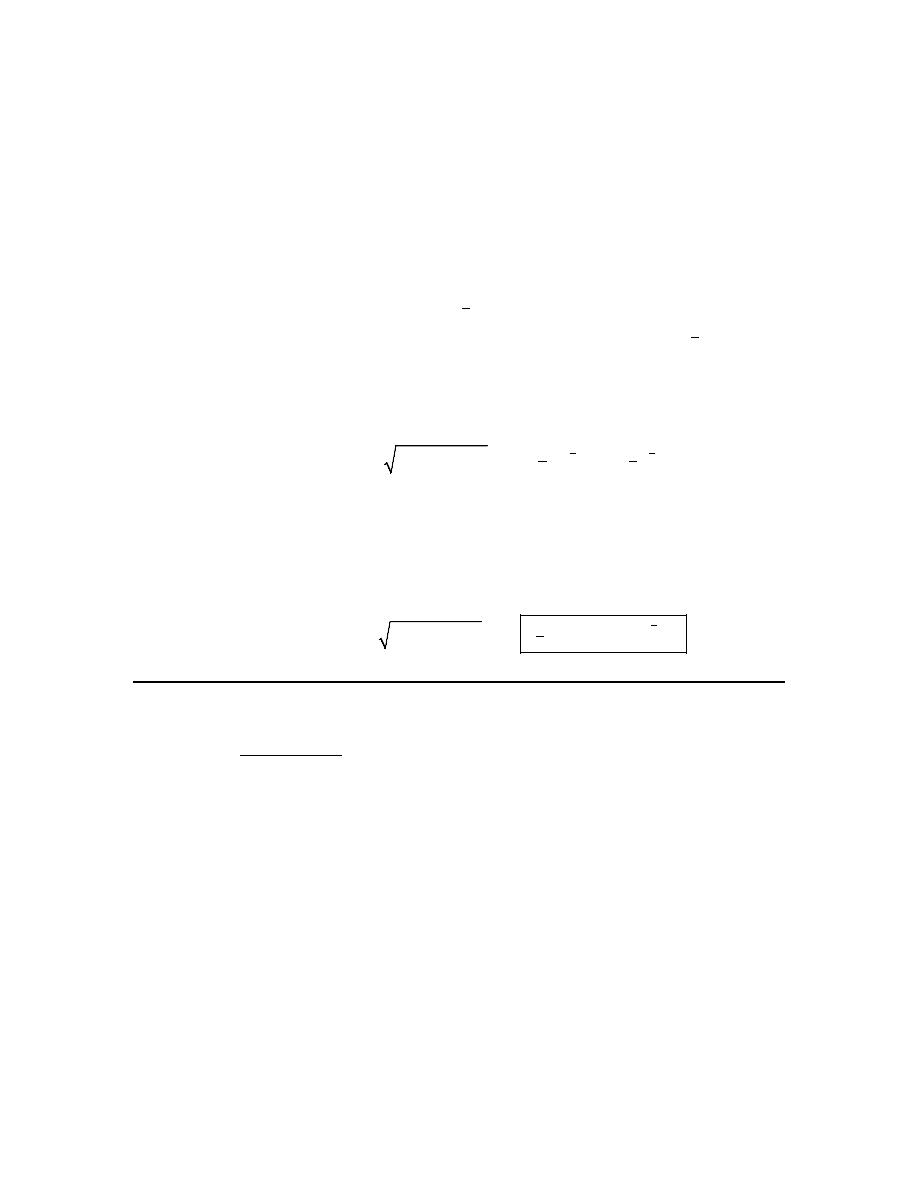
Calculus I
© 2007 Paul Dawkins
32
http://tutorial.math.lamar.edu/terms.aspx
Step 2
Because we need to make sure that all the x’s are replaced with u’s we need to compute the
differential so we can eliminate the dx as well as the remaining x’s in the integrand.
( ) ( )
4 cos 2
sin 2
du
x
x dx
= −
To help with the substitution let’s do a little rewriting of this to get,
( ) ( )
( )
( )
( ) ( )
( ) ( )
5
5
5
2
4 cos 2
sin 2
2 2
cos 2
sin 2
10 cos 2
sin 2
du
x
x dx
x
x dx
x
x dx
du
= −
= −
⇒
= −
Step 3
Doing the substitution and evaluating the integral gives,
( ) ( )
( )
3
1
2
2
2
5
5
2
3
10 sin 2
cos 2
cos
2
5
x
x
x
dx
u du
u
c
−
= −
= −
+
∫
∫
Hint : Don’t forget that the original variable in the integrand was not u!
Step 4
Finally, don’t forget to go back to the original variable!
( ) ( )
( )
( )
(
)
3
2
2
2
5
3
10 sin 2
cos 2
cos
2
5
cos
2
5
x
x
x
dx
x
c
−
= −
−
+
∫
14. Evaluate
( ) ( )
( )
csc
cot
2 csc
x
x
dx
x
−
⌠
⌡
.
Hint : What is the derivative of the denominator?
Step 1
In this case it looks like we should use the following as our substitution.
( )
2 csc
u
x
= −
Hint : Recall that after the substitution all the original variables in the integral should be replaced
with u’s.
Step 2
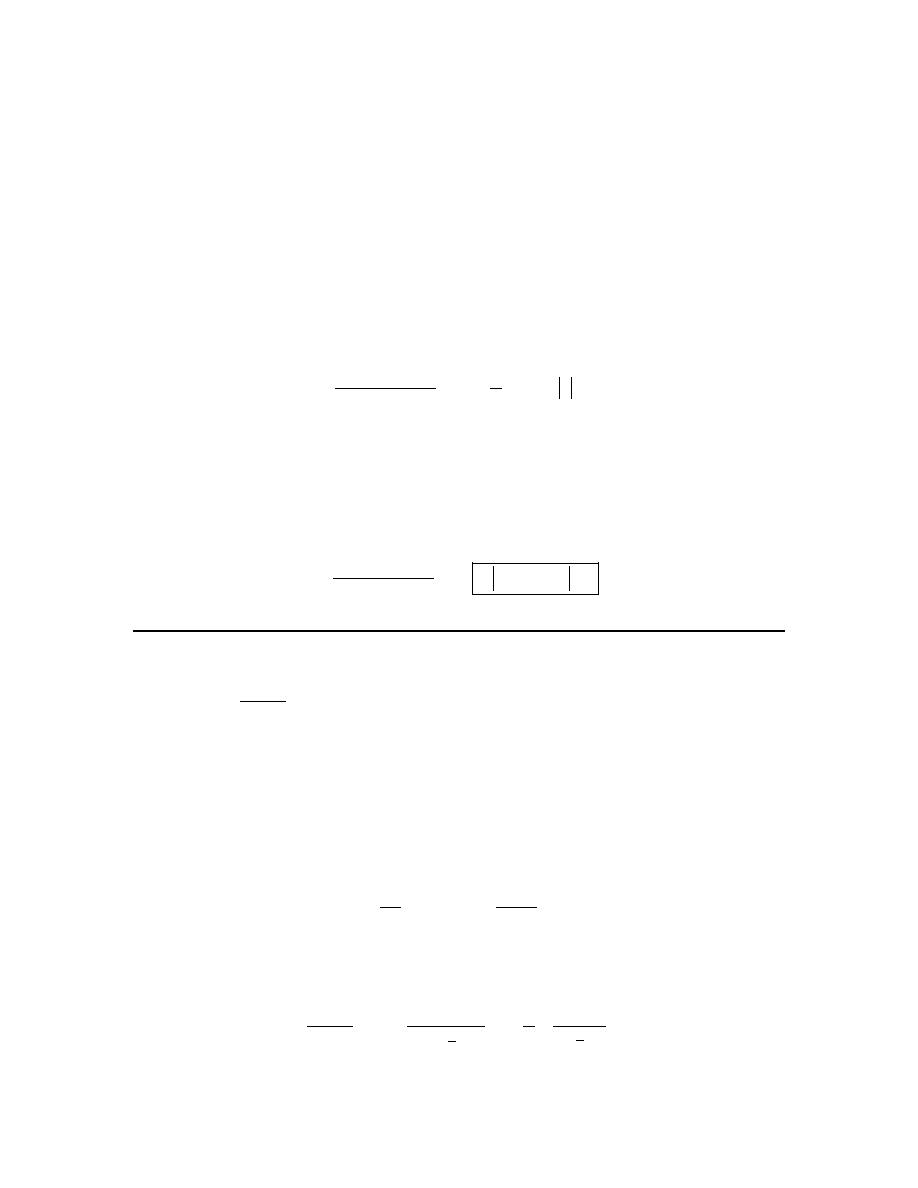
Calculus I
© 2007 Paul Dawkins
33
http://tutorial.math.lamar.edu/terms.aspx
Because we need to make sure that all the x’s are replaced with u’s we need to compute the
differential so we can eliminate the dx as well as the remaining x’s in the integrand.
( ) ( )
csc
cot
du
x
x dx
=
Recall that, in most cases, we will also need to do a little manipulation of the differential prior to
doing the substitution. In this case we don’t need to do that.
Step 3
Doing the substitution and evaluating the integral gives,
( ) ( )
( )
csc
cot
1
ln
2 csc
x
x
dx
du
u
c
x
u
=
=
+
−
⌠
⌠
⌡
⌡
Hint : Don’t forget that the original variable in the integrand was not u!
Step 4
Finally, don’t forget to go back to the original variable!
( ) ( )
( )
( )
csc
cot
ln 2 csc
2 csc
x
x
dx
x
c
x
=
−
+
−
⌠
⌡
15. Evaluate
2
6
7
dy
y
+
⌠
⌡
.
Hint : Be careful with this substitution. The integrand should look somewhat familiar, so maybe
we should try to put it into a more familiar form.
Step 1
The integrand looks an awful lot like the derivative of the inverse tangent.
( )
(
)
1
2
1
tan
1
d
u
du
u
−
=
+
So, let’s do a little rewrite to make the integrand look more like this.
(
)
2
2
2
1
1
7
7
6
6
6
1
7
7
1
7 1
dy
dy
dy
y
y
y
=
=
+
+
+
⌠
⌠
⌠
⌡
⌡
⌡
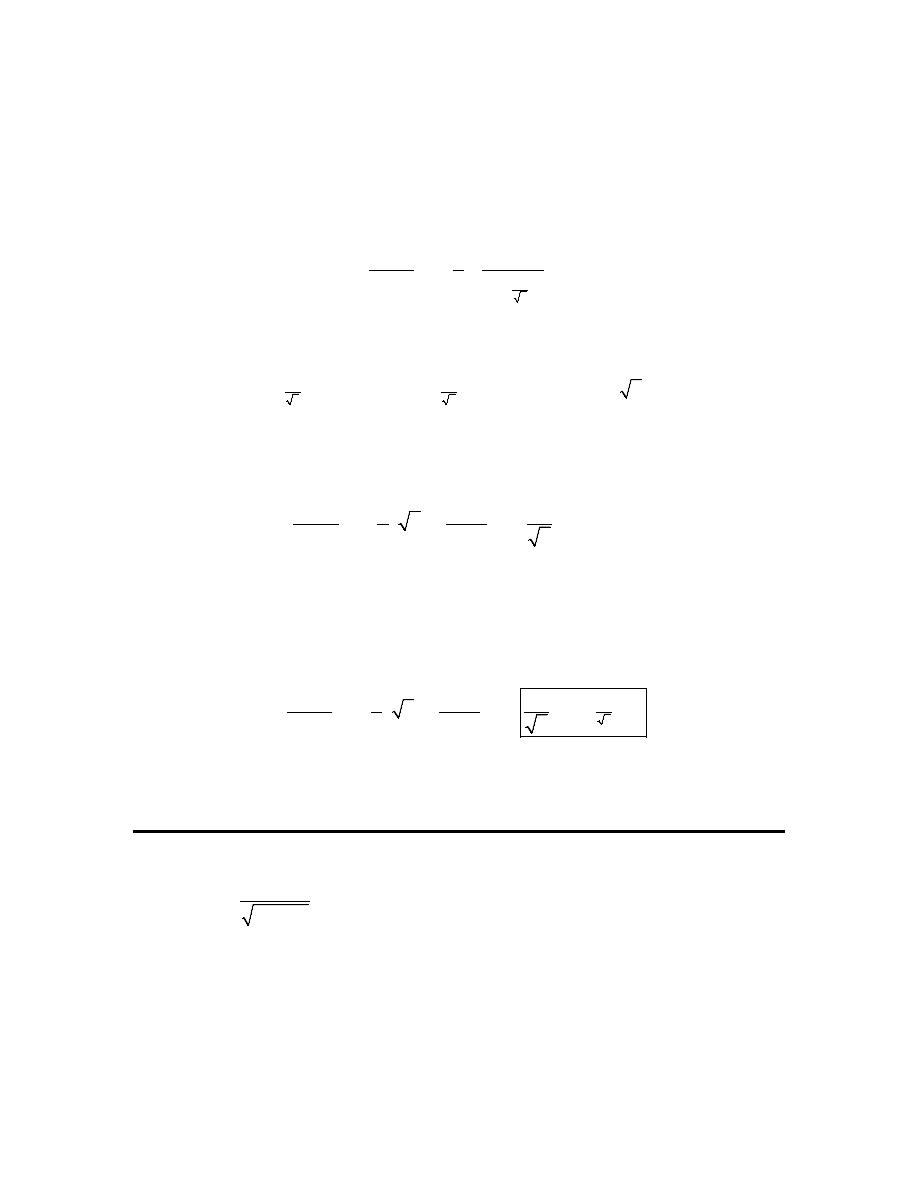
Calculus I
© 2007 Paul Dawkins
34
http://tutorial.math.lamar.edu/terms.aspx
Hint : One more little rewrite of the integrand should make this look almost exactly like the
derivative the inverse tangent and the substitution should then be fairly obvious.
Step 2
Let’s do one more rewrite of the integrand.
( )
2
2
7
6
6
1
7
7
1
y
dy
dy
y
=
+
+
⌠
⌠
⌡
⌡
At this point we can see that the following substitution will work for us.
1
7
7
7
y
u
du
dy
dy
du
=
→
=
→
=
Step 3
Doing the substitution and evaluating the integral gives,
( )
( )
1
2
2
6
6
1
6
7
tan
7
7
1
7
dy
du
u
c
y
u
−
=
=
+
+
+
⌠
⌠
⌡
⌡
Hint : Don’t forget that the original variable in the integrand was not u!
Step 4
Finally, don’t forget to go back to the original variable!
( )
( )
1
2
2
7
6
6
1
6
7
tan
7
7
1
7
y
dy
du
c
y
u
−
=
=
+
+
+
⌠
⌠
⌡
⌡
Substitutions for inverse trig functions can be a little tricky to spot when you are first start doing
them. Once you do enough of them however they start to become a little easier to spot.
16. Evaluate
2
1
4 9
dw
w
−
⌠
⌡
.
Hint : Be careful with this substitution. The integrand should look somewhat familiar, so maybe
we should try to put it into a more familiar form.
Step 1
The integrand looks an awful lot like the derivative of the inverse sine.
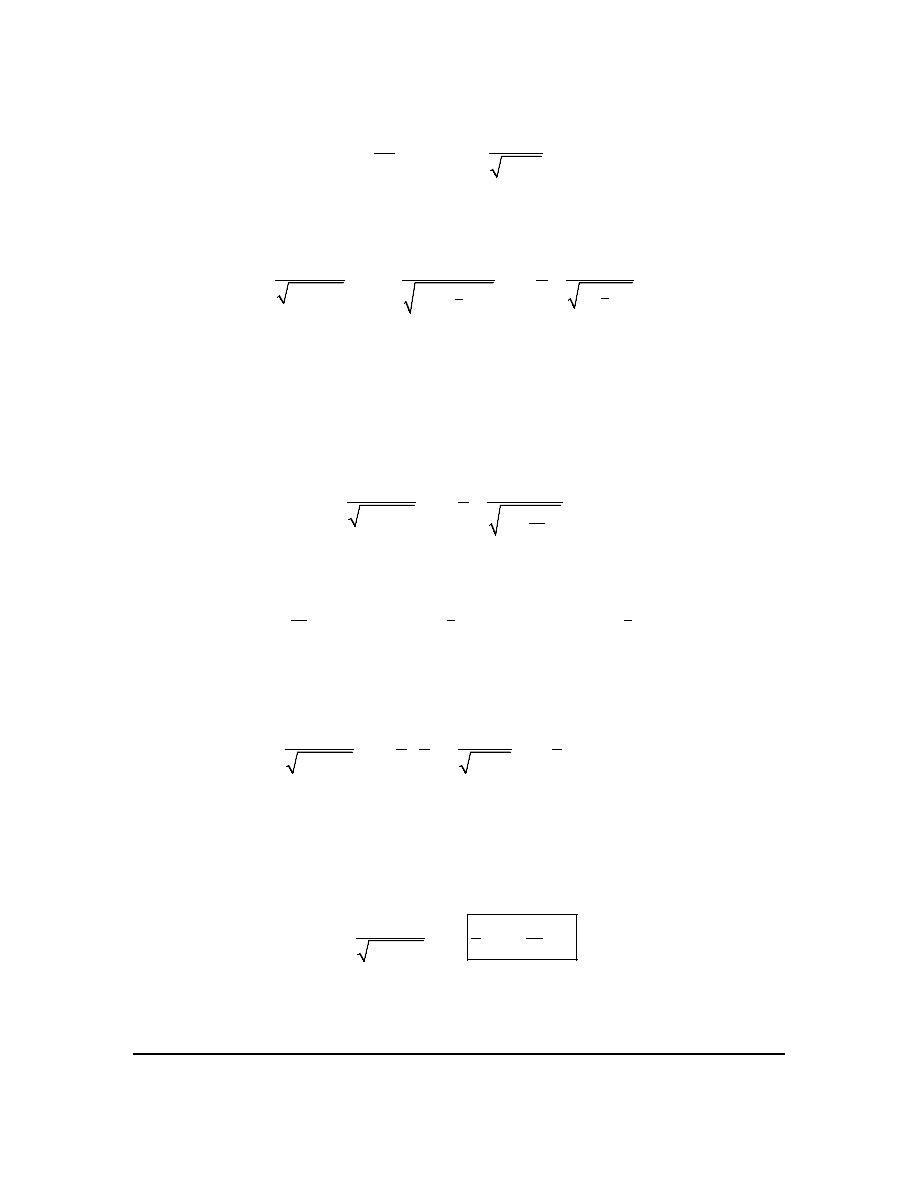
Calculus I
© 2007 Paul Dawkins
35
http://tutorial.math.lamar.edu/terms.aspx
( )
(
)
1
2
1
sin
1
d
u
du
u
−
=
−
So, let’s do a little rewrite to make the integrand look more like this.
(
)
2
2
2
9
9
4
4
1
1
1
1
2
4 9
1
4 1
dw
dw
dw
w
w
w
=
=
−
−
−
⌠
⌠
⌠
⌡
⌡
⌡
Hint : One more little rewrite of the integrand should make this look almost exactly like the
derivative the inverse sine and the substitution should then be fairly obvious.
Step 2
Let’s do one more rewrite of the integrand.
( )
2
2
3
2
1
1
1
2
4 9
1
w
dw
dw
w
=
−
−
⌠
⌠
⌡
⌡
At this point we can see that the following substitution will work for us.
3
3
2
2
2
3
w
u
du
dw
dw
du
=
→
=
→
=
Step 3
Doing the substitution and evaluating the integral gives,
( )
1
2
2
1
1 2
1
1
sin
2 3
3
4 9
1
dw
du
u
c
w
u
−
=
=
+
−
−
⌠
⌠
⌡
⌡
Hint : Don’t forget that the original variable in the integrand was not u!
Step 4
Finally, don’t forget to go back to the original variable!
( )
1
3
2
2
1
1
sin
3
4 9
w
dw
c
w
−
=
+
−
⌠
⌡
Substitutions for inverse trig functions can be a little tricky to spot when you are first start doing
them. Once you do enough of them however they start to become a little easier to spot.
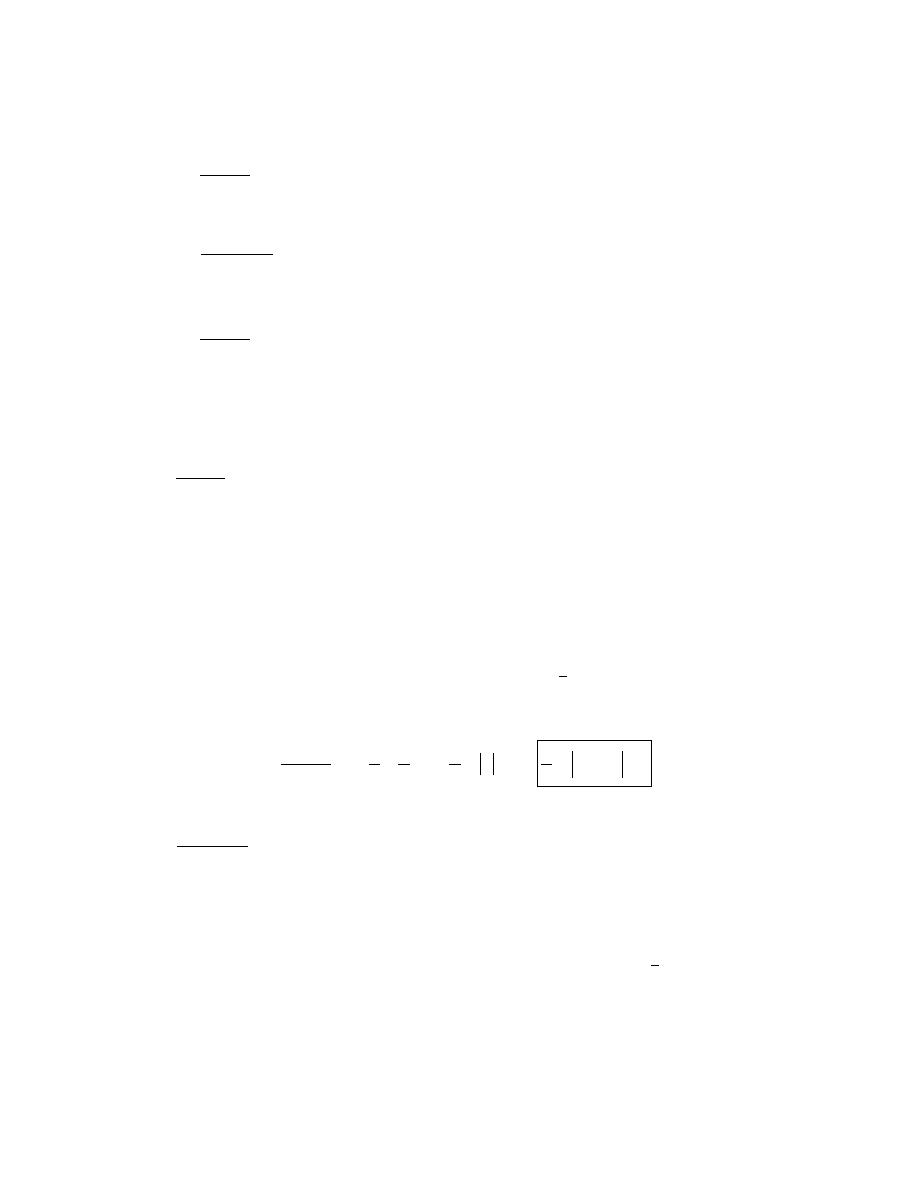
Calculus I
© 2007 Paul Dawkins
36
http://tutorial.math.lamar.edu/terms.aspx
17. Evaluate each of the following integrals.
(a)
2
3
1 9
x
dx
x
+
⌠
⌡
(b)
(
)
4
2
3
1 9
x
dx
x
+
⌠
⌡
(c)
2
3
1 9
dx
x
+
⌠
⌡
Hint : Make sure you pay attention to each of these and note the differences between each
integrand and how that will affect the substitution and/or answer.
(a)
2
3
1 9
x
dx
x
+
⌠
⌡
Solution
In this case it looks like the substitution should be
2
1 9
u
x
= +
Here is the differential for this substitution.
1
6
18
3
du
x dx
x dx
du
=
⇒
=
The integral is then,
2
2
3
1
1
1
1
ln
ln 1 9
1 9
6
6
6
x
dx
du
u
c
x
c
x
u
=
=
+ =
+
+
+
⌠
⌠
⌡
⌡
(b)
(
)
4
2
3
1 9
x
dx
x
+
⌠
⌡
Solution
The substitution and differential work for this part are identical to the previous part.
2
1
6
1 9
18
3
u
x
du
x dx
x dx
du
= +
=
⇒
=
Here is the integral for this part,
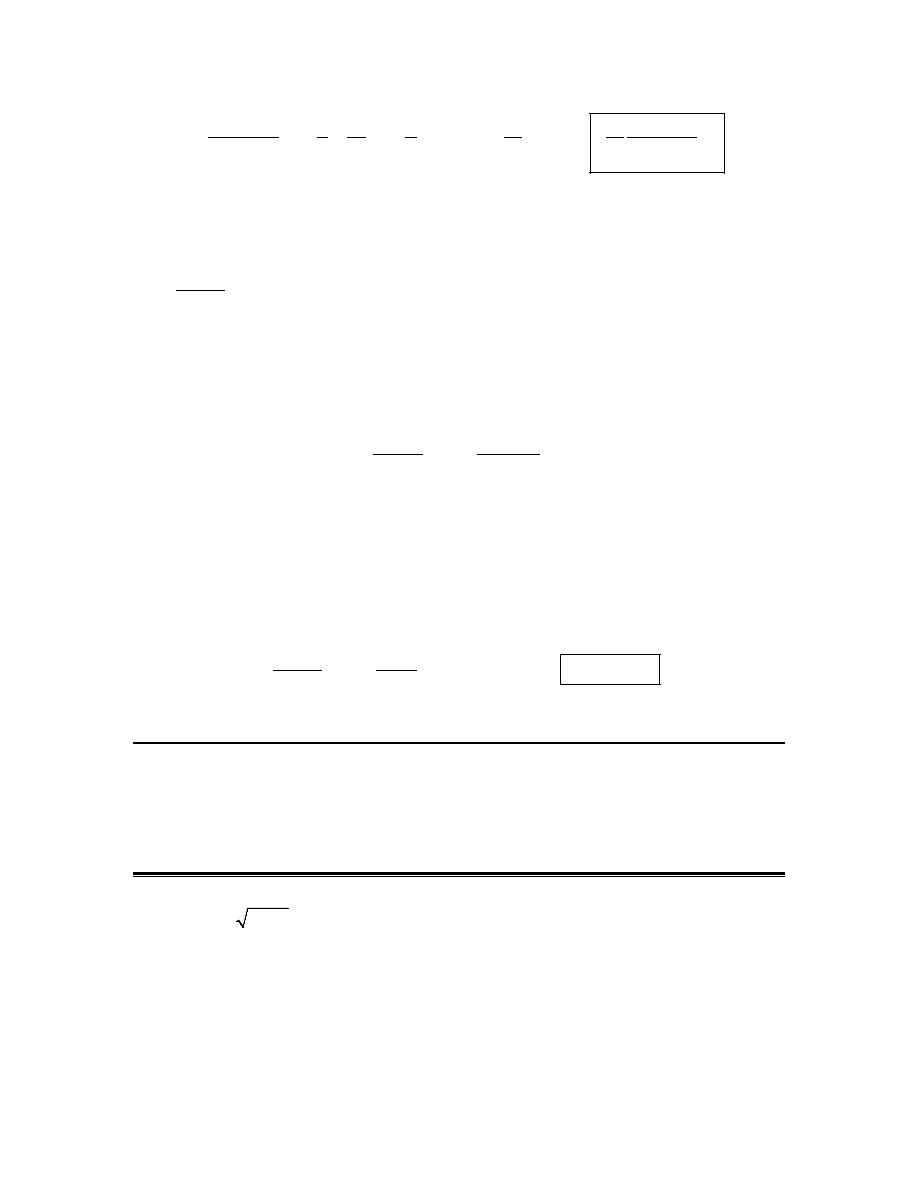
Calculus I
© 2007 Paul Dawkins
37
http://tutorial.math.lamar.edu/terms.aspx
(
)
(
)
4
3
4
3
4
2
2
3
1
1
1
1
1
1
6
6
18
18
1 9
1 9
x
dx
du
u
du
u
c
c
u
x
x
−
−
=
=
= −
+ = −
+
+
+
⌠
⌠
⌡
⌡
∫
Be careful to not just turn every integral of functions of the form of 1/(something) into
logarithms! This is one of the more common mistakes that students often make.
(c)
2
3
1 9
dx
x
+
⌠
⌡
Solution
Because we no longer have an x in the numerator this integral is very different from the previous
two. Let’s do a quick rewrite of the integrand to make the substitution clearer.
( )
2
2
3
3
1 9
1
3
dx
dx
x
x
=
+
+
⌠
⌠
⌡
⌡
So, this looks like an inverse tangent problem that will need the substitution.
3
3
u
x
du
dx
=
→
=
The integral is then,
( )
( )
1
1
2
2
3
1
tan
tan
3
1 9
1
dx
du
u
c
x
c
x
u
−
−
=
=
+ =
+
+
+
⌠
⌠
⌡
⌡
More Substitution Rule
1. Evaluate
(
)
7
4 5 9
12 5 9
t
t
dt
+ +
+
∫
.
Hint : Each term seems to require the same substitution and recall that the same substitution can
be used in multiple terms of an integral if we need to.
Step 1
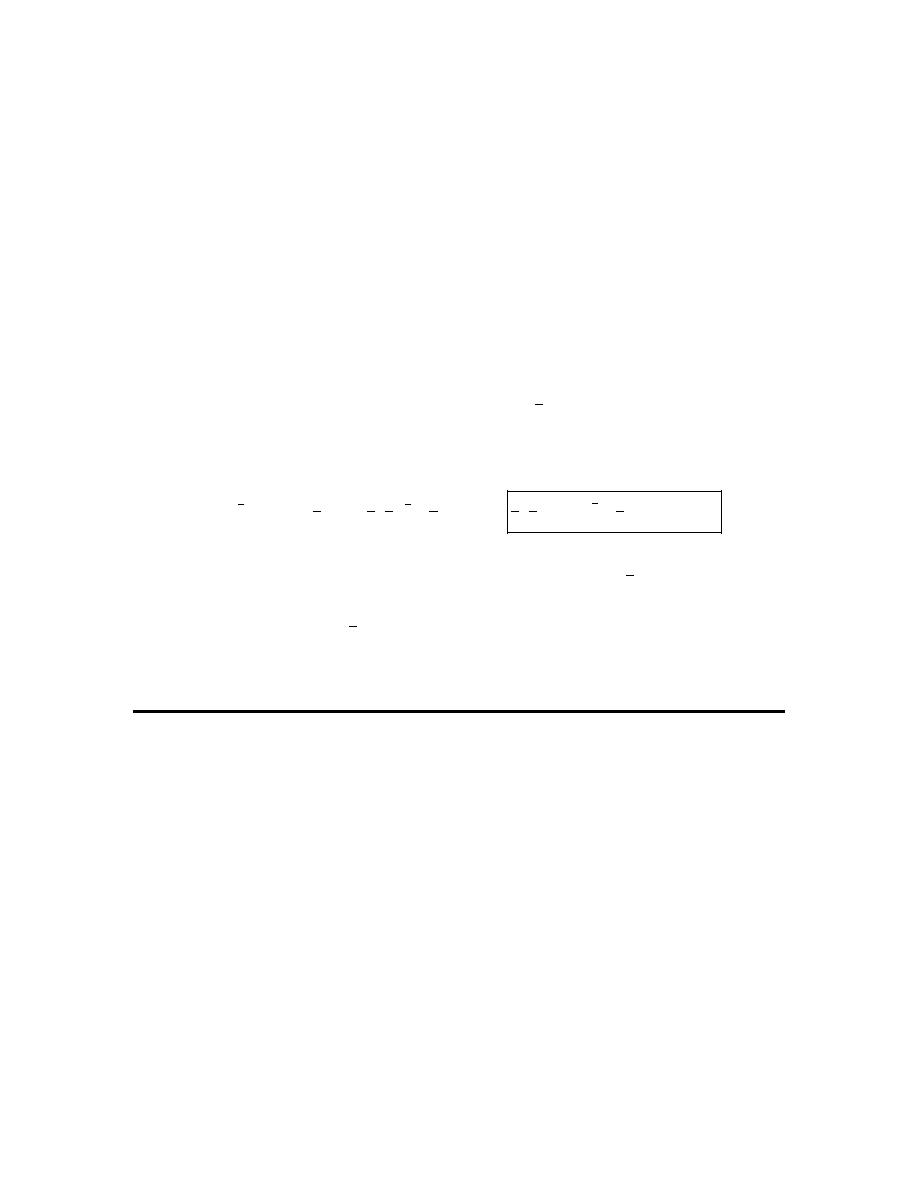
Calculus I
© 2007 Paul Dawkins
38
http://tutorial.math.lamar.edu/terms.aspx
Don’t get too excited about the fact that there are two terms in this integrand. Each term requires
the same substitution,
5 9
u
t
= +
so we’ll simply use that in both terms.
If you aren’t comfortable with the basic substitution mechanics you should work some problems
in the previous section as we’ll not be putting in as much detail with regards to the basics in this
section. The problems in this section are intended for those that are fairly comfortable with the
basic mechanics of substitutions and will involve some more “advanced” substitutions.
Step 2
Here is the differential work for the substitution.
1
9
9
du
dt
dt
du
=
→
=
Doing the substitution and evaluating the integral gives,
( )
(
)
(
)
3
3
1
2
2
2
8
7
8
8
3
8
3
1
1
1
9
9
3
2
9
3
2
4
12
5 9
5 9
u
u
du
u
u
c
t
t
c
+
=
+
+ =
+
+
+
+
⌠
⌡
Be careful when dealing with the dt substitution here. Make sure that the
1
9
gets multiplied times
the whole integrand and not just one of the terms. You can do this either by using parenthesis (as
we’ve done here) or pulling the
1
9
completely out of the integral.
Do not forget to go back to the original variable after evaluating the integral!
2. Evaluate
(
)
4
3
4
3 2
7
cos 2
8
x
x
x
x
dx
+
+
−
∫
e
.
Hint : Each term seems to require the same substitution and recall that the same substitution can
be used in multiple terms of an integral if we need to.
Step 1
Don’t get too excited about the fact that there are two terms in this integrand. Each term requires
the same substitution,
4
2
u
x
= +
so we’ll simply use that in both terms.
If you aren’t comfortable with the basic substitution mechanics you should work some problems
in the previous section as we’ll not be putting in as much detail with regards to the basics in this
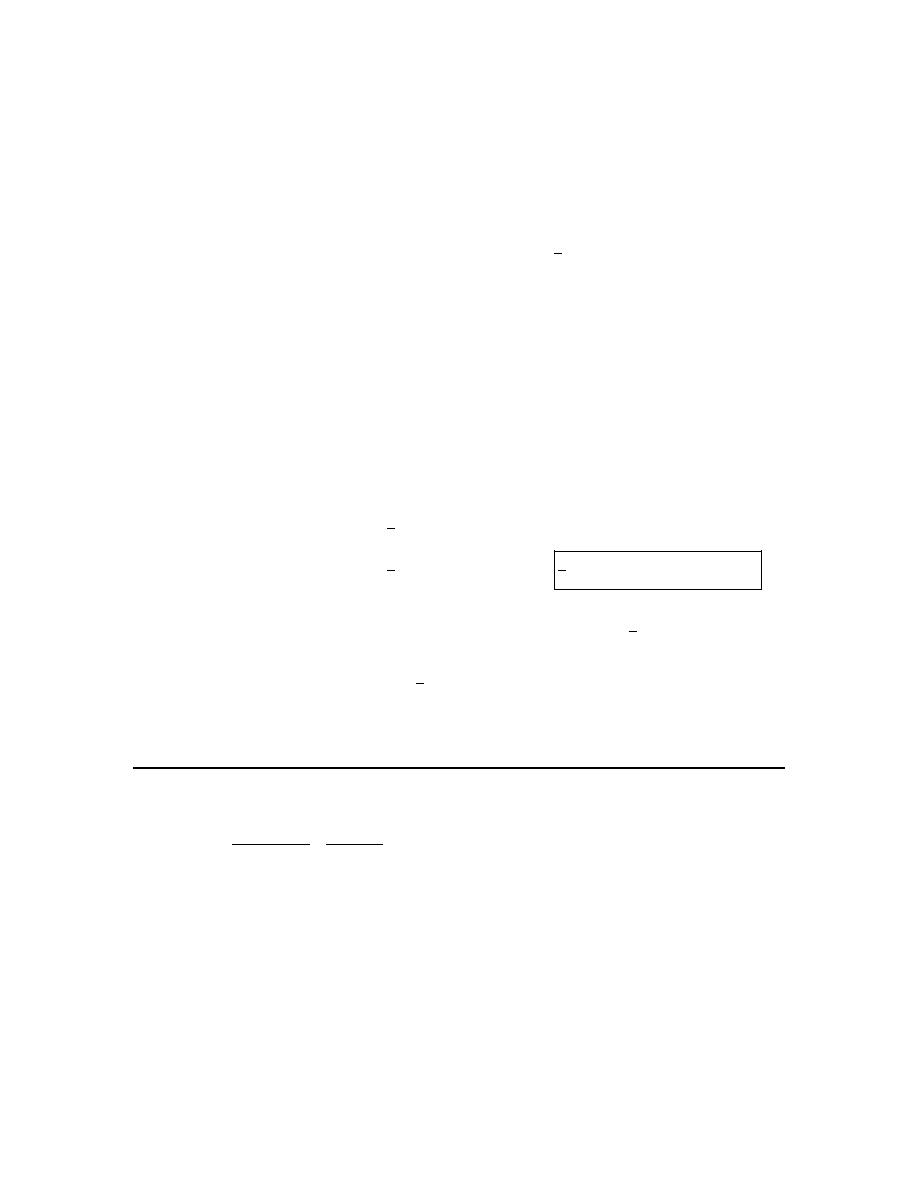
Calculus I
© 2007 Paul Dawkins
39
http://tutorial.math.lamar.edu/terms.aspx
section. The problems in this section are intended for those that are fairly comfortable with the
basic mechanics of substitutions and will involve some more “advanced” substitutions.
Step 2
Here is the differential work for the substitution.
3
3
1
4
4
du
x dx
x dx
du
=
→
=
Before doing the actual substitution it might be convenient to factor an
3
x
out of the integrand as
follows.
(
)
(
)
4
4
3
4
3 2
4
2
3
7
cos 2
8
7 cos 2
8
x
x
x
x
x
dx
x
x dx
+
+
+
−
=
+
−
∫
∫
e
e
Doing this should make the differential part (i.e. the du part) of the substitution clearer.
Now, doing the substitution and evaluating the integral gives,
(
)
( )
( )
(
)
4
4
3
4
3 2
1
4
4
2
1
1
4
4
7
cos 2
8
7 cos
8
7 sin
8
7 sin 2
8
x
u
u
x
x
x
x
dx
u
du
u
c
x
c
+
+
+
−
=
−
=
−
+ =
+
−
+
∫
∫
e
e
e
e
Be careful when dealing with the dx substitution here. Make sure that the
1
4
gets multiplied times
the whole integrand and not just one of the terms. You can do this either by using parenthesis
around the whole integrand or pulling the
1
4
completely out of the integral (as we’ve done here).
Do not forget to go back to the original variable after evaluating the integral!
3. Evaluate
(
)
7
7
3
7
7
6
14
1 8
1 8
w
w
w
w
dw
+
−
−
⌠
⌡
e
e
e
e
.
Hint : Each term seems to require the same substitution and recall that the same substitution can
be used in multiple terms of an integral if we need to.
Step 1
Don’t get too excited about the fact that there are two terms in this integrand. Each term requires
the same substitution,
7
1 8
w
u
= − e
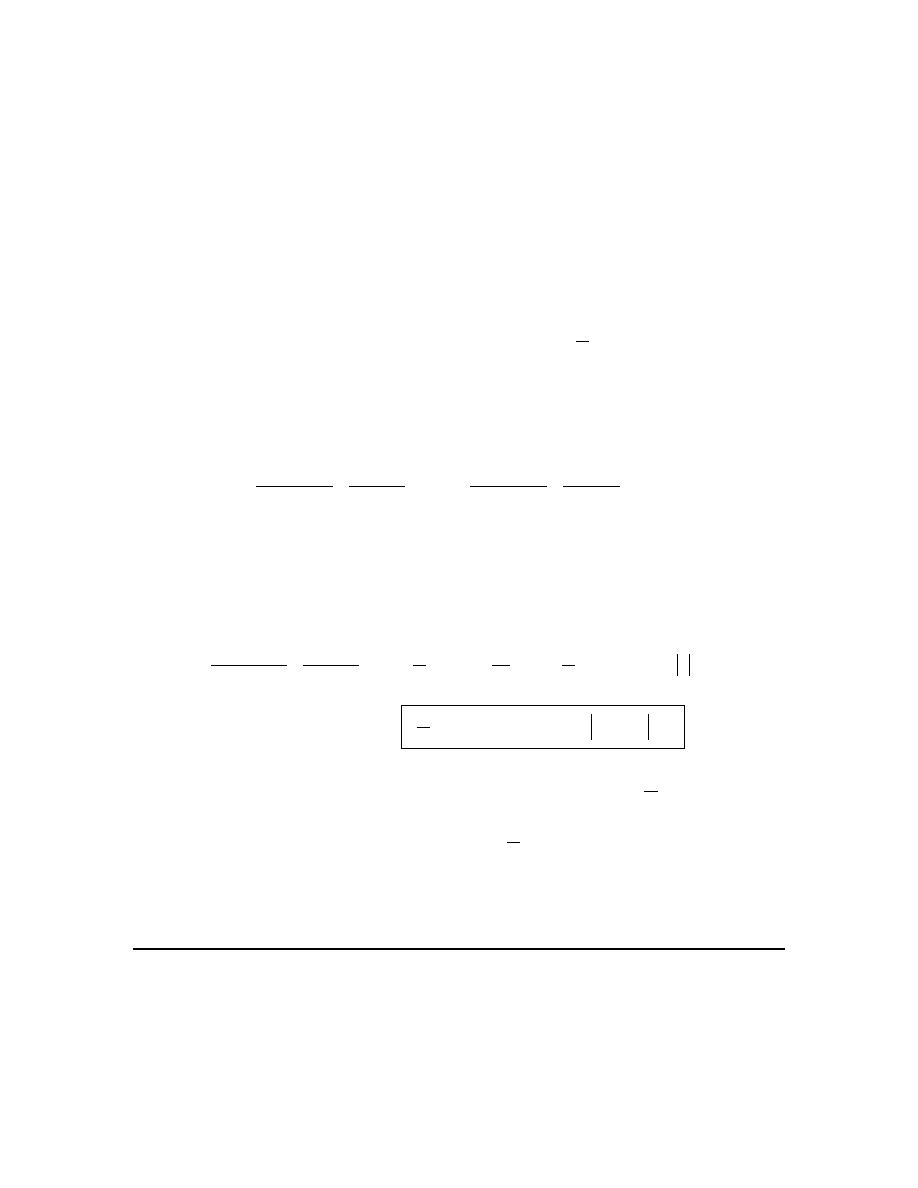
Calculus I
© 2007 Paul Dawkins
40
http://tutorial.math.lamar.edu/terms.aspx
so we’ll simply use that in both terms.
If you aren’t comfortable with the basic substitution mechanics you should work some problems
in the previous section as we’ll not be putting in as much detail with regards to the basics in this
section. The problems in this section are intended for those that are fairly comfortable with the
basic mechanics of substitutions and will involve some more “advanced” substitutions.
Step 2
Here is the differential work for the substitution.
7
7
1
56
56
w
w
du
dw
dw
du
= −
→
= −
e
e
Before doing the actual substitution it might be convenient to factor an
7
w
e
out of the integrand
as follows.
(
)
(
)
7
7
7
3
3
7
7
7
7
6
14
6
14
1 8
1 8
1 8
1 8
w
w
w
w
w
w
w
dw
dw
+
=
+
−
−
−
−
⌠
⌠
⌡
⌡
e
e
e
e
e
e
e
Doing this should make the differential part (i.e. the du part) of the substitution clearer.
Now, doing the substitution and evaluating the integral gives,
(
)
(
)
(
)
(
)
7
7
3
2
1
1
56
56
3
7
7
2
7
7
1
56
6
14
14
6
3
14 ln
1 8
1 8
3 1 8
14 ln 1 8
w
w
w
w
w
w
dw
u
du
u
u
c
u
c
−
−
−
+
= −
+
= −
−
+
+
−
−
= −
−
−
+
−
+
⌠
⌠
⌡
⌡
e
e
e
e
e
e
Be careful when dealing with the dw substitution here. Make sure that the
1
56
−
gets multiplied
times the whole integrand and not just one of the terms. You can do this either by using
parenthesis around the whole integrand or pulling the
1
56
−
completely out of the integral (as
we’ve done here).
Do not forget to go back to the original variable after evaluating the integral!
4. Evaluate
(
)
4
5
6
7
cos 2
3
x
x
x
dx
−
+
∫
.
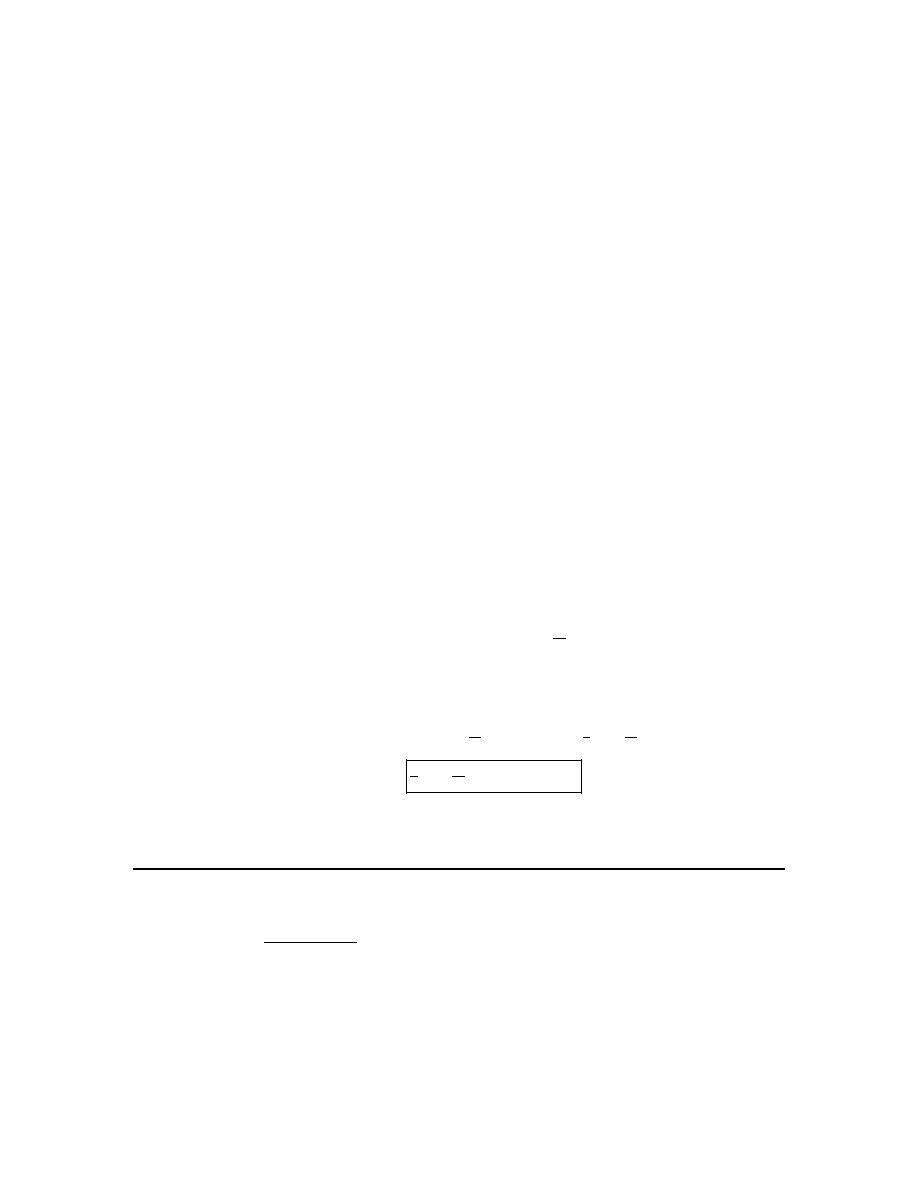
Calculus I
© 2007 Paul Dawkins
41
http://tutorial.math.lamar.edu/terms.aspx
Hint : Recall that terms that do not need substitutions should not be in the integral when the
substitution is being done. At this point we should know how to “break” integrals up so that we
can get the terms that require a substitution into a one integral and those that don’t into another
integral.
Step 1
Clearly the first term does not need a substitution while the second term does need a substitution.
So, we’ll first need to split up the integral as follows.
(
)
(
)
4
5
6
4
5
6
7
cos 2
3
7
cos 2
3
x
x
x
dx
x dx
x
x
dx
−
+
=
−
+
∫
∫
∫
Step 2
The substitution needed for the second integral is then,
6
2
3
u
x
=
+
If you aren’t comfortable with the basic substitution mechanics you should work some problems
in the previous section as we’ll not be putting in as much detail with regards to the basics in this
section. The problems in this section are intended for those that are fairly comfortable with the
basic mechanics of substitutions and will involve some more “advanced” substitutions.
Step 3
Here is the differential work for the substitution.
5
5
1
12
12
du
x dx
x dx
du
=
→
=
Now, doing the substitution and evaluating the integrals gives,
(
)
( )
( )
(
)
4
5
6
4
5
7
7
1
12
5
12
5
6
7
1
5
12
7
cos 2
3
cos
sin
sin 2
3
x
x
x
dx
x dx
u du
x
u
c
x
x
c
−
+
=
−
=
−
+
=
−
+ +
∫
∫
∫
Do not forget to go back to the original variable after evaluating the integral!
5. Evaluate
( )
( )
4 sin 8
1 9 cos 8
z
z
dz
z
+
+
⌠
⌡
e
.
Hint : Recall that terms that do not need substitutions should not be in the integral when the
substitution is being done. At this point we should know how to “break” integrals up so that we
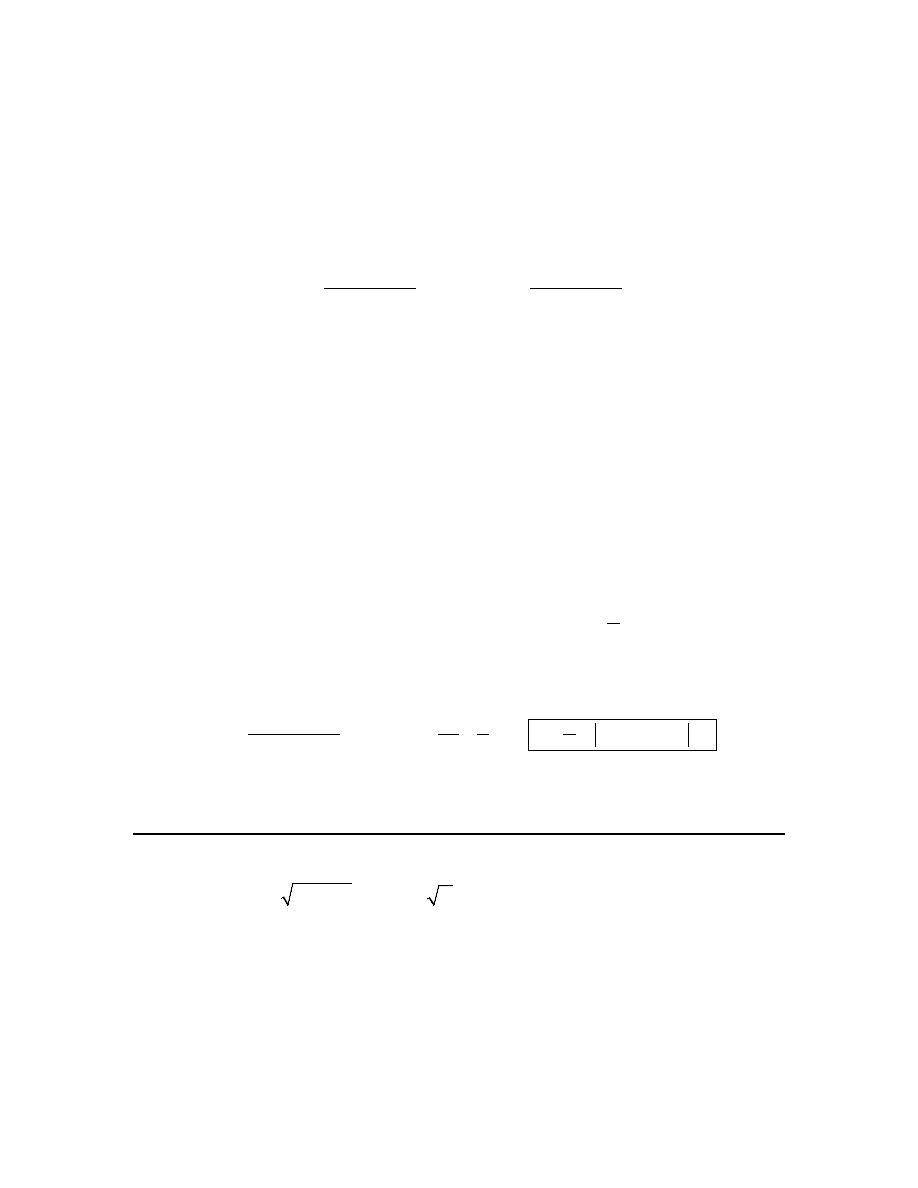
Calculus I
© 2007 Paul Dawkins
42
http://tutorial.math.lamar.edu/terms.aspx
can get the terms that require a substitution into a one integral and those that don’t into another
integral.
Step 1
Clearly the first term does not need a substitution while the second term does need a substitution.
So, we’ll first need to split up the integral as follows.
( )
( )
( )
( )
4 sin 8
4 sin 8
1 9 cos 8
1 9 cos 8
z
z
z
z
dz
dz
dz
z
z
+
=
+
+
+
⌠
⌠
⌡
⌡
∫
e
e
Step 2
The substitution needed for the second integral is then,
( )
1 9 cos 8
u
z
= +
If you aren’t comfortable with the basic substitution mechanics you should work some problems
in the previous section as we’ll not be putting in as much detail with regards to the basics in this
section. The problems in this section are intended for those that are fairly comfortable with the
basic mechanics of substitutions and will involve some more “advanced” substitutions.
Step 3
Here is the differential work for the substitution.
( )
( )
1
72
72 sin 8
sin 8
du
z dz
z dz
du
= −
→
= −
Now, doing the substitution and evaluating the integrals gives,
( )
( )
( )
1
18
4 sin 8
4
1
ln 1 9 cos 8
1 9 cos 8
72
z
z
z
z
dz
dz
du
z
c
z
u
+
=
−
=
−
+
+
+
⌠
⌠
⌡
⌡
∫
e
e
e
Do not forget to go back to the original variable after evaluating the integral!
6. Evaluate
2 8
2 8
3
3
20
1
7
6
w
w
w
w dw
−
−
+
+
−
∫
e
e
.
Hint : Recall that terms that do not need substitutions should not be in the integral when the
substitution is being done. At this point we should know how to “break” integrals up so that we
can get the terms that require a substitution into a one integral and those that don’t into another
integral.
Step 1
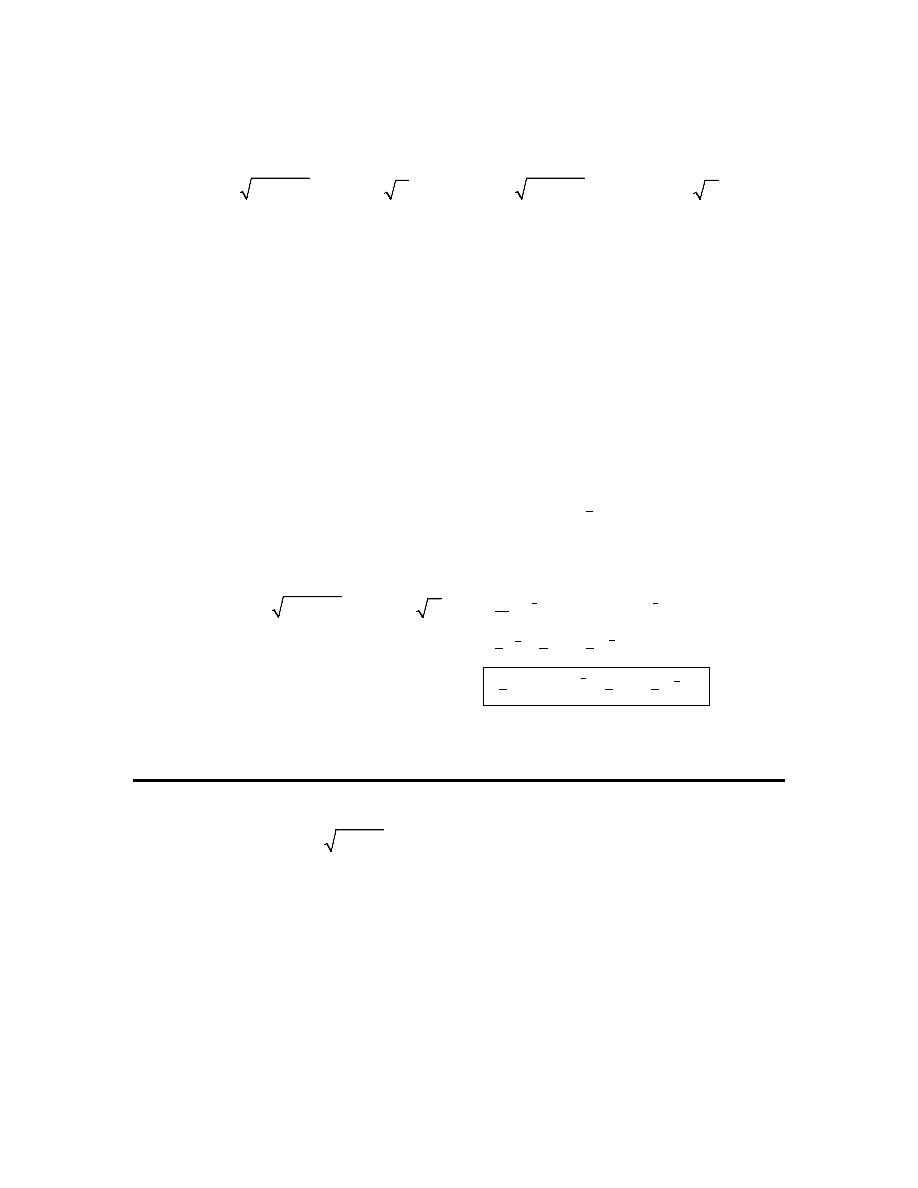
Calculus I
© 2007 Paul Dawkins
43
http://tutorial.math.lamar.edu/terms.aspx
Clearly the first term needs a substitution while the second and third terms don’t. So, we’ll first
need to split up the integral as follows.
2 8
2 8
3
2 8
2 8
3
3
3
20
1
7
6
20
1
7
6
w
w
w
w
w
w dw
dw
w
w dw
−
−
−
−
+
+
−
=
+
+
−
∫
∫
∫
e
e
e
e
Step 2
The substitution needed for the first integral is then,
2 8
1
w
u
−
= + e
If you aren’t comfortable with the basic substitution mechanics you should work some problems
in the previous section as we’ll not be putting in as much detail with regards to the basics in this
section. The problems in this section are intended for those that are fairly comfortable with the
basic mechanics of substitutions and will involve some more “advanced” substitutions.
Step 3
Here is the differential work for the substitution.
2 8
2 8
1
8
8
w
w
du
dw
dw
du
−
−
= −
→
= −
e
e
Now, doing the substitutions and evaluating the integrals gives,
(
)
1
1
3
2
3
4
3
2
3
4
2
3
2 8
2 8
3
3
3
20
8
4
5
7
9
3
4
2
2 8
4
5
7
9
3
4
2
20
1
7
6
7
6
1
w
w
w
w
w dw
u du
w
w dw
u
w
w
c
w
w
c
−
−
−
+
+
−
= −
+
−
= −
+
−
+
= −
+
+
−
+
∫
∫
∫
e
e
e
Do not forget to go back to the original variable after evaluating the integral!
7. Evaluate
(
)
3
2
4
4 7
9
5
3
t
t
t
dt
+
−
+
∫
.
Hint : You can only do one substitution per integral. At this point we should know how to
“break” integrals up so that we can get the terms that require different substitutions into different
integrals.
Step 1
Clearly each term needs a separate substitution. So, we’ll first need to split up the integral as
follows.
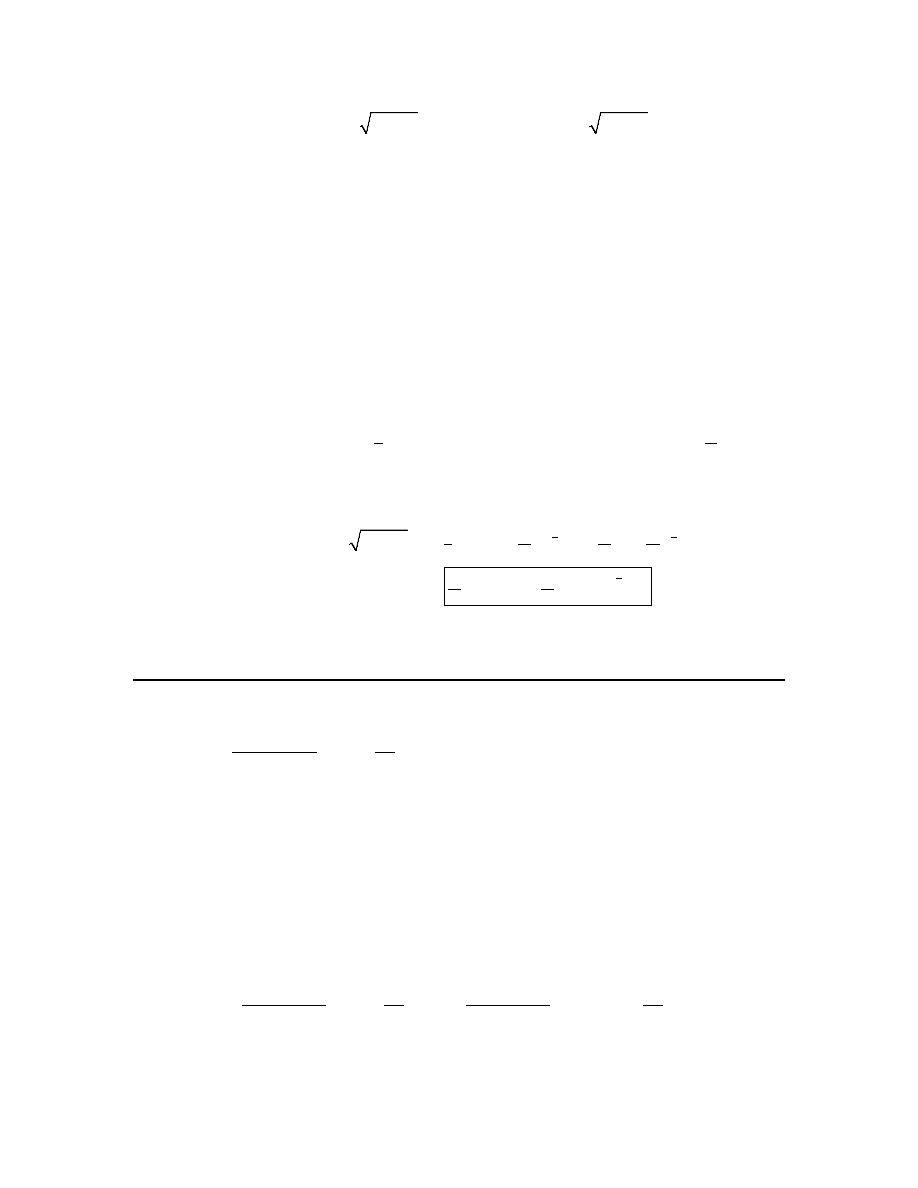
Calculus I
© 2007 Paul Dawkins
44
http://tutorial.math.lamar.edu/terms.aspx
(
)
(
)
3
3
2
2
4
4
4 7
9
5
3
4 7
9
5
3
t
t
t
dt
t
dt
t
t
dt
+
−
+
=
+
−
+
∫
∫
∫
Step 2
The substitutions needed for the each integral are then,
2
4 7
5
3
u
t
v
t
= +
=
+
If you aren’t comfortable with the basic substitution mechanics you should work some problems
in the previous section as we’ll not be putting in as much detail with regards to the basics in this
section. The problems in this section are intended for those that are fairly comfortable with the
basic mechanics of substitutions and will involve some more “advanced” substitutions.
Step 3
Here is the differential work for each substitution.
1
1
7
10
7
10
du
dt
dt
du
dv
t dt
t dt
dv
=
→
=
=
→
=
Now, doing the substitutions and evaluating the integrals gives,
(
)
(
)
(
)
5
1
4
4
5
4
3
2
3
4
4
9
18
1
1
7
10
28
25
4
2
18
1
28
25
4 7
9
5
3
4 7
5
3
t
dt
t
t
dt
u du
v dv
u
v
c
t
t
c
+
−
+
=
−
=
−
+
=
+
−
+
+
∫
∫
∫
∫
Do not forget to go back to the original variable after evaluating the integral!
8. Evaluate
2
2
3
2
6
3
csc
9
8
2
x
x
x
dx
x
x
−
−
−
+
⌠
⌡
.
Hint : You can only do one substitution per integral. At this point we should know how to
“break” integrals up so that we can get the terms that require different substitutions into different
integrals.
Step 1
Clearly each term needs a separate substitution. So, we’ll first need to split up the integral as
follows.
2
2
2
2
3
2
3
2
6
3
6
3
csc
csc
9
8
2
9
8
2
x
x
x
x
x
x
dx
dx
dx
x
x
x
x
−
−
−
=
−
−
+
−
+
⌠
⌠
⌠
⌡
⌡
⌡
Step 2

Calculus I
© 2007 Paul Dawkins
45
http://tutorial.math.lamar.edu/terms.aspx
The substitutions needed for the each integral are then,
3
2
3
9
8
2
x
u
x
x
v
=
−
+
=
If you aren’t comfortable with the basic substitution mechanics you should work some problems
in the previous section as we’ll not be putting in as much detail with regards to the basics in this
section. The problems in this section are intended for those that are fairly comfortable with the
basic mechanics of substitutions and will involve some more “advanced” substitutions.
Step 3
Here is the differential work for each substitution.
(
)
(
)
(
)
2
2
2
1
3
3
2
2
3
3
18
3 6
6
du
x
x dx
x
x
dx
x
x
dx
du
dv
dx
dx
dv
=
−
= −
−
→
−
= −
=
→
=
Now, doing the substitutions and evaluating the integrals gives,
( )
( )
( )
2
2
2
3
2
3
2
1
2
3
3
3
2
6
3
1
1
2
1
2
csc
csc
ln
cot
9
8
2
3
3
3
3
ln
9
8
cot
x
x
x
x
dx
du
v dv
u
v
c
x
x
u
x
x
c
−
−
= −
−
= −
+
+
−
+
= −
−
+ +
+
⌠
⌠
⌡
⌡
∫
Do not forget to go back to the original variable after evaluating the integral!
9. Evaluate
(
)
(
)
(
)
3
2
7 3
2 4
3
sin 3 8
y
y
y
y dy
+
+
+
+
∫
.
Hint : You can only do one substitution per integral. At this point we should know how to
“break” integrals up so that we can get the terms that require different substitutions into different
integrals.
Step 1
Clearly each term needs a separate substitution. So, we’ll first need to split up the integral as
follows.
(
)
(
)
(
)
(
)
(
)
(
)
3
3
2
2
7 3
2 4
3
sin 3 8
7 3
2 4
3
sin 3 8
y
y
y
y dy
y
y
y
dy
y dy
+
+
+
+
=
+
+
+
+
∫
∫
∫
Step 2
The substitutions needed for the each integral are then,
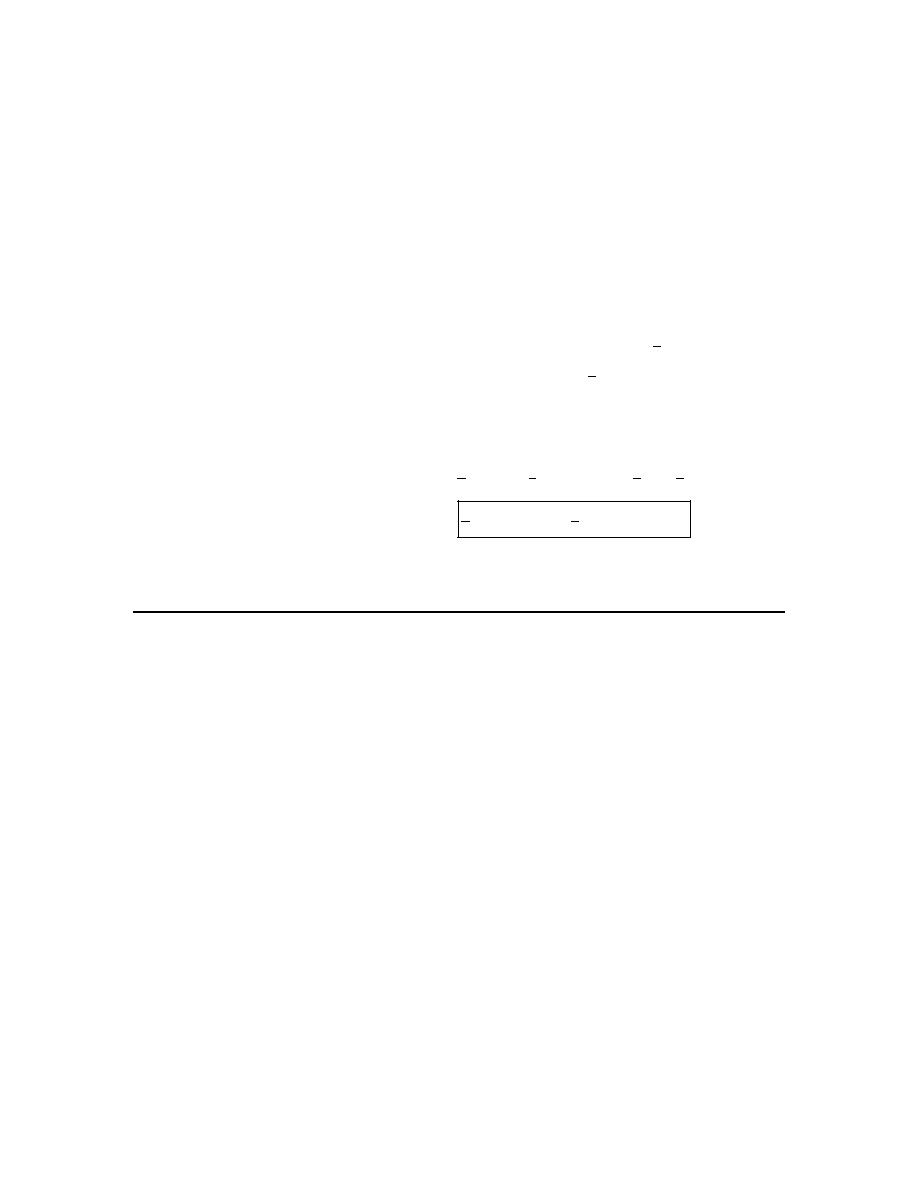
Calculus I
© 2007 Paul Dawkins
46
http://tutorial.math.lamar.edu/terms.aspx
2
4
3
3 8
u
y
y
v
y
=
+
= +
If you aren’t comfortable with the basic substitution mechanics you should work some problems
in the previous section as we’ll not be putting in as much detail with regards to the basics in this
section. The problems in this section are intended for those that are fairly comfortable with the
basic mechanics of substitutions and will involve some more “advanced” substitutions.
Step 3
Here is the differential work for each substitution.
(
)
(
)
(
)
1
2
1
8
4 6
2 3
2
3
2
8
du
y dy
y
dy
y
dy
du
dv
dy
dy
dv
=
+
=
+
→
+
=
=
→
=
Now, doing the substitutions and evaluating the integrals gives,
(
)
(
)
(
)
( )
( )
(
)
(
)
3
2
3
4
7
7
1
1
2
8
8
8
4
2
7
1
8
8
7 3
2 4
3
sin 3 8
sin
cos
4
3
cos 3 8
y
y
y
y dy
u du
v dv
u
v
c
y
y
y
c
+
+
+
+
=
+
=
−
+
=
+
−
+
+
∫
∫
∫
Do not forget to go back to the original variable after evaluating the integral!
10. Evaluate
( )
( )
( )
2
2
sec
2
9 7 tan 2
tan
2
t
t
t
dt
+
−
∫
.
Hint : Don’t let this one fool you. This is simply an integral that requires you to use the same
substitution more than once.
Step 1
This integral can be a little daunting at first glance. To do it all we need to notice is that the
derivative of
( )
tan x
is
( )
2
sec
x
and we can notice that there is a
( )
2
sec
2t
times the remaining
portion of the integrand and that portion only contains constants and tangents.
So, it looks like the substitution is then,
( )
tan 2
u
t
=
If you aren’t comfortable with the basic substitution mechanics you should work some problems
in the previous section as we’ll not be putting in as much detail with regards to the basics in this
section. The problems in this section are intended for those that are fairly comfortable with the
basic mechanics of substitutions and will involve some more “advanced” substitutions.

Calculus I
© 2007 Paul Dawkins
47
http://tutorial.math.lamar.edu/terms.aspx
Step 2
Here is the differential work for the substitution.
( )
( )
2
2
1
2
2 sec
2
sec
2
du
t dt
t dt
du
=
→
=
Now, doing the substitution and evaluating the integrals gives,
( )
( )
( )
(
)
( )
( )
( )
(
)
2
2
2
2
3
7
1
1
1
2
2
2
3
2
3
7
1
1
2
2
3
sec
2
9 7 tan 2
tan
2
9 7
9
9 tan 2
tan
2
tan
2
t
t
t
dt
u u du
u
u
u
c
t
t
t
c
+
−
=
+
−
=
+
−
+
=
+
−
+
∫
∫
Do not forget to go back to the original variable after evaluating the integral!
11. Evaluate
2
8
4
9
w
dw
w
−
+
⌠
⌡
.
Hint : With the integrand written as it is here this problem can’t be done.
Step 1
As written we can’t do this problem. In order to do this integral we’ll need to rewrite the integral
as follows.
2
2
2
8
8
4
9
4
9
4
9
w
w
dw
dw
dw
w
w
w
−
=
−
+
+
+
⌠
⌠
⌠
⌡
⌡
⌡
Step 2
Now, the first integral looks like it might be an inverse tangent (although we’ll need to do a
rewrite of that integral) and the second looks like it’s a logarithm (with a quick substitution).
So, here is the rewrite on the first integral.
2
2
2
4
9
8
8
1
4
9
9
1
4
9
w
w
dw
dw
dw
w
w
w
−
=
−
+
+
+
⌠
⌠
⌠
⌡
⌡
⌡
Step 3
Now we’ll need a substitution for each integral. Here are the substitutions we’ll need for each
integral.
(
)
2
2
2
2
4
3
9
so 4
9
u
w
u
w
v
w
=
=
=
+
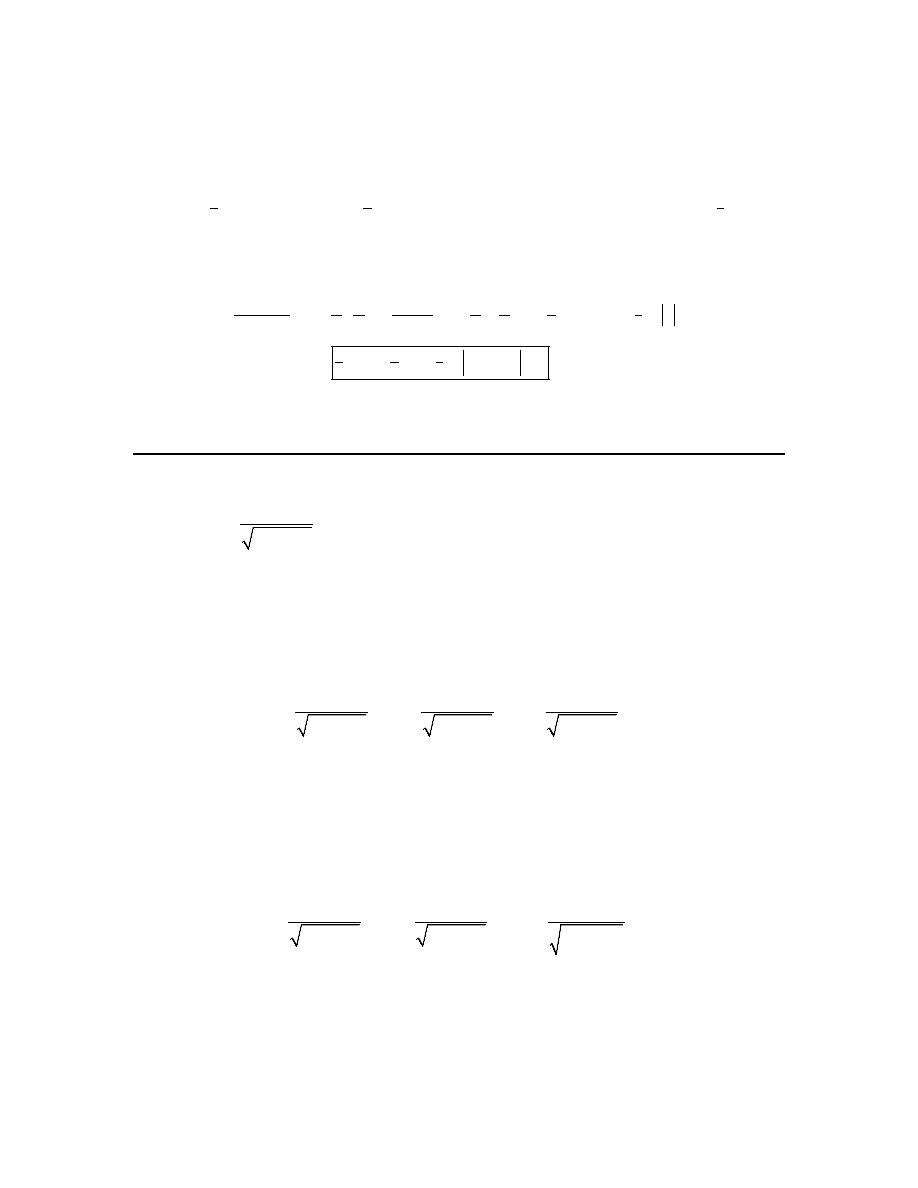
Calculus I
© 2007 Paul Dawkins
48
http://tutorial.math.lamar.edu/terms.aspx
Step 4
Here is the differential work for the substitution.
3
2
1
3
2
8
8
du
dw
dw
du
dv
w dw
w dw
dv
=
→
=
=
→
=
Now, doing the substitutions and evaluating the integrals gives,
( )
( )
1
4
1
3
8
2
2
1
2
4
2
1
3
3
8
8
8 3
1
1
1
tan
ln
4
9
9 2
1
8
tan
ln 4
9
w
dw
du
dv
u
v
c
w
u
v
w
w
c
−
−
−
=
−
=
−
+
+
+
=
−
+ +
⌠
⌠
⌠
⌡
⌡
⌡
Do not forget to go back to the original variable after evaluating the integral!
12. Evaluate
2
7
2
1 25
x
dx
x
+
−
⌠
⌡
.
Hint : With the integrand written as it is here this problem can’t be done.
Step 1
As written we can’t do this problem. In order to do this integral we’ll need to rewrite the integral
as follows.
2
2
2
7
2
7
2
1 25
1 25
1 25
x
x
dx
dx
dx
x
x
x
+
=
+
−
−
−
⌠
⌠
⌠
⌡
⌡
⌡
Step 2
Now, the second integral looks like it might be an inverse sine (although we’ll need to do a
rewrite of that integral) and the first looks like a simple substitution will work for us.
So, here is the rewrite on the second integral.
( )
2
2
2
7
2
7
1
2
1 25
1 25
1
5
x
x
dx
dx
dx
x
x
x
+
=
+
−
−
−
⌠
⌠
⌠
⌡
⌡
⌡
Step 3
Now we’ll need a substitution for each integral. Here are the substitutions we’ll need for each
integral.
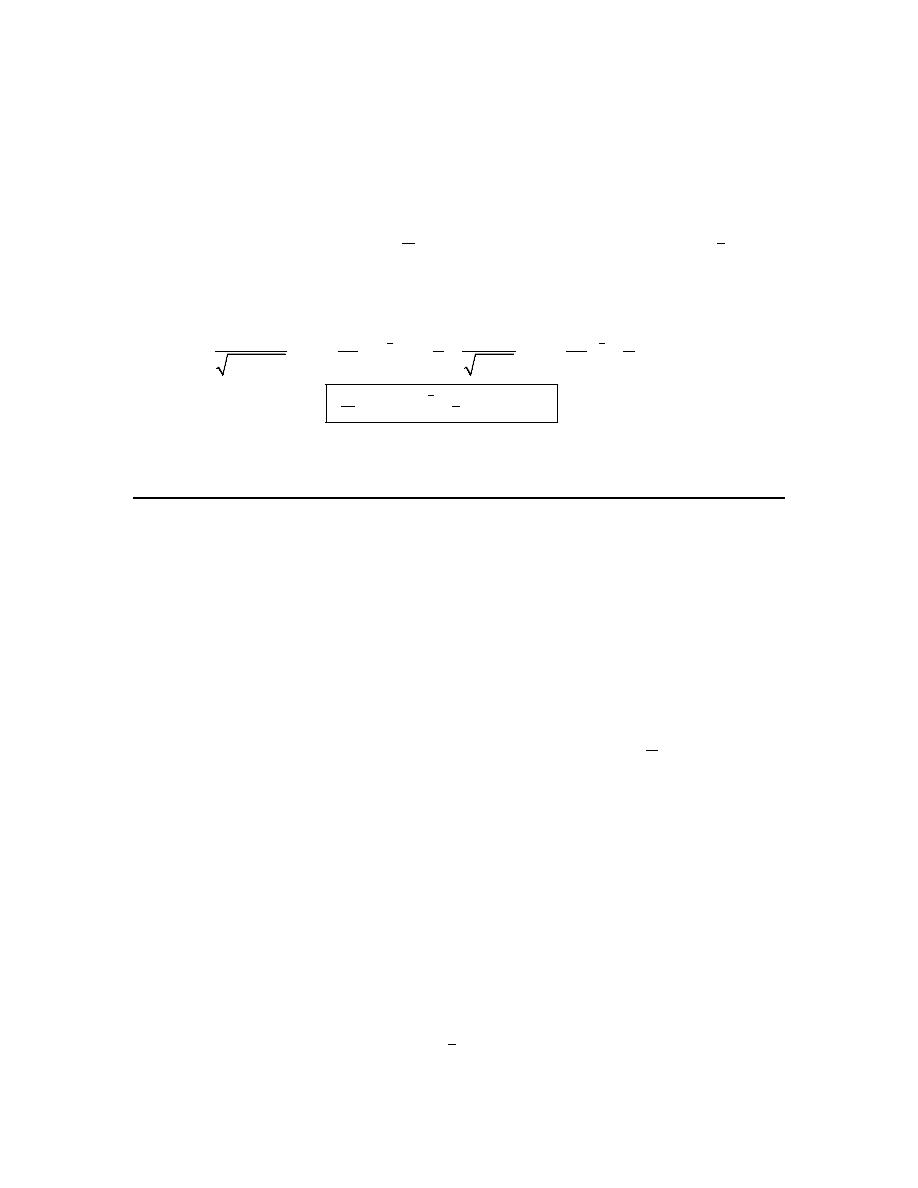
Calculus I
© 2007 Paul Dawkins
49
http://tutorial.math.lamar.edu/terms.aspx
(
)
2
2
2
1 25
5
so 25
u
x
v
x
v
x
= −
=
=
Step 4
Here is the differential work for the substitution.
1
1
50
5
50
5
du
x dx
x dx
du
dv
dx
dx
dv
= −
→
= −
=
→
=
Now, doing the substitutions and evaluating the integrals gives,
( )
(
)
( )
1
1
2
2
1
2
1
2
2
2
1
7
2
25
5
7
2
7
2
1
7
2
sin
50
5
25
5
1 25
1
1 25
sin
5
x
dx
u
du
dv
u
v
c
x
v
x
x
c
−
−
−
+
= −
+
= −
+
+
−
−
= −
−
+
+
⌠
⌠
⌡
⌡
∫
Do not forget to go back to the original variable after evaluating the integral!
13. Evaluate
(
)
8
7
4
8 3
z
z
dz
+
∫
.
Hint : Use the “obvious” substitution and don’t forget that the substitution can be used more than
once and in different ways.
Step 1
Okay, the “obvious” substitution here is probably,
4
3
3
1
12
8 3
12
u
z
du
z dz
z dz
du
= +
→
=
→
=
however, that doesn’t look like it might work because of the
7
z
.
Step 2
Let’s do a quick rewrite of the integrand.
(
)
(
)
(
)
8
8
8
7
4
4
3
4
4
4
3
8 3
8 3
8 3
z
z
dz
z z
z
dz
z
z
z dz
+
=
+
=
+
∫
∫
∫
Step 3
Now, notice that we can convert all of the z’s in the integrand except apparently for the
4
z
that is
in the front. However, notice from the substitution that we can solve for
4
z
to get,
(
)
4
1
3
8
z
u
=
−
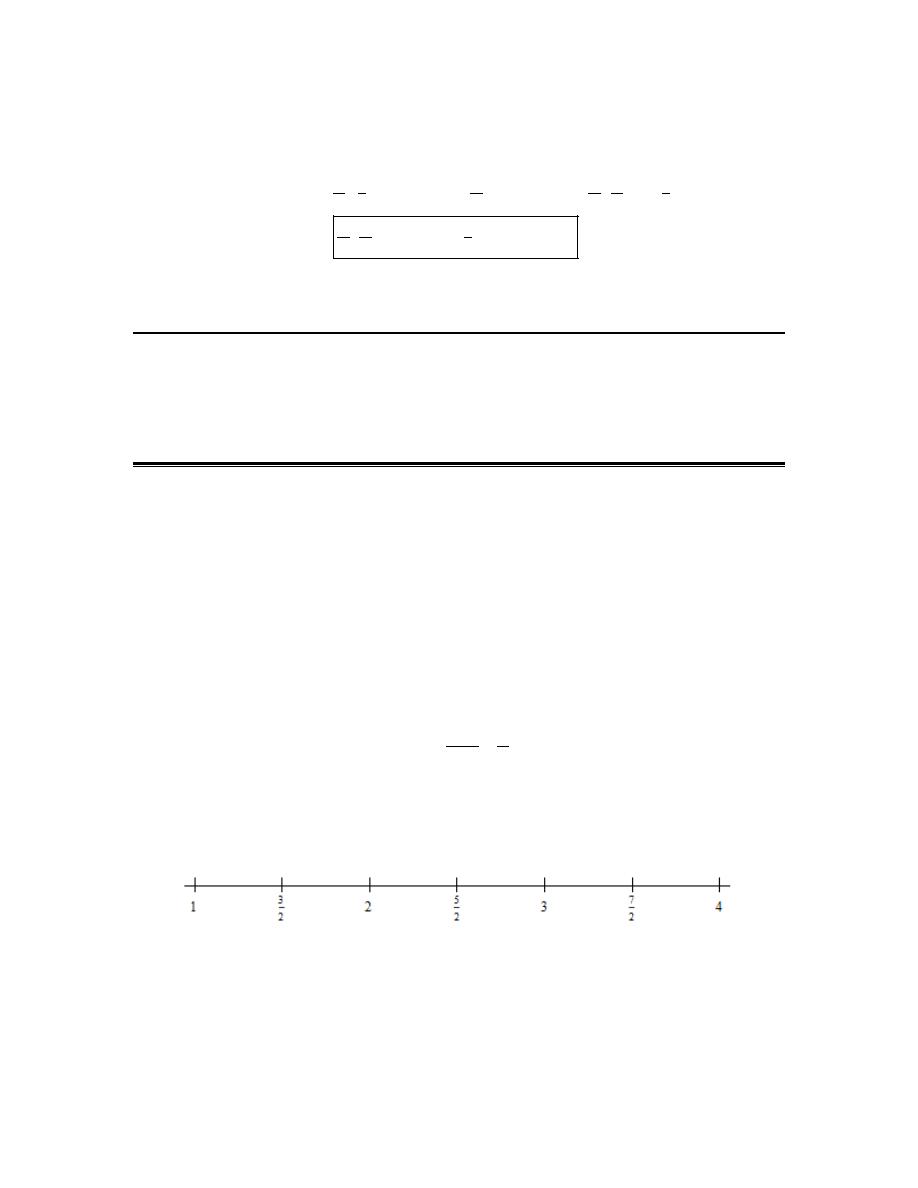
Calculus I
© 2007 Paul Dawkins
50
http://tutorial.math.lamar.edu/terms.aspx
Step 4
With this we can now do the substitution and evaluate the integral.
(
)
(
)
(
)
(
)
(
)
(
)
8
7
4
8
9
8
10
9
8
1
1
1
1
1
12
3
36
36
10
9
10
9
4
4
8
1
1
36
10
9
8 3
8
8
8 3
8 3
z
z
dz
u
u du
u
u du
u
u
c
z
z
c
+
=
−
=
−
=
−
+
=
+
−
+
+
∫
∫
∫
Do not forget to go back to the original variable after evaluating the integral!
Area Problem
1. Estimate the area of the region between
( )
3
2
2
4
f x
x
x
=
−
+
the x-axis on
[ ]
1, 4
using
6
n
=
and using,
(a) the right end points of the subintervals for the height of the rectangles,
(b) the left end points of the subintervals for the height of the rectangles and,
(c) the midpoints of the subintervals for the height of the rectangles.
(a) the right end points of the subintervals for the height of the rectangles,
The widths of each of the subintervals for this problem are,
4 1
1
6
2
x
−
∆ =
=
We don’t need to actually graph the function to do this problem. It would probably help to have a
number line showing subintervals however. Here is that number line.
In this case we’re going to be using right end points of each of these subintervals to determine the
height of each of the rectangles.
The area between the function and the x-axis is then approximately,
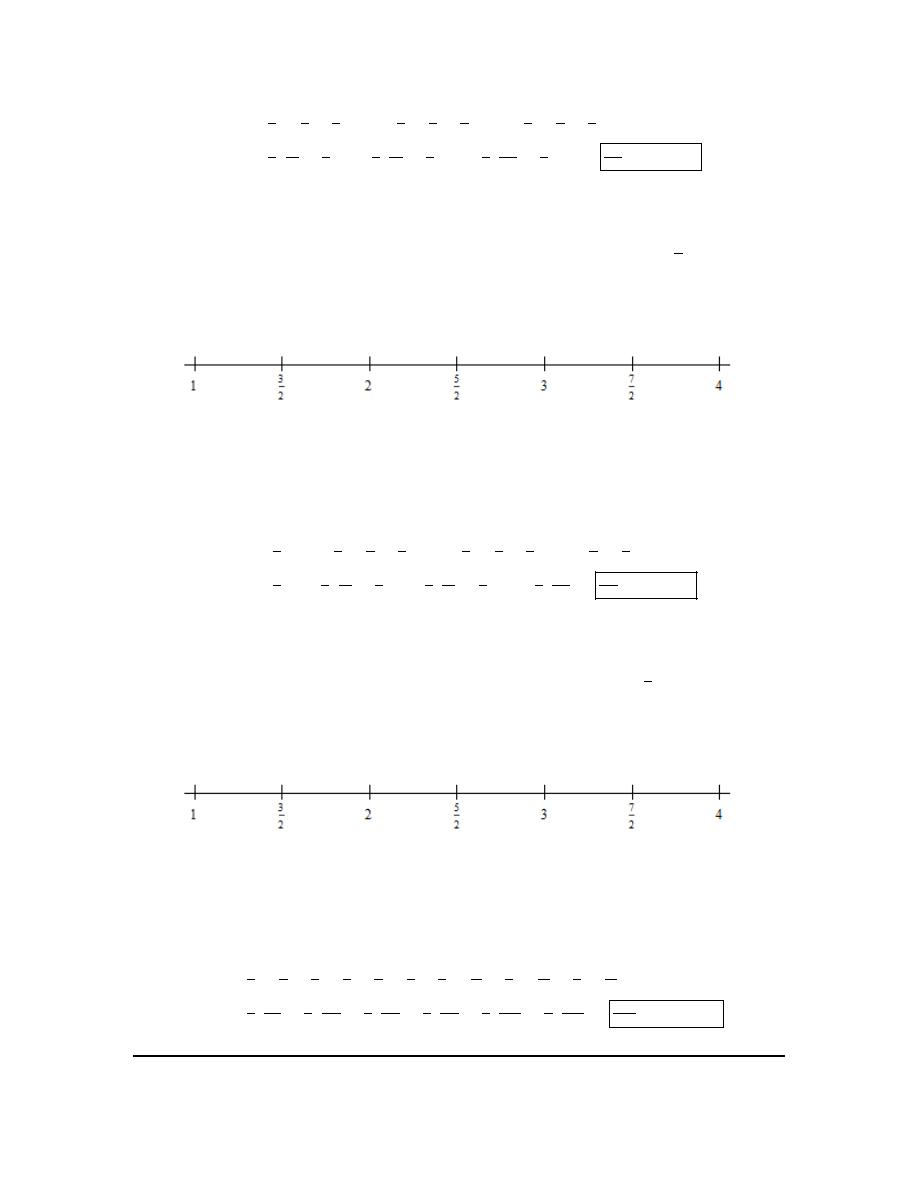
Calculus I
© 2007 Paul Dawkins
51
http://tutorial.math.lamar.edu/terms.aspx
( )
( )
( )
( )
( )
( )
( )
( )
( )
( )
( )
( )
3
5
7
1
1
1
1
1
1
2
2
2
2
2
2
2
2
2
23
57
179
683
1
1
1
1
1
1
2
8
2
2
8
2
2
8
2
16
Area
2
3
4
4
13
36
42.6875
f
f
f
f
f
f
≈
+
+
+
+
+
=
+
+
+
+
+
=
=
(b) the left end points of the subintervals for the height of the rectangles and,
As we found in the previous part the widths of each of the subintervals are
1
2
x
∆ =
.
Here is a copy of the number line showing the subintervals to help with the problem.
In this case we’re going to be using left end points of each of these subintervals to determine the
height of each of the rectangles.
The area between the function and the x-axis is then approximately,
( )
( )
( )
( )
( )
( )
( )
( )
( )
( )
( )
( )
3
5
7
1
1
1
1
1
1
2
2
2
2
2
2
2
2
2
23
57
179
419
1
1
1
1
1
1
2
2
8
2
2
8
2
2
8
16
Area
1
2
3
3
4
13
26.1875
f
f
f
f
f
f
≈
+
+
+
+
+
=
+
+
+
+
+
=
=
(c) the midpoints of the subintervals for the height of the rectangles.
As we found in the first part the widths of each of the subintervals are
1
2
x
∆ =
.
Here is a copy of the number line showing the subintervals to help with the problem.
In this case we’re going to be using midpoints of each of these subintervals to determine the
height of each of the rectangles.
The area between the function and the x-axis is then approximately,
( )
( )
( )
( )
( )
( )
( ) ( ) ( ) ( ) ( ) ( )
5
7
9
13
15
1
1
1
1
11
1
1
2
4
2
4
2
4
2
4
2
4
2
4
181
207
337
619
1101
1831
1069
1
1
1
1
1
1
2
64
2
64
2
64
2
64
2
64
2
64
32
Area
33.40625
f
f
f
f
f
f
≈
+
+
+
+
+
=
+
+
+
+
+
=
=
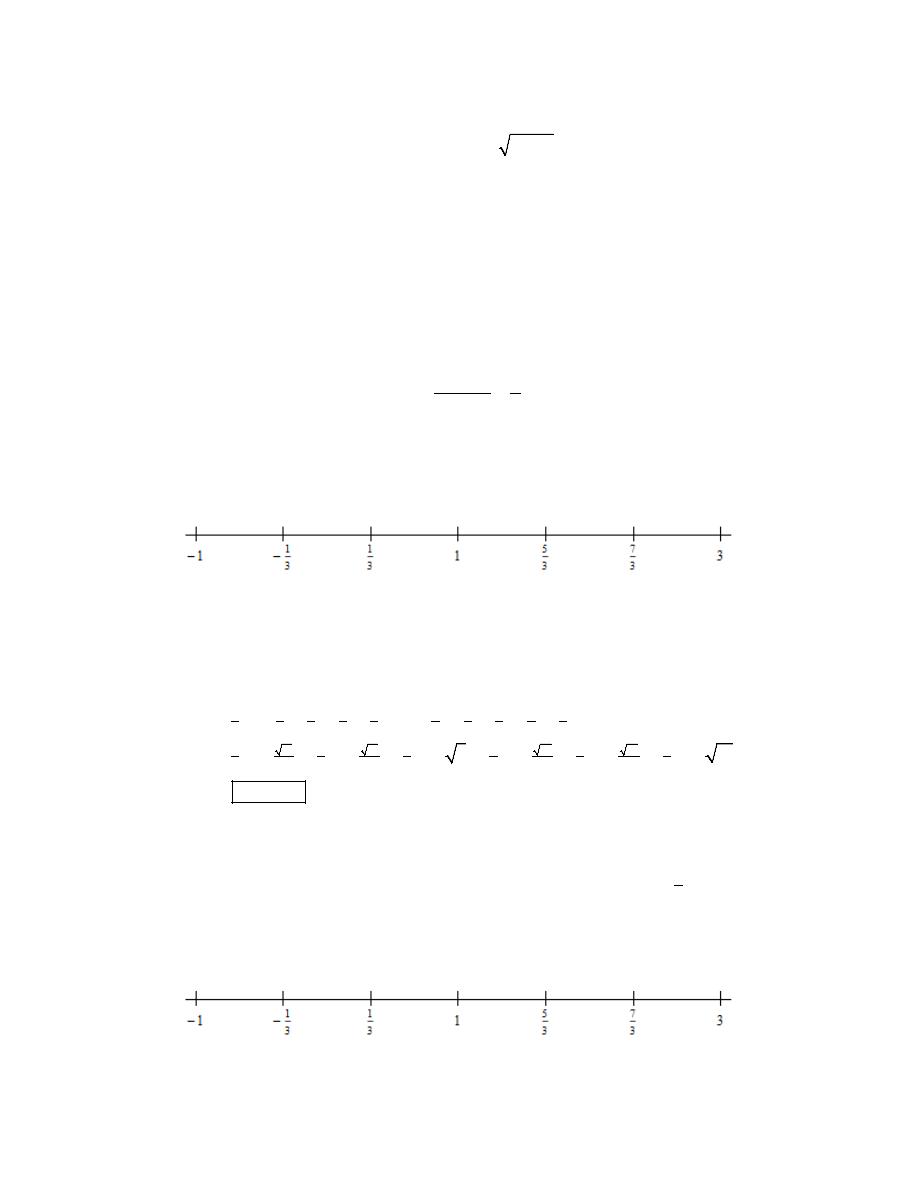
Calculus I
© 2007 Paul Dawkins
52
http://tutorial.math.lamar.edu/terms.aspx
2. Estimate the area of the region between
( )
2
4
2
g x
x
= −
+
the x-axis on
[
]
1, 3
−
using
6
n
=
and using,
(a) the right end points of the subintervals for the height of the rectangles,
(b) the left end points of the subintervals for the height of the rectangles and,
(c) the midpoints of the subintervals for the height of the rectangles.
(a) the right end points of the subintervals for the height of the rectangles,
The widths of each of the subintervals for this problem are,
( )
3
1
2
6
3
x
− −
∆ =
=
We don’t need to actually graph the function to do this problem. It would probably help to have a
number line showing subintervals however. Here is that number line.
In this case we’re going to be using right end points of each of these subintervals to determine the
height of each of the rectangles.
The area between the function and the x-axis is then approximately,
( )
( )
( )
( )
( )
( )
(
) (
)
(
)
(
) (
)
(
)
5
7
2
1
2
1
2
2
2
2
3
3
3
3
3
3
3
3
3
3
19
19
43
67
2
2
2
2
2
2
3
3
3
3
3
3
3
3
3
3
Area
1
3
4
4
4
3
4
4
4
11
7.420752
f
f
f
f
f
f
≈
− +
+
+
+
+
=
−
+
−
+
−
+
−
+
−
+
−
=
(b) the left end points of the subintervals for the height of the rectangles and,
As we found in the previous part the widths of each of the subintervals are
2
3
x
∆ =
.
Here is a copy of the number line showing the subintervals to help with the problem.
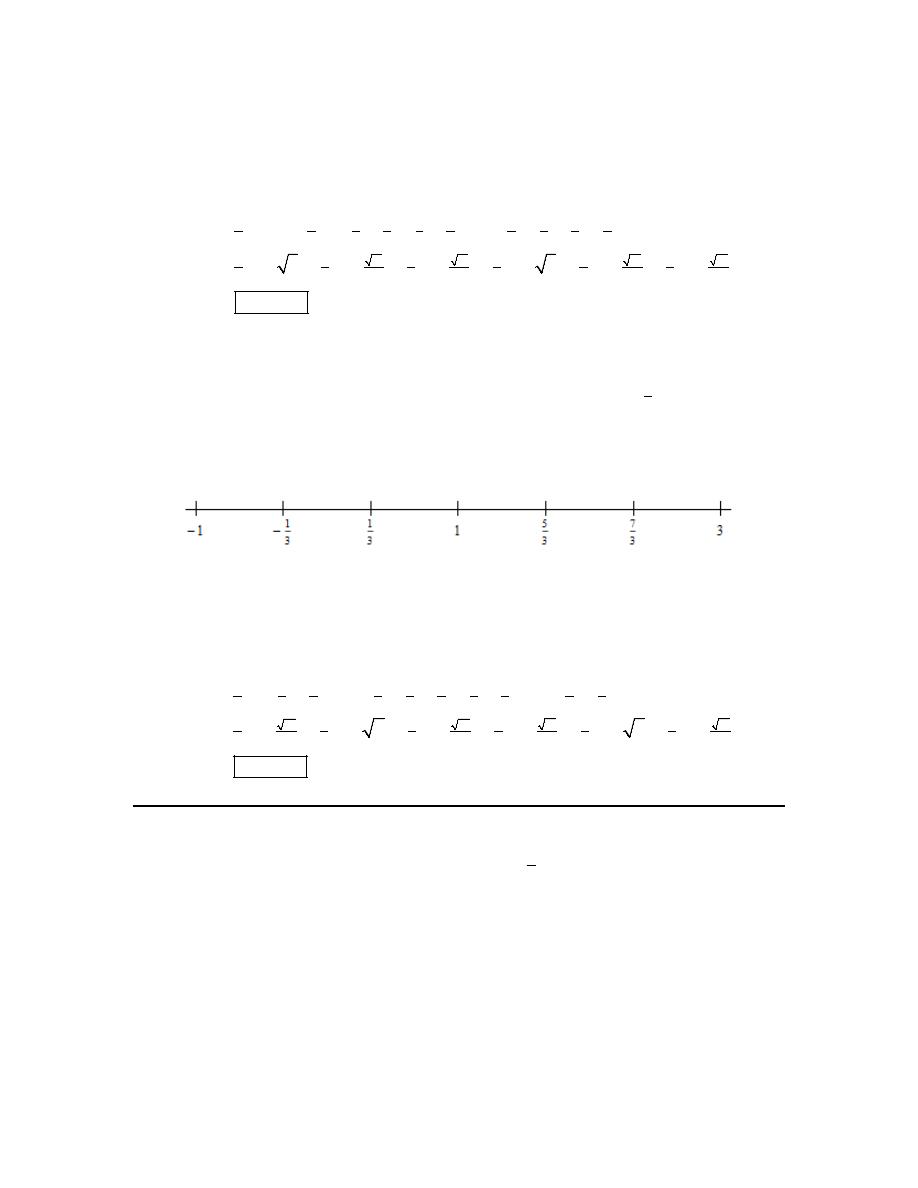
Calculus I
© 2007 Paul Dawkins
53
http://tutorial.math.lamar.edu/terms.aspx
In this case we’re going to be using left end points of each of these subintervals to determine the
height of each of the rectangles.
The area between the function and the x-axis is then approximately,
( )
( )
( )
( )
( )
( )
(
)
(
) (
)
(
)
(
) (
)
5
7
2
2
1
2
1
2
2
2
3
3
3
3
3
3
3
3
3
3
19
19
43
67
2
2
2
2
2
2
3
3
3
3
3
3
3
3
3
3
Area
1
1
4
3
4
4
4
3
4
4
8.477135
f
f
f
f
f
f
≈
− +
− +
+
+
+
=
−
+
−
+
−
+
−
+
−
+
−
=
(c) the midpoints of the subintervals for the height of the rectangles.
As we found in the first part the widths of each of the subintervals are
2
3
x
∆ =
.
Here is a copy of the number line showing the subintervals to help with the problem.
In this case we’re going to be using midpoints of each of these subintervals to determine the
height of each of the rectangles.
The area between the function and the x-axis is then approximately,
( )
( )
( )
( )
( )
( )
(
)
(
)
(
)
(
)
(
)
(
)
8
2
2
2
2
2
2
4
2
2
3
3
3
3
3
3
3
3
3
3
34
82
22
22
2
2
2
2
2
2
3
3
3
3
3
3
3
3
3
3
Area
0
2
4
4
2
4
4
4
6
4
8.031494
f
f
f
f
f
f
≈
− +
+
+
+
+
=
−
+
−
+
−
+
−
+
−
+
−
=
3. Estimate the area of the region between
( )
( )
3
cos
x
h x
x
= −
the x-axis on
[ ]
0, 3
using
6
n
=
and using,
(a) the right end points of the subintervals for the height of the rectangles,
(b) the left end points of the subintervals for the height of the rectangles and,
(c) the midpoints of the subintervals for the height of the rectangles.
(a) the right end points of the subintervals for the height of the rectangles,
The widths of each of the subintervals for this problem are,
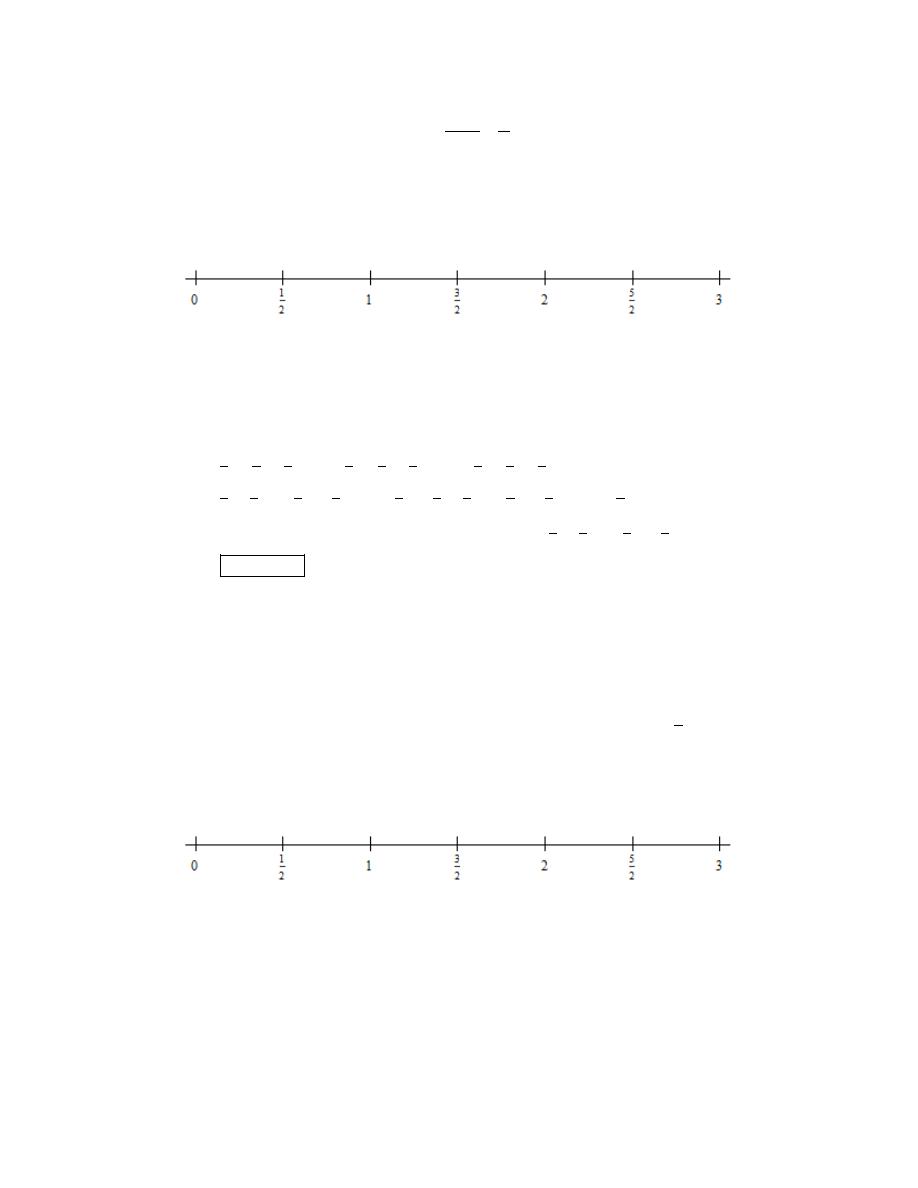
Calculus I
© 2007 Paul Dawkins
54
http://tutorial.math.lamar.edu/terms.aspx
3 0
1
6
2
x
−
∆ =
=
We don’t need to actually graph the function to do this problem. It would probably help to have a
number line showing subintervals however. Here is that number line.
In this case we’re going to be using right end points of each of these subintervals to determine the
height of each of the rectangles.
The area between the function and the x-axis is then approximately,
( )
( )
( )
( )
( )
( )
( )
(
)
( )
(
)
( )
(
)
( )
(
)
( )
(
)
( )
(
)
3
5
1
1
1
1
1
1
1
2
2
2
2
2
2
2
2
2
3
1
1
1
1
1
1
1
1
2
2
2
6
2
3
2
2
2
2
3
5
5
1
1
2
2
6
2
Area
1
2
3
cos
cos
cos
2 cos
cos
3cos 1
3.814057
f
f
f
f
f
f
≈
+
+
+
+
+
= −
+ −
+ −
+ −
+ −
+ −
= −
Do not get excited about the negative area here. As we discussed in this section this just means
that the graph, in this case, is below the x-axis as you could verify if you’d like to.
(b) the left end points of the subintervals for the height of the rectangles and,
As we found in the previous part the widths of each of the subintervals are
2
3
x
∆ =
.
Here is a copy of the number line showing the subintervals to help with the problem.
In this case we’re going to be using left end points of each of these subintervals to determine the
height of each of the rectangles.
The area between the function and the x-axis is then approximately,
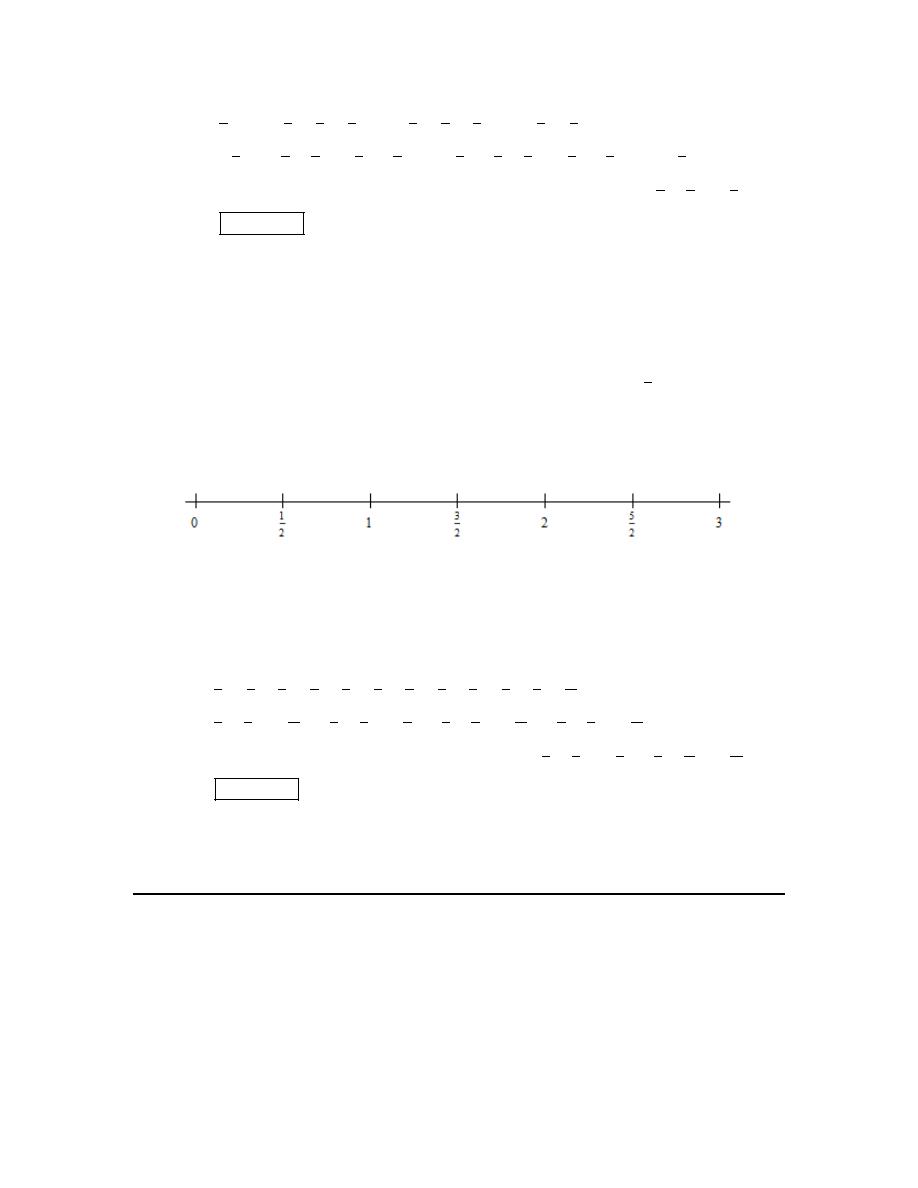
Calculus I
© 2007 Paul Dawkins
55
http://tutorial.math.lamar.edu/terms.aspx
( )
( )
( )
( )
( )
( )
( )
( )
(
)
( )
(
)
( )
(
)
( )
(
)
( )
(
)
3
5
1
1
1
1
1
1
1
2
2
2
2
2
2
2
2
2
3
1
1
1
1
1
1
1
1
1
2
2
2
2
6
2
3
2
2
2
2
3
5
5
1
2
2
6
Area
0
1
2
0
cos
cos
cos
2 cos
cos
3.003604
f
f
f
f
f
f
≈
+
+
+
+
+
= +
+ −
+ −
+ −
+ −
+ −
= −
Do not get excited about the negative area here. As we discussed in this section this just means
that the graph, in this case, is below the x-axis as you could verify if you’d like to.
(c) the midpoints of the subintervals for the height of the rectangles.
As we found in the first part the widths of each of the subintervals are
2
3
x
∆ =
.
Here is a copy of the number line showing the subintervals to help with the problem.
In this case we’re going to be using midpoints of each of these subintervals to determine the
height of each of the rectangles.
The area between the function and the x-axis is then approximately,
( )
( )
( )
( )
( )
( )
( )
(
)
( )
(
)
( )
(
)
( )
(
)
( )
(
)
( )
(
)
3
5
7
9
1
1
1
1
1
1
1
11
2
4
2
4
2
4
2
4
2
4
2
4
3
5
5
7
7
1
1
1
1
1
1
1
2
4
12
2
4
4
2
4
12
2
4
12
9
3
1
1
11
11
2
4
4
2
4
12
Area
cos
cos
cos
cos
cos
cos
3.449532
f
f
f
f
f
f
≈
+
+
+
+
+
= −
+ −
+ −
+ −
+ −
+ −
= −
Do not get excited about the negative area here. As we discussed in this section this just means
that the graph, in this case, is below the x-axis as you could verify if you’d like to.
4. Estimate the net area between
( )
2
5
8
12
f x
x
x
=
− −
and the x-axis on
[
]
2, 2
−
using
8
n
=
and the midpoints of the subintervals for the height of the rectangles. Without looking at a graph
of the function on the interval does it appear that more of the area is above or below the x-axis?
Step 1
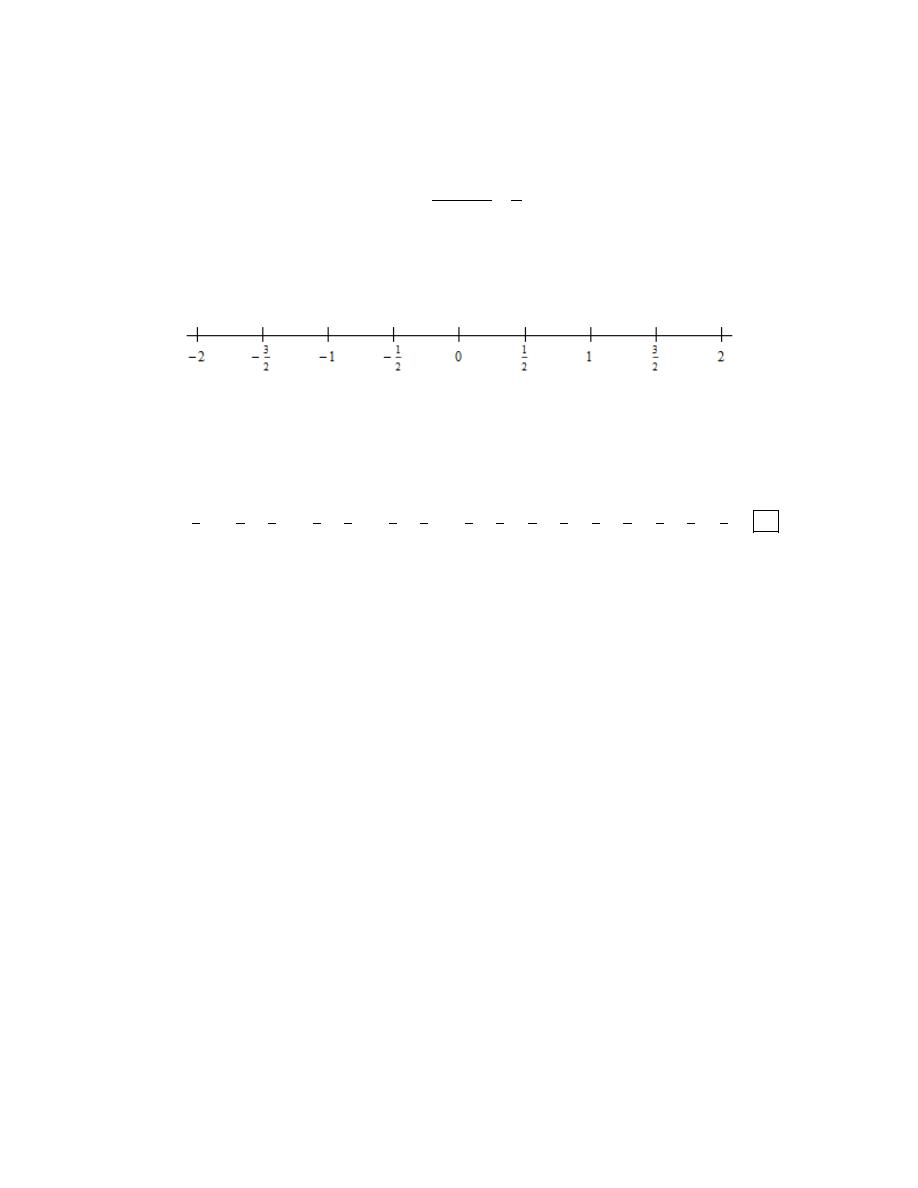
Calculus I
© 2007 Paul Dawkins
56
http://tutorial.math.lamar.edu/terms.aspx
First let’s estimate the area between the function and the x-axis on the interval. The widths of
each of the subintervals for this problem are,
( )
2
2
1
8
2
x
− −
∆ =
=
We don’t need to actually graph the function to do this problem. It would probably help to have a
number line showing subintervals however. Here is that number line.
Now, we’ll be using midpoints of each of these subintervals to determine the height of each of the
rectangles.
The area between the function and the x-axis is then approximately,
( )
( )
( )
( )
( )
( )
( )
( )
7
5
3
3
5
7
1
1
1
1
1
1
1
1
1
1
2
4
2
4
2
4
2
4
2
4
2
4
2
4
2
4
Area
6
f
f
f
f
f
f
f
f
≈
− +
− +
− +
− +
+
+
+
= −
We’ll leave it to you to check all the function evaluations. They get a little messy, but after all
the arithmetic is done we get a net area of -6.
Step 2
Now, as we (hopefully) recall from the discussion in this section area above the x-axis is positive
and area below the x-axis is negative. In this case we have estimated that the net area is -6 and
so, assuming that our estimate is accurate, it looks like we should have more area is below the x-
axis as above it.
Graph
For reference purposes here is the graph of the function with the area shaded in and as we can see
it does appear that there is slightly more area below as above the x-axis.
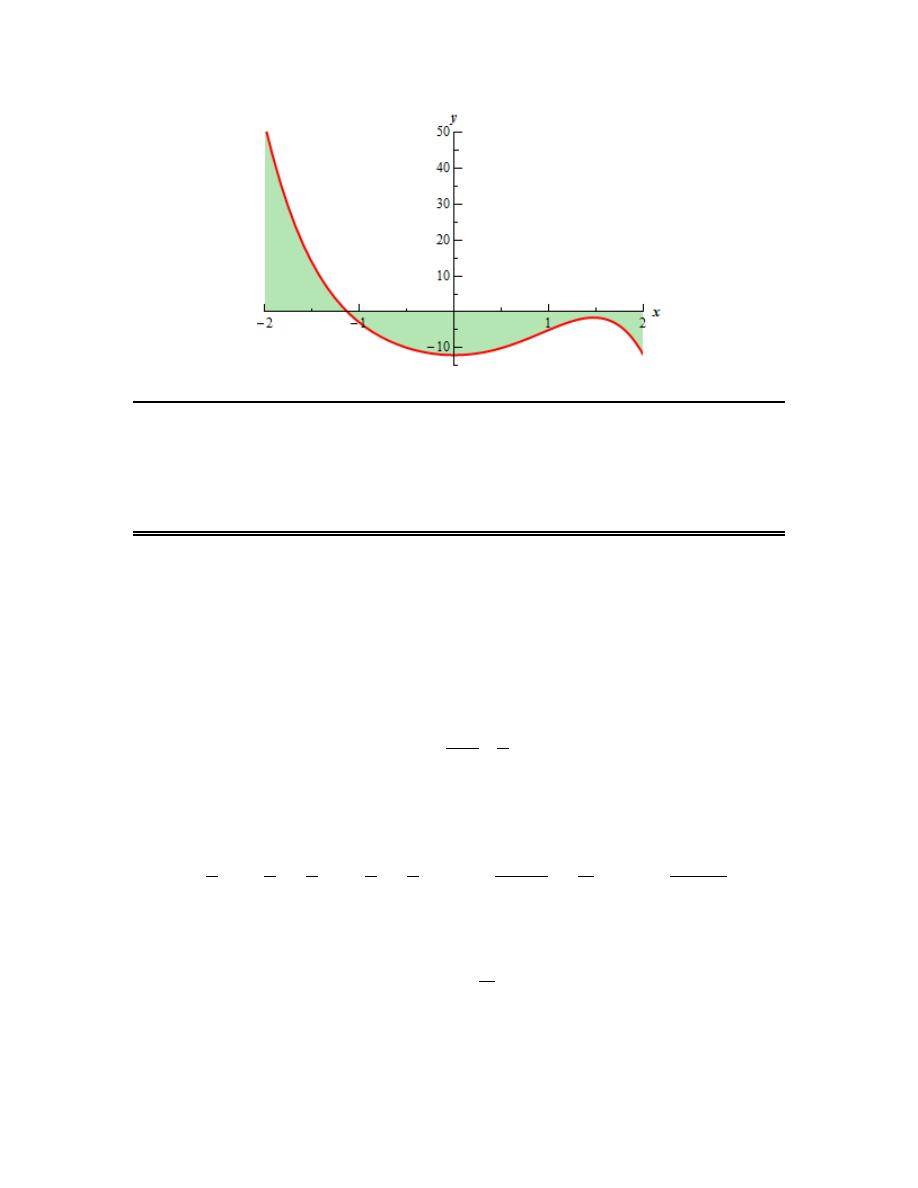
Calculus I
© 2007 Paul Dawkins
57
http://tutorial.math.lamar.edu/terms.aspx
The Definition of the Definite Integral
1. Use the definition of the definite integral to evaluate the integral. Use the right end point of
each interval for
*
i
x
.
4
1
2
3
x
dx
+
∫
Step 1
The width of each subinterval will be,
4 1
3
x
n
n
−
∆ =
=
The subintervals for the interval
[ ]
1, 4
are then,
( )
(
)
3
1
3
1
3
3
6
6
9
3
1,1
, 1
,1
, 1
,1
,
, , 1
,1
,
, , 1
, 4
i
n
i
n
n
n
n
n
n
n
n
−
−
+
+
+
+
+
+
+
+
From this it looks like the right end point, and hence
*
i
x
, of the general subinterval is,
*
3
1
i
i
x
n
= +
Step 2
The summation in the definition of the definite integral is then,

Calculus I
© 2007 Paul Dawkins
58
http://tutorial.math.lamar.edu/terms.aspx
( )
*
2
1
1
1
3
3
15
18
2 1
3
n
n
n
i
i
i
i
i
i
f x
x
n
n
n
n
=
=
=
∆ =
+
+
=
+
∑
∑
∑
Step 3
Now we need to use the formulas from the
Summation Notation
section in the Extras chapter to
“evaluate” the summation.
( )
( )
(
)
*
2
2
1
1
1
1
1
2
15
18
1
18
15
1
1
18
9
9
15
15
2
n
n
n
n
n
i
i
i
i
i
i
i
f x
x
i
n
n
n
n
n n
n
n
n
n
n
=
=
=
=
=
∆ =
+
=
+
+
+
=
+
=
+
∑
∑
∑
∑
∑
Step 4
Finally, we can use the definition of the definite integral to determine the value of the integral.
( )
4
*
1
1
9
9
9
2
3
lim
lim 15
lim 24
24
n
i
n
n
n
i
n
x
dx
f x
x
n
n
→∞
→∞
→∞
=
+
+
=
∆ =
+
=
+
=
∑
∫
2. Use the definition of the definite integral to evaluate the integral. Use the right end point of
each interval for
*
i
x
.
(
)
1
0
6
1
x x
dx
−
∫
Step 1
The width of each subinterval will be,
1 0
1
x
n
n
−
∆ =
=
The subintervals for the interval
[ ]
0,1
are then,
1
1 2
2 3
1
1
0,
,
,
,
,
,
, ,
,
,
, ,
,1
i
i
n
n
n n
n n
n
n
n
−
−
From this it looks like the right end point, and hence
*
i
x
, of the general subinterval is,
*
i
i
x
n
=
Step 2
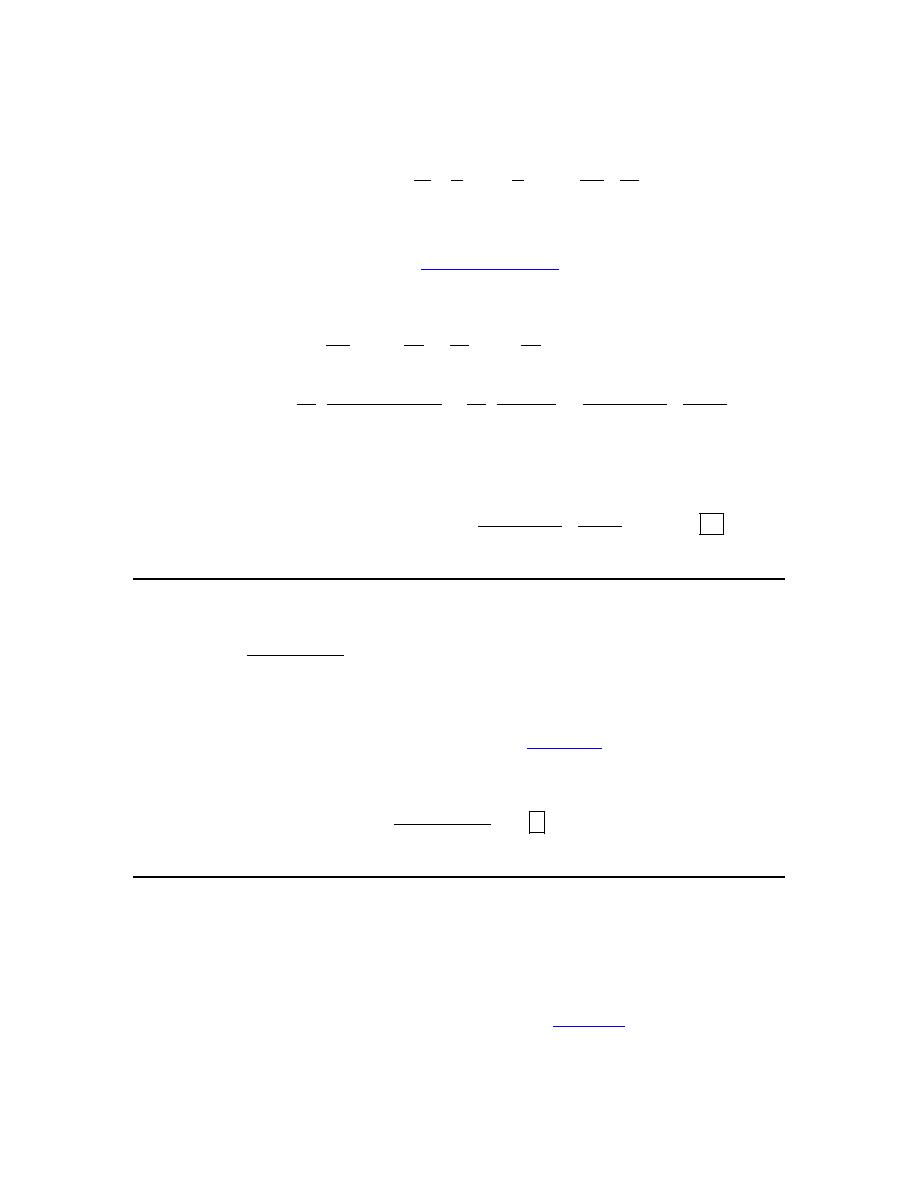
Calculus I
© 2007 Paul Dawkins
59
http://tutorial.math.lamar.edu/terms.aspx
The summation in the definition of the definite integral is then,
( )
2
*
3
2
1
1
1
6
1
6
6
1
n
n
n
i
i
i
i
i
i
i
i
f x
x
n
n
n
n
n
=
=
=
∆ =
−
=
−
∑
∑
∑
Step 3
Now we need to use the formulas from the
Summation Notation
section in the Extras chapter to
“evaluate” the summation.
( )
(
)(
)
(
)
2
*
2
3
2
3
2
1
1
1
1
1
2
3
2
2
6
6
6
6
1 2
1
1
6
6
2
3
1
3
3
6
2
n
n
n
n
n
i
i
i
i
i
i
i
i
f x
x
i
i
n
n
n
n
n n
n
n n
n
n
n
n
n
n
n
=
=
=
=
=
∆ =
−
=
−
+
+
+
+
+
+
=
−
=
−
∑
∑
∑
∑
∑
Step 4
Finally, we can use the definition of the definite integral to determine the value of the integral.
(
)
( )
2
1
*
2
0
1
2
3
1
3
3
6
1
lim
lim
2 3
1
n
i
n
n
i
n
n
n
x x
dx
f x
x
n
n
→∞
→∞
=
+
+
+
−
=
∆ =
−
= − = −
∑
∫
3. Evaluate :
(
)
4
3
2
4
4
cos
1
x
x
dx
x
+
+
⌠
⌡
e
Solution
There really isn’t much to this problem other than use
Property 2
from the notes on this
section.
(
)
4
3
2
4
4
cos
0
1
x
x
dx
x
+
=
+
⌠
⌡
e
4. Determine the value of
( )
6
11
9 f x dx
∫
given that
( )
11
6
7
f x dx
= −
∫
.
Solution
There really isn’t much to this problem other than use the
properties
from the notes of
this section until we get the given interval at which point we use the given value.
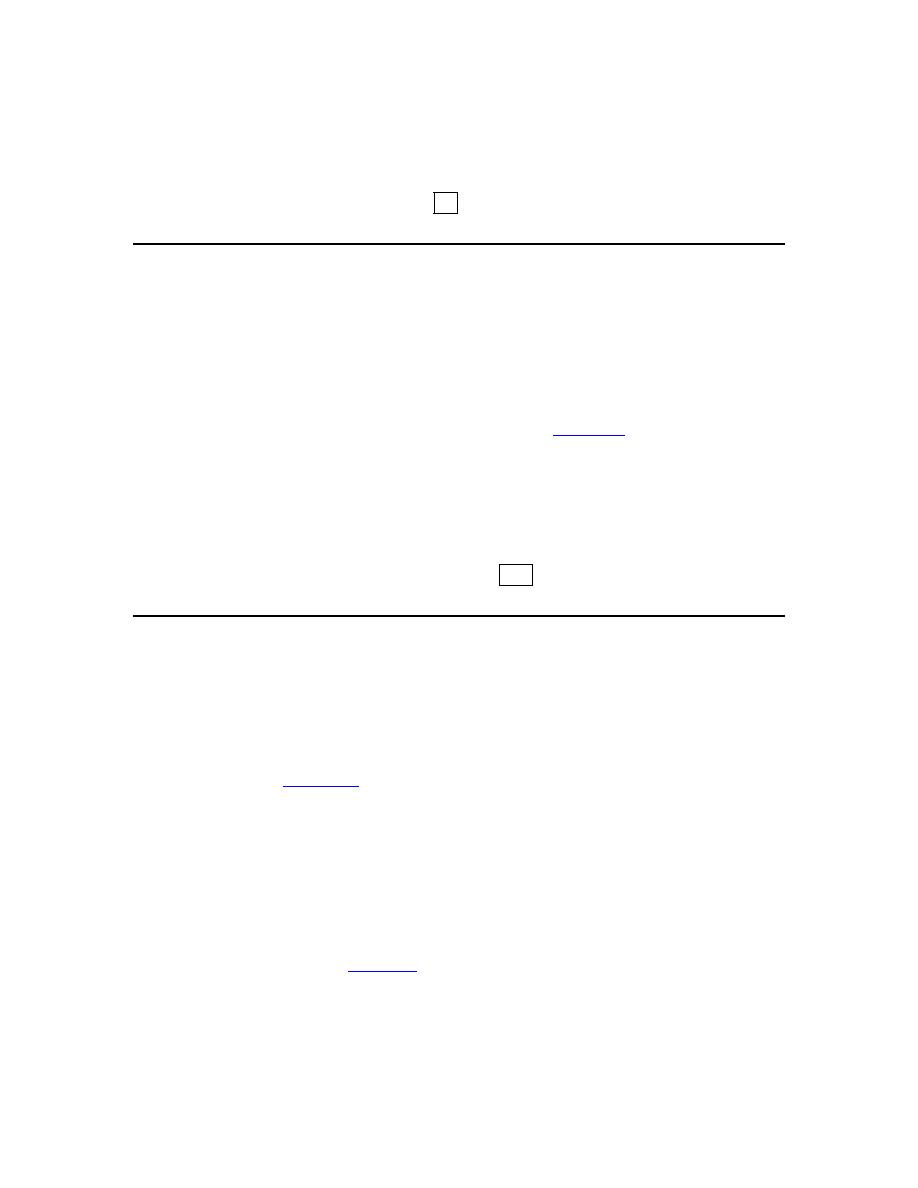
Calculus I
© 2007 Paul Dawkins
60
http://tutorial.math.lamar.edu/terms.aspx
( )
( )
( )
( )
6
6
11
11
11
6
9
9
Property 3
9
Property 1
9
7
63
f x dx
f x dx
f x dx
=
= −
= − − =
∫
∫
∫
5. Determine the value of
( )
( )
11
6
6
10
g x
f x dx
−
∫
given that
( )
11
6
7
f x dx
= −
∫
and
( )
11
6
24
g x dx
=
∫
.
Solution
There really isn’t much to this problem other than use the
properties
from the notes of
this section until we get the given intervals at which point we use the given values.
( )
( )
( )
( )
( )
( )
( )
( )
11
11
11
6
6
6
11
11
6
6
6
10
6
10
Property 4
6
10
Property 3
6 24
10
7
214
g x
f x dx
g x dx
f x dx
g x dx
f x dx
−
=
−
=
−
=
−
− =
∫
∫
∫
∫
∫
6. Determine the value of
( )
9
2
f x dx
∫
given that
( )
2
5
3
f x dx
=
∫
and
( )
9
5
8
f x dx
=
∫
.
Step 1
First we need to use
Property 5
from the notes of this section to break up the integral into
two integrals that use the same limits as the integrals given in the problem statement.
Note that we won’t worry about whether the limits are in correct place at this point.
( )
( )
( )
9
5
9
2
2
5
f x dx
f x dx
f x dx
=
+
∫
∫
∫
Step 2
Finally, all we need to do is use
Property 1
from the notes of this section to interchange the limits
on the first integral so they match up with the limits on the given integral. We can then use the
given values to determine the value of the integral.
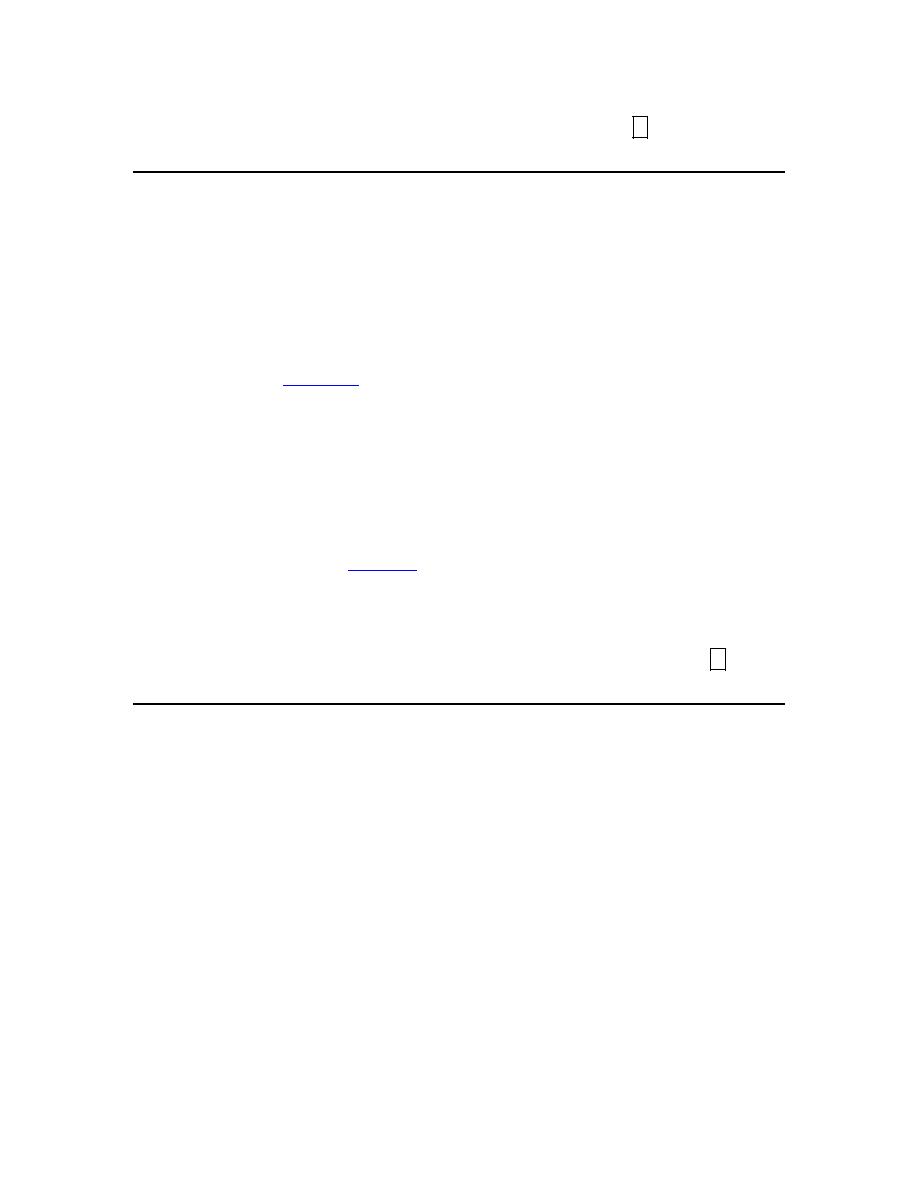
Calculus I
© 2007 Paul Dawkins
61
http://tutorial.math.lamar.edu/terms.aspx
( )
( )
( )
( )
9
2
9
2
5
5
3
8
5
f x dx
f x dx
f x dx
= −
+
= −
+ =
∫
∫
∫
7. Determine the value of
( )
20
4
f x dx
−
∫
given that
( )
0
4
2
f x dx
−
= −
∫
,
( )
0
31
19
f x dx
=
∫
and
( )
31
20
21
f x dx
= −
∫
.
Step 1
First we need to use
Property 5
from the notes of this section to break up the integral into
three integrals that use the same limits as the integrals given in the problem statement.
Note that we won’t worry about whether the limits are in correct place at this point.
( )
( )
( )
( )
20
0
31
20
4
4
0
31
f x dx
f x dx
f x dx
f x dx
−
−
=
+
+
∫
∫
∫
∫
Step 2
Finally, all we need to do is use
Property 1
from the notes of this section to interchange the limits
on the second and third integrals so they match up with the limits on the given integral. We can
then use the given values to determine the value of the integral.
( )
( )
( )
( )
( ) ( )
20
0
0
31
4
4
31
20
2
19
21
0
f x dx
f x dx
f x dx
f x dx
−
−
=
−
−
= − −
− −
=
∫
∫
∫
∫
8. For
4
1
3
2
x
dx
−
∫
sketch the graph of the integrand and use the area interpretation of the
definite integral to determine the value of the integral.
Step 1
Here is the graph of the integrand,
( )
3
2
f x
x
=
−
, on the interval
[ ]
1, 4
.
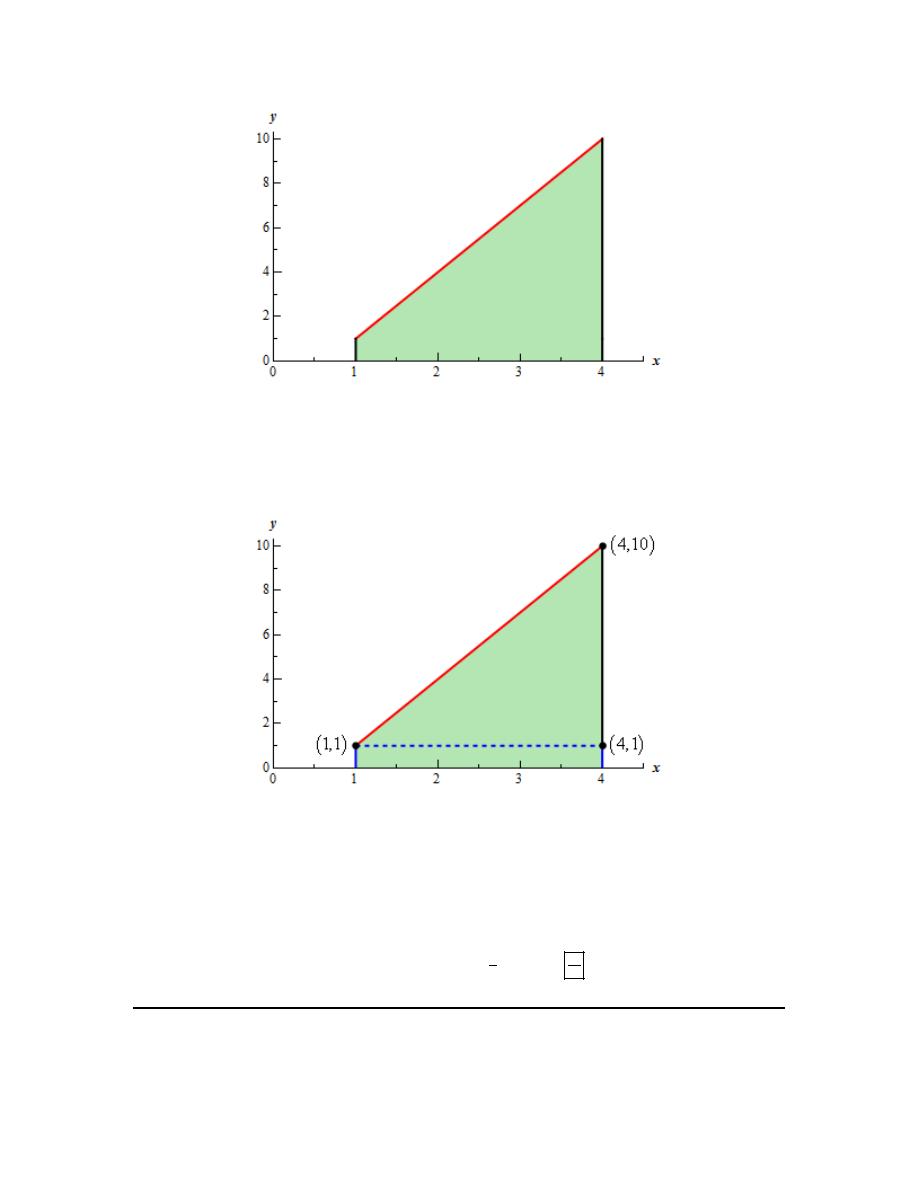
Calculus I
© 2007 Paul Dawkins
62
http://tutorial.math.lamar.edu/terms.aspx
Step 2
Now, we know that the integral is simply the area between the line and the x-axis and so we
should be able to use basic area formulas to help us determine the value of the integral. Here is a
“modified” graph that will help with this.
From this sketch we can see that we can think of this area as a rectangle with width 3 and height 1
and a triangle with base 3 and height 9. The value of the integral will then be the sum of the areas
of the rectangle and the triangle.
Here is the value of the integral,
( )( ) ( )( )
4
33
1
2
2
1
3
2
3 1
3 9
x
dx
−
=
+
=
∫
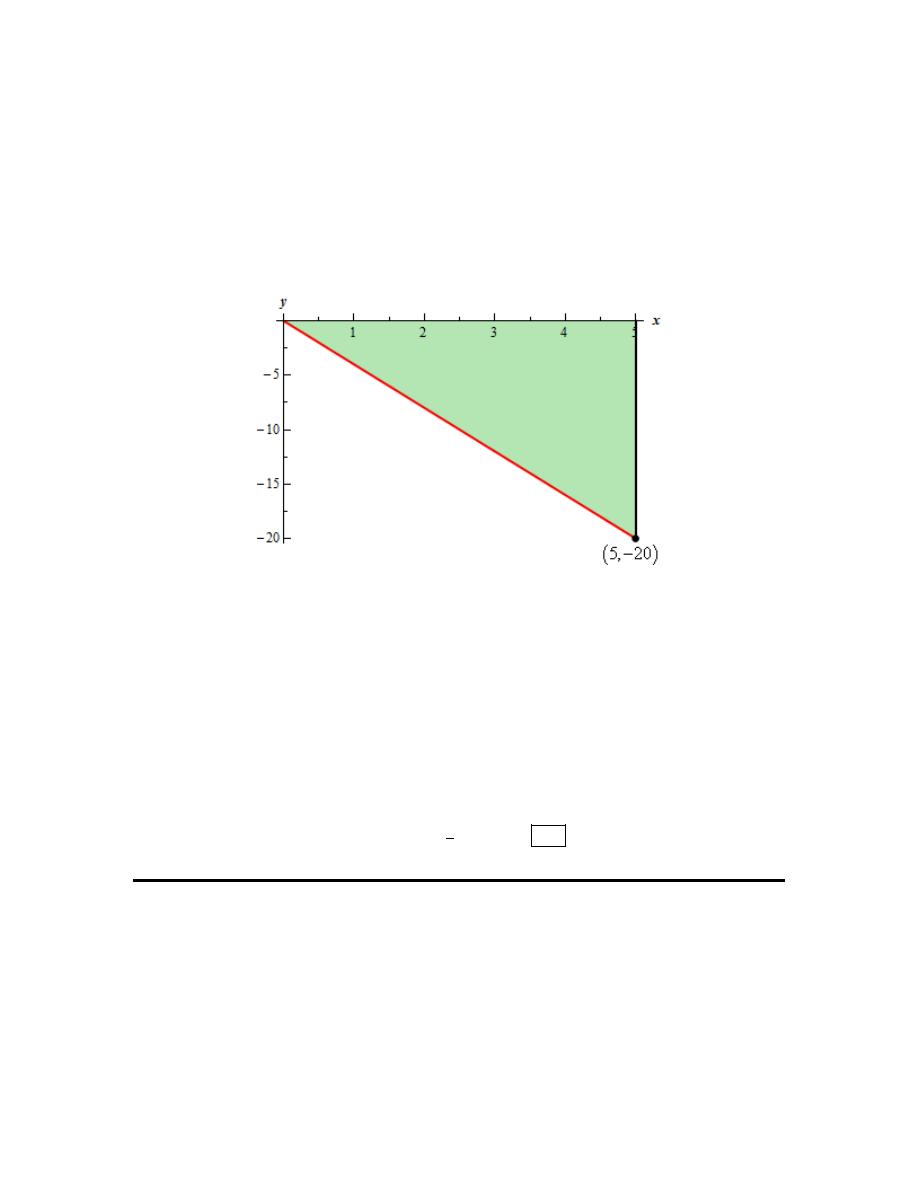
Calculus I
© 2007 Paul Dawkins
63
http://tutorial.math.lamar.edu/terms.aspx
9. For
5
0
4x dx
−
∫
sketch the graph of the integrand and use the area interpretation of the definite
integral to determine the value of the integral.
Step 1
Here is the graph of the integrand,
( )
4
f x
x
= −
on the interval
[ ]
0, 5
.
Step 2
Now, we know that the integral is simply the area between the line and the x-axis and so we
should be able to use basic area formulas to help us determine the value of the integral.
In this case we can see the area is clearly a triangle with base 5 and height 20. However, we need
to be a little careful here and recall that area that is below the x-axis is considered to be negative
area and so we’ll need to keep that in mind when we do the area computation.
Here is the value of the integral,
( )( )
5
1
2
0
4
5 20
50
x dx
−
= −
= −
∫
10. Differentiate the following integral with respect to x.
(
)
2
2
4
9 cos
6
1
x
t
t
dt
− +
∫
Solution
This is nothing more than a quick application of the Fundamental Theorem of Calculus, Part I.
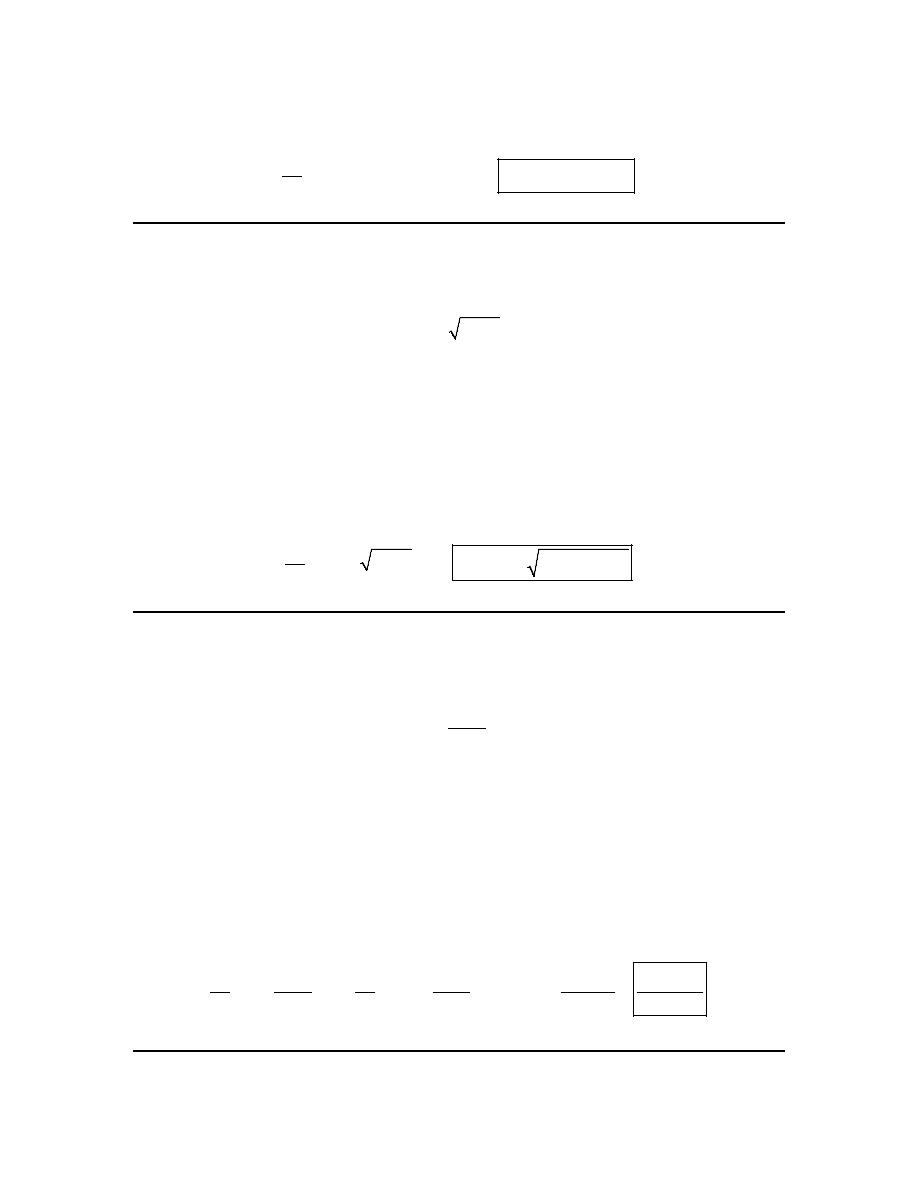
Calculus I
© 2007 Paul Dawkins
64
http://tutorial.math.lamar.edu/terms.aspx
The derivative is,
(
)
(
)
2
2
2
2
4
9 cos
6
1
9 cos
6
1
x
d
t
t
dt
x
x
dx
− +
=
−
+
∫
11. Differentiate the following integral with respect to x.
( )
sin 6
2
7
4
x
t
dt
+
∫
Solution
This is nothing more than a quick application of the Fundamental Theorem of Calculus, Part I.
Note however, that because the upper limit is not just x we’ll need to use the Chain Rule, with the
“inner function” as
( )
sin 6x
.
The derivative is,
( )
( )
( )
sin 6
2
2
7
4
6 cos 6
sin
6
4
x
d
t
dt
x
x
dx
+
=
+
∫
12. Differentiate the following integral with respect to x.
2
1
3
1
t
x
dt
t
−
−
⌠
⌡
e
Solution
This is nothing more than a quick application of the Fundamental Theorem of Calculus, Part I.
Note however, that we’ll need to interchange the limits to get the lower limit to a number and the
x’s in the upper limit as required by the theorem. Also, note that because the upper limit is not
just x we’ll need to use the Chain Rule, with the “inner function” as
2
3x
.
The derivative is,
( )
2
2
2
2
1
2
1
3
3
3
3
1
1
1
2 2
6
3
x
t
t
x
x
x
d
d
dt
dt
x
dx
t
dx
t
x
x
−
−
−
−
−
−
=
−
= −
=
⌠
⌠
⌡
⌡
e
e
e
e
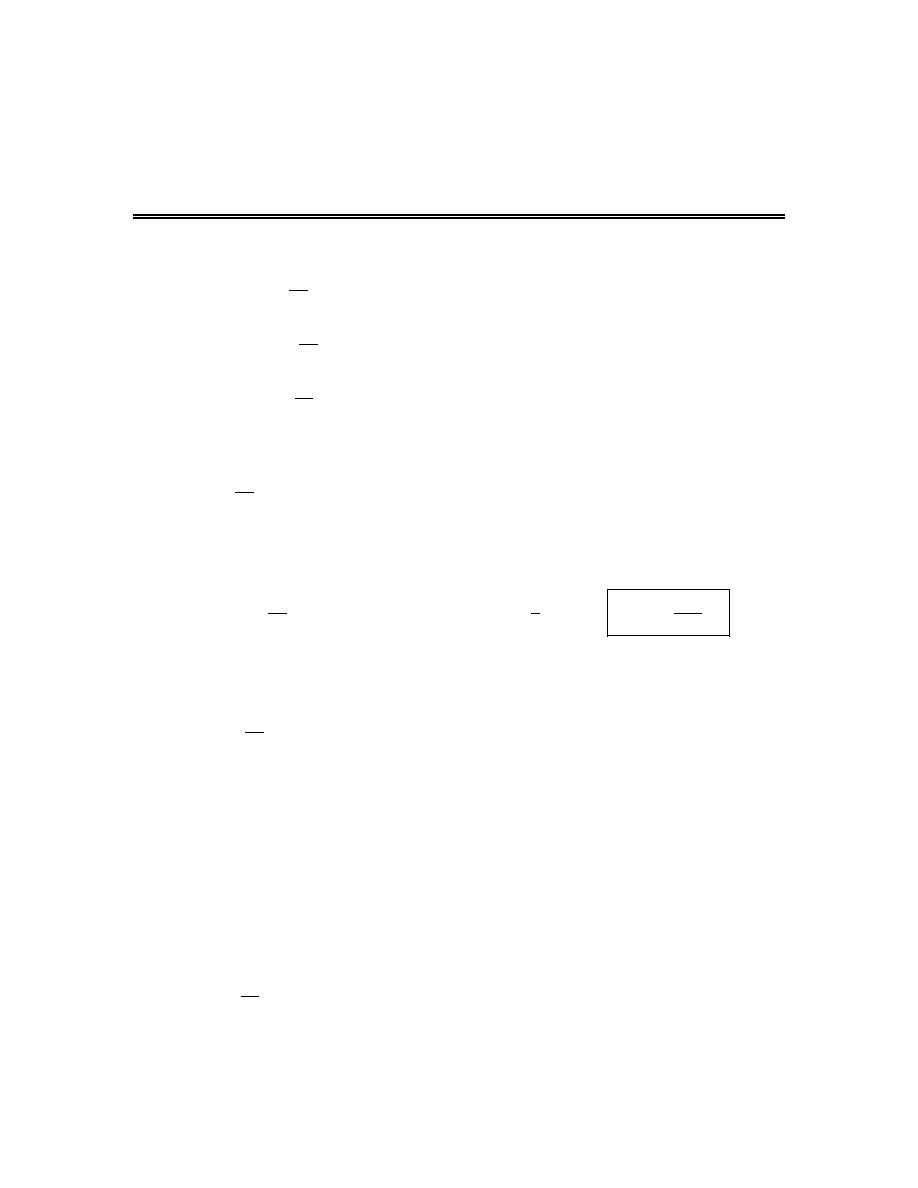
Calculus I
© 2007 Paul Dawkins
65
http://tutorial.math.lamar.edu/terms.aspx
Computing Definite Integrals
1. Evaluate each of the following integrals.
a.
( )
5
3
cos x
dx
x
−
⌠
⌡
b.
( )
4
5
3
3
cos x
dx
x
−
−
⌠
⌡
c.
( )
4
5
1
3
cos x
dx
x
−
⌠
⌡
a.
( )
5
3
cos x
dx
x
−
⌠
⌡
This is just an indefinite integral and by this point we should be comfortable doing them so here
is the answer to this part.
( )
( )
( )
( )
5
4
3
4
5
4
3
3
cos
cos
3
sin
sin
4
x
dx
x
x dx
x
x
c
x
c
x
x
−
−
−
=
−
=
+
+ =
+
+
⌠
⌡
∫
Don’t forget to add on the “+c” since we are doing an indefinite integral!
b.
( )
4
5
3
3
cos x
dx
x
−
−
⌠
⌡
Recall that in order to do a definite integral the integrand (i.e. the function we are integrating)
must be continuous on the interval over which we are integrating,
[
]
3, 4
−
in this case.
We can clearly see that the second term will have division by zero at
0
x
=
and
0
x
=
is in the
interval over which we are integrating and so this function is not continuous on the interval over
which we are integrating.
Therefore, this integral cannot be done.
c.
( )
4
5
1
3
cos x
dx
x
−
⌠
⌡
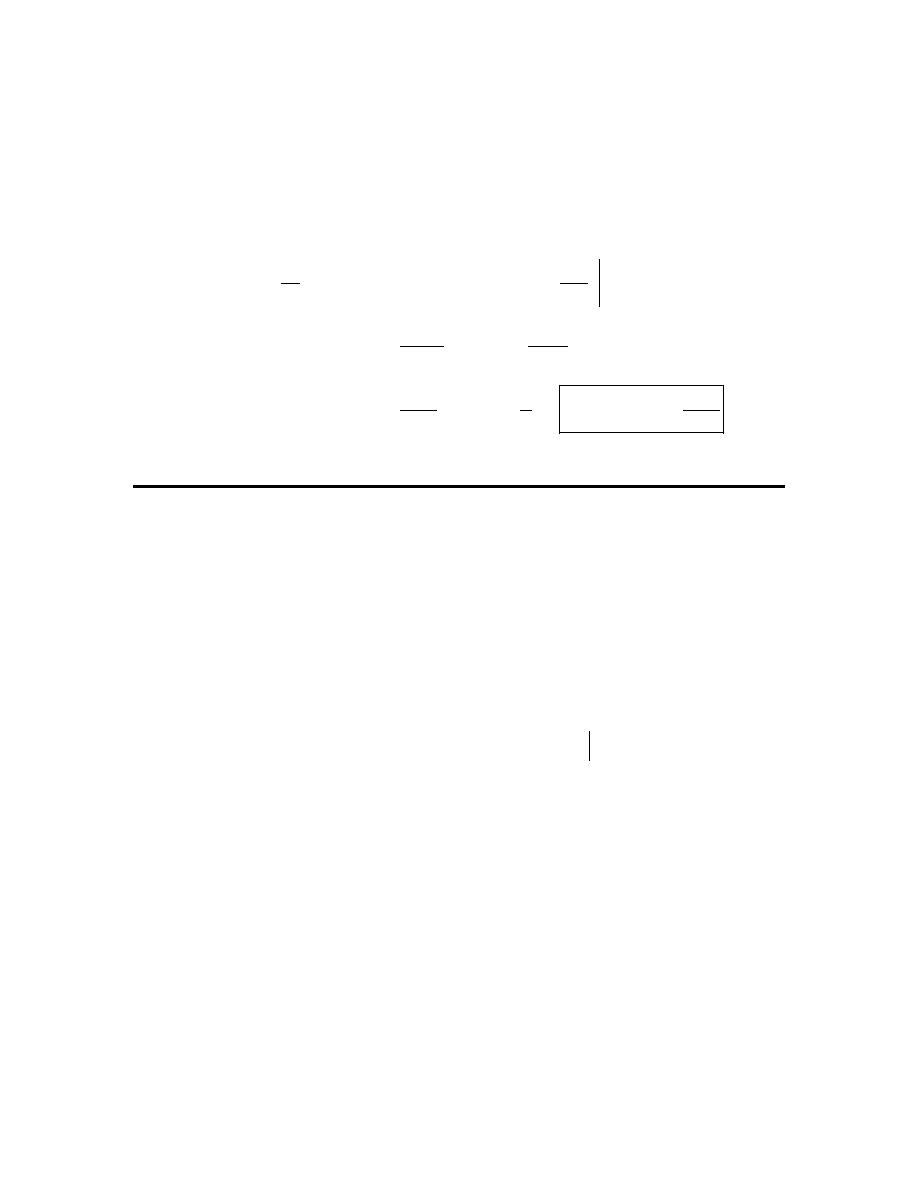
Calculus I
© 2007 Paul Dawkins
66
http://tutorial.math.lamar.edu/terms.aspx
Now, the function still has a division by zero problem in the second term at
0
x
=
. However,
unlike the previous part
0
x
=
does not fall in the interval over which we are integrating,
[ ]
1, 4
in
this case.
This integral can therefore be done. Here is the work for this integral.
( )
( )
( )
( )
( )
( )
( )
( )
( )
( )
( )
4
4
4
5
5
4
1
1
1
4
4
3
3
cos
cos
3
sin
4
3
3
sin 4
sin 1
4 4
4 1
3
3
765
sin 4
sin 1
sin 4
sin 1
1024
4
1024
x
dx
x
x dx
x
x
x
−
−
=
−
=
+
=
+
−
−
=
+
−
−
=
−
−
⌠
⌡
∫
2. Evaluate the following integral, if possible. If it is not possible clearly explain why it is not
possible to evaluate the integral.
6
3
2
1
12
9
2
x
x
dx
−
+
∫
Step 1
First we need to integrate the function.
(
)
6
6
3
2
4
3
1
1
12
9
2
3
3
2
x
x
dx
x
x
x
−
+
=
−
+
∫
Recall that we don’t need to add the “+c” in the definite integral case as it will just cancel in the
next step.
Step 2
The final step is then just to do the evaluation.
We’ll leave the basic arithmetic to you to verify and only show the results of the evaluation.
Make sure that you evaluate the upper limit first and then subtract off the evaluation at the lower
limit.
Here is the answer for this problem.
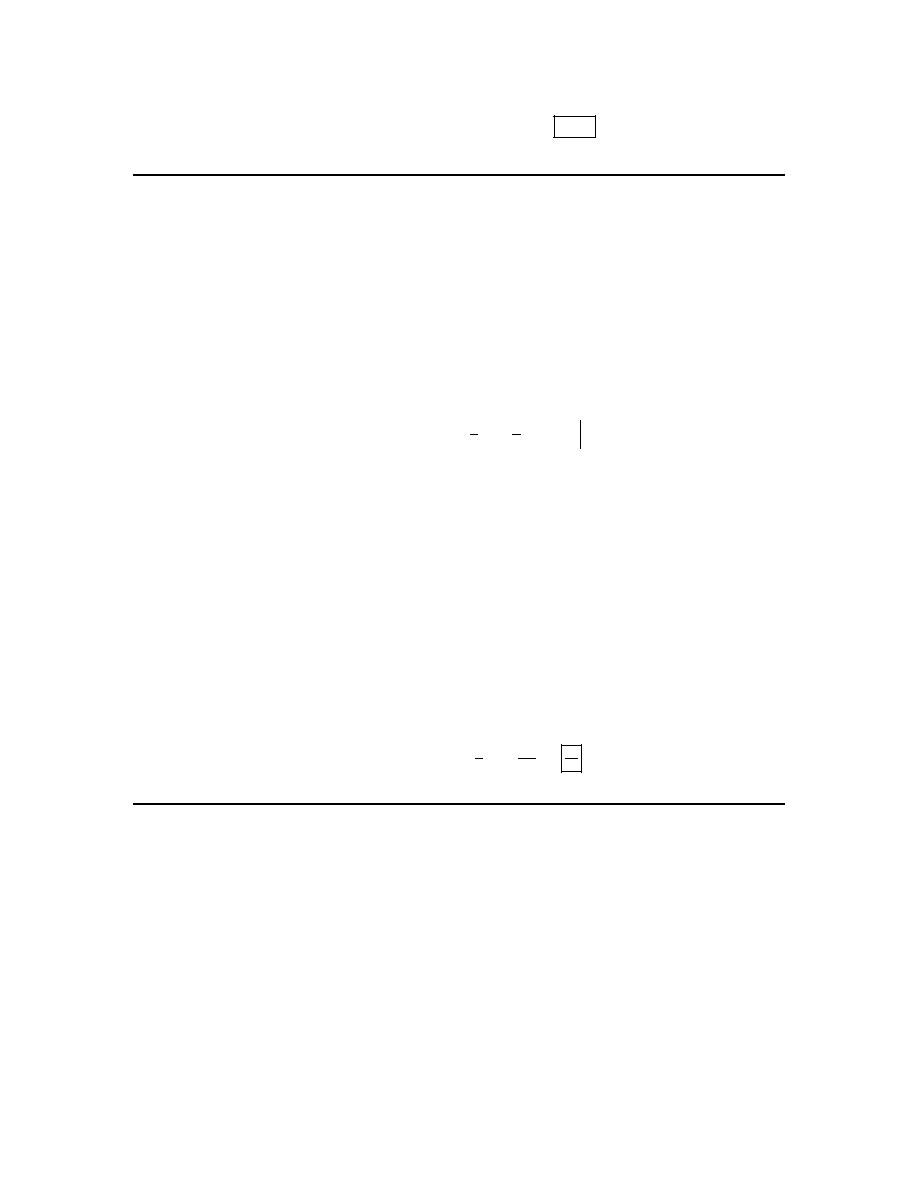
Calculus I
© 2007 Paul Dawkins
67
http://tutorial.math.lamar.edu/terms.aspx
6
3
2
1
12
9
2
3252 2
3250
x
x
dx
−
+
=
− =
∫
3. Evaluate the following integral, if possible. If it is not possible clearly explain why it is not
possible to evaluate the integral.
1
2
2
5
7
3
z
z
dz
−
−
+
∫
Step 1
First we need to integrate the function.
(
)
1
1
2
3
2
5
7
3
2
2
2
5
7
3
3
z
z
dz
z
z
z
−
−
−
+
=
−
+
∫
Recall that we don’t need to add the “+c” in the definite integral case as it will just cancel in the
next step.
Step 2
The final step is then just to do the evaluation.
We’ll leave the basic arithmetic to you to verify and only show the results of the evaluation.
Make sure that you evaluate the upper limit first and then subtract off the evaluation at the lower
limit.
Here is the answer for this problem.
(
)
1
2
7
100
69
6
3
2
2
5
7
3
z
z
dz
−
−
+
= − −
=
∫
4. Evaluate the following integral, if possible. If it is not possible clearly explain why it is not
possible to evaluate the integral.
0
4
2
3
15
13
w
w
w dw
−
+
∫
Step 1
First, do not get excited about the fact that the lower limit of integration is a larger number than
the upper limit of integration. The problem works in exactly the same way.
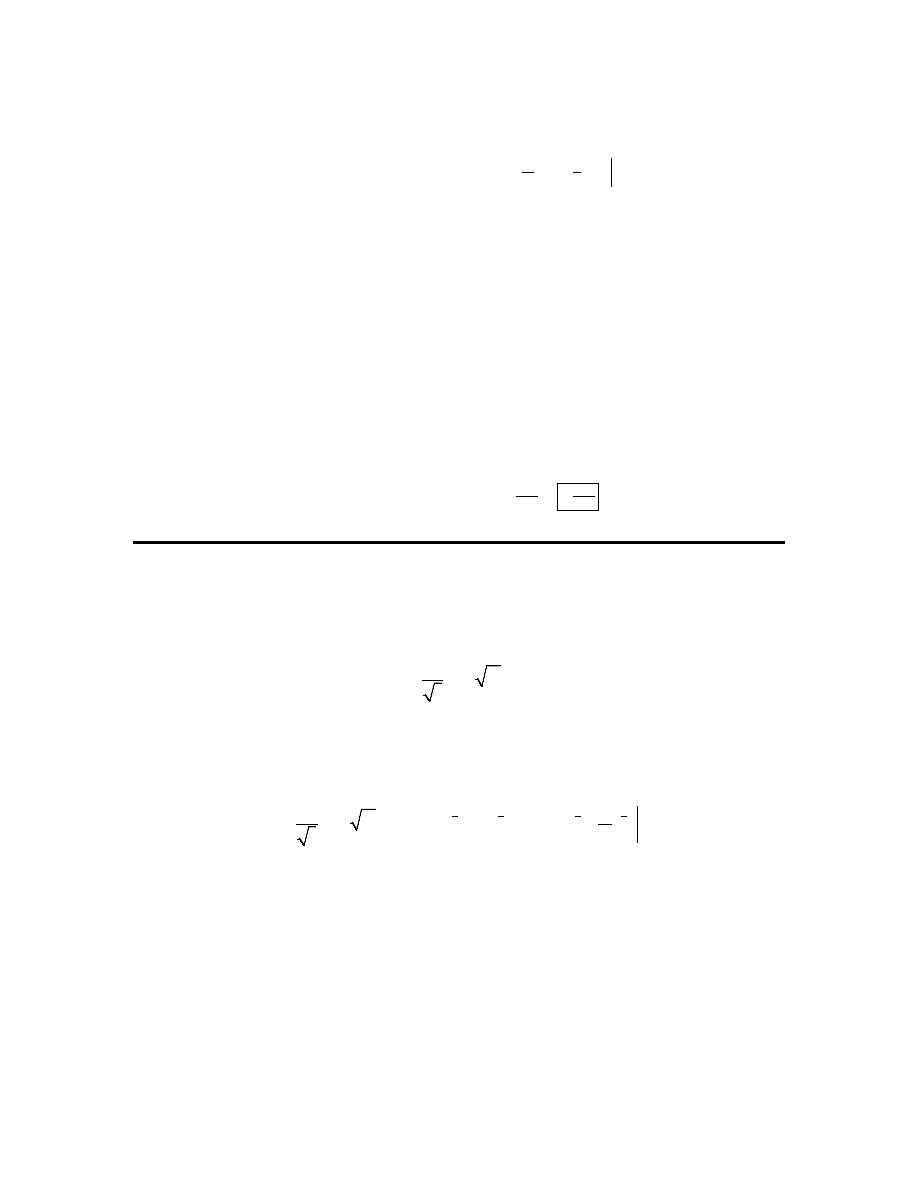
Calculus I
© 2007 Paul Dawkins
68
http://tutorial.math.lamar.edu/terms.aspx
So, we need to integrate the function.
(
)
0
0
4
2
5
2
2
13
1
3
2
3
3
15
13
3
w
w
w dw
w
w
w
−
+
=
−
+
∫
Recall that we don’t need to add the “+c” in the definite integral case as it will just cancel in the
next step.
Step 2
The final step is then just to do the evaluation.
We’ll leave the basic arithmetic to you to verify and only show the results of the evaluation.
Make sure that you evaluate the upper limit first and then subtract off the evaluation at the lower
limit.
Here is the answer for this problem.
0
4
2
1233
1233
2
2
3
15
13
0
w
w
w dw
−
+
= −
= −
∫
5. Evaluate the following integral, if possible. If it is not possible clearly explain why it is not
possible to evaluate the integral.
4
3
1
8
12 t dt
t
−
⌠
⌡
Step 1
First we need to integrate the function.
(
)
3
5
1
1
2
2
2
2
4
4
4
3
24
5
1
1
1
8
12
8
12
16
t dt
t
t dt
t
t
t
−
−
=
−
=
−
⌠
⌡
∫
Recall that we don’t need to add the “+c” in the definite integral case as it will just cancel in the
next step.
Step 2
The final step is then just to do the evaluation.
We’ll leave the basic arithmetic to you to verify and only show the results of the evaluation.
Make sure that you evaluate the upper limit first and then subtract off the evaluation at the lower
limit.
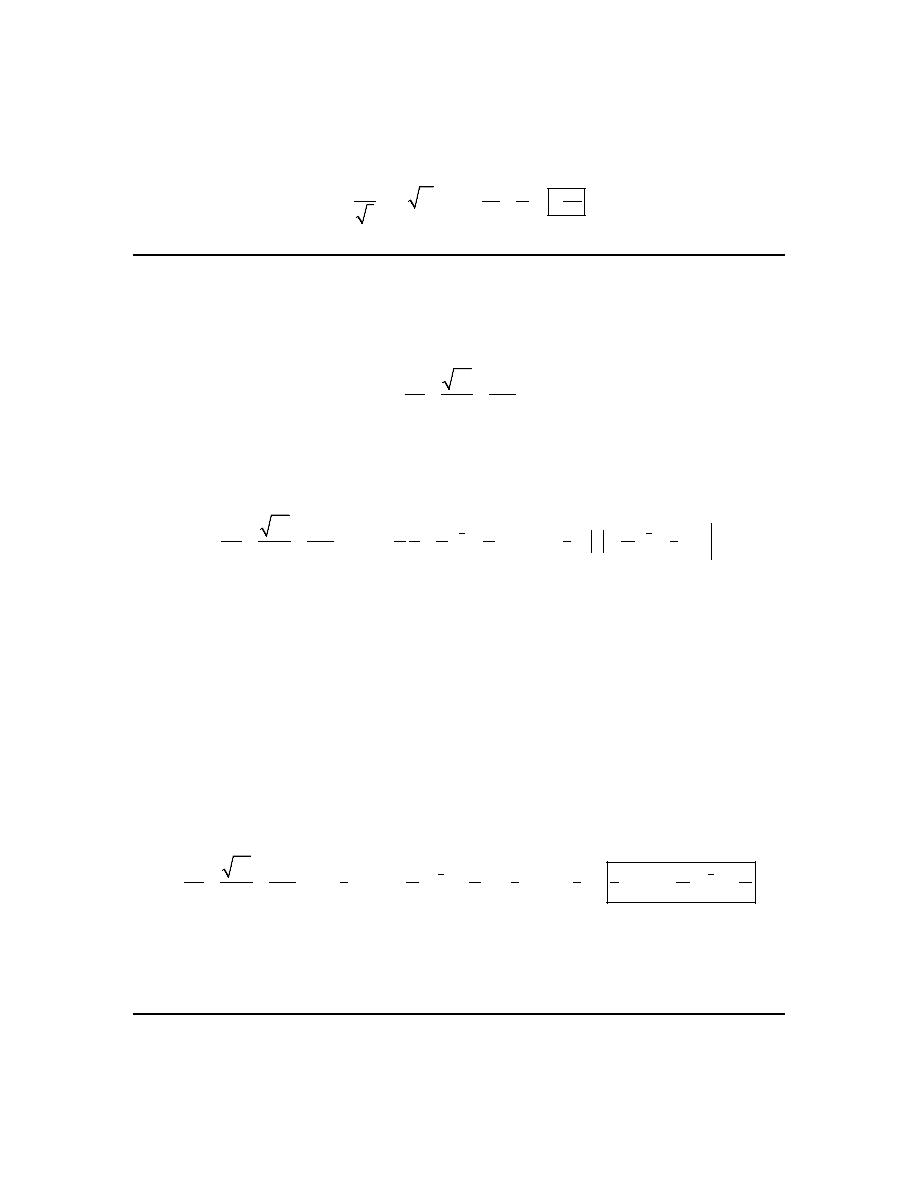
Calculus I
© 2007 Paul Dawkins
69
http://tutorial.math.lamar.edu/terms.aspx
Here is the answer for this problem.
4
3
608
56
664
5
5
5
1
8
12 t dt
t
−
= −
− = −
⌠
⌡
6. Evaluate the following integral, if possible. If it is not possible clearly explain why it is not
possible to evaluate the integral.
2
3
2
3
1
1
1
7
4
2
z
dz
z
z
+
−
⌠
⌡
Step 1
First we need to integrate the function.
(
)
5
2
3
3
2
2
3
2
2
3
2
3
1
1
7
20
4
3
1
1
1
1
1
1 1
1
1
ln
7
4
2
7
4
2
z
dz
z
z dz
z
z
z
z
z
z
−
−
+
−
=
+
−
=
+
+
⌠
⌠
⌡
⌡
Recall that we don’t need to add the “+c” in the definite integral case as it will just cancel in the
next step.
Step 2
The final step is then just to do the evaluation.
We’ll leave the basic arithmetic to you to verify and only show the results of the evaluation.
Make sure that you evaluate the upper limit first and then subtract off the evaluation at the lower
limit.
Here is the answer for this problem.
( )
( )
(
)
( )
(
)
( )
( )
5
5
3
3
2
3
2
3
3
27
1
1
1
2
1
7
20
16
7
5
7
20
80
3
1
1
1
ln 2
2
ln 1
ln 2
2
7
4
2
z
dz
z
z
+
−
=
+
+
−
+
=
+
−
⌠
⌡
Don’t forget that
( )
ln 1
0
=
! Also, don’t get excited about “messy” answers like this. They
happen on occasion.

Calculus I
© 2007 Paul Dawkins
70
http://tutorial.math.lamar.edu/terms.aspx
7. Evaluate the following integral, if possible. If it is not possible clearly explain why it is not
possible to evaluate the integral.
4
6
4
2
2
1
x
x
dx
x
−
−
+
⌠
⌡
Solution
In this case note that the third term will have division by zero at
0
x
=
and this is in the interval
we are integrating over,
[
]
2, 4
−
and hence is not continuous on this interval.
Therefore, this integral cannot be done.
8. Evaluate the following integral, if possible. If it is not possible clearly explain why it is not
possible to evaluate the integral.
(
)
1
2
4
3 4
x
x dx
−
−
−
∫
Step 1
In this case we’ll first need to multiply out the integrand before we actually do the integration.
Doing that integrating the function gives,
(
)
(
)
1
1
1
2
2
3
3
4
4
4
4
3 4
3
4
x
x dx
x
x dx
x
x
−
−
−
−
−
−
−
=
−
=
−
∫
∫
Recall that we don’t need to add the “+c” in the definite integral case as it will just cancel in the
next step.
Step 2
The final step is then just to do the evaluation.
We’ll leave the basic arithmetic to you to verify and only show the results of the evaluation.
Make sure that you evaluate the upper limit first and then subtract off the evaluation at the lower
limit.
Here is the answer for this problem.
(
)
(
)
1
2
4
3 4
2
320
318
x
x dx
−
−
−
= − − −
=
∫
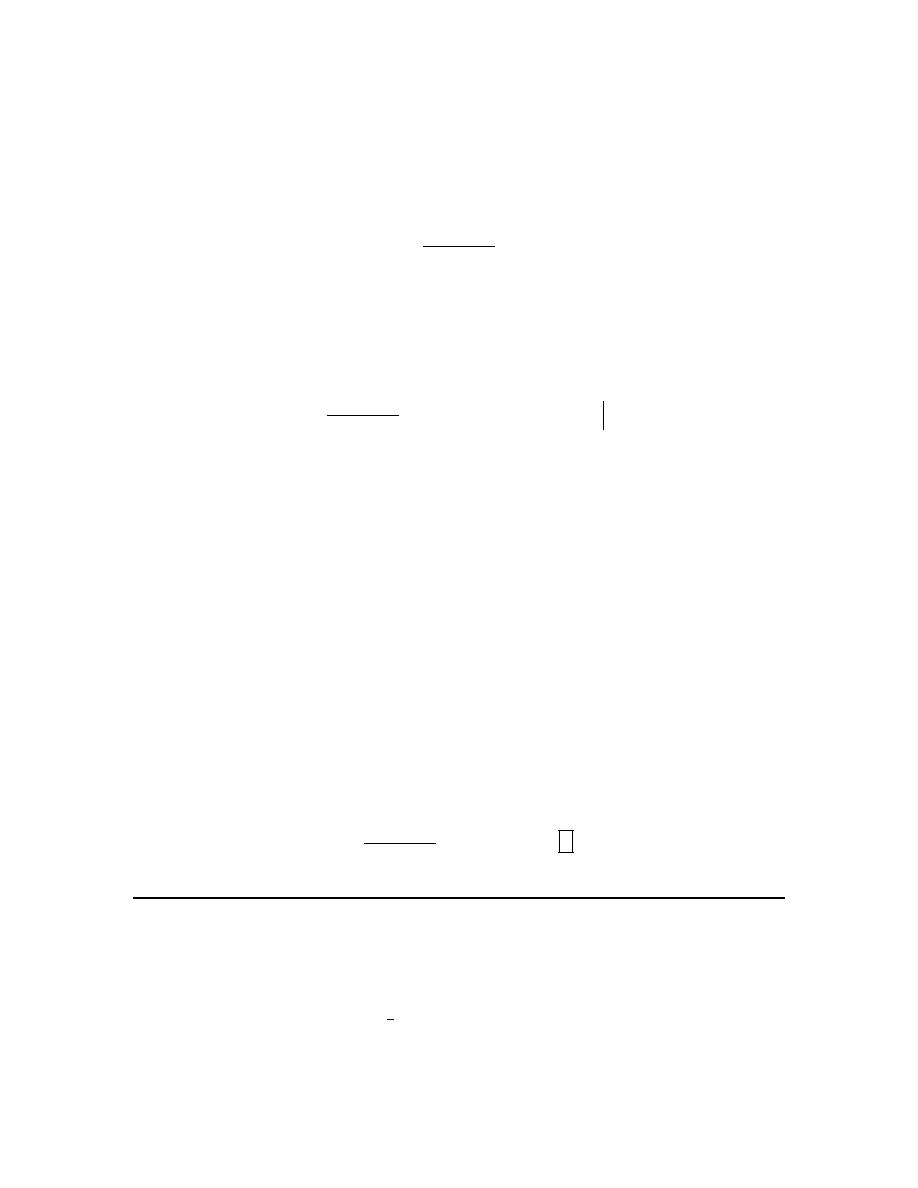
Calculus I
© 2007 Paul Dawkins
71
http://tutorial.math.lamar.edu/terms.aspx
9. Evaluate the following integral, if possible. If it is not possible clearly explain why it is not
possible to evaluate the integral.
1
3
2
2
2
2
6
y
y
dy
y
−
⌠
⌡
Step 1
In this case we’ll first need to simplify the integrand to remove the quotient before we actually do
the integration. Doing that integrating the function gives,
(
)
1
3
2
1
1
2
2
2
2
2
2
6
2
6
6
y
y
dy
y
dy
y
y
y
−
=
−
=
−
⌠
⌡
∫
Do not get excited about the fact that the lower limit of integration is larger than the upper limit
of integration. This will happen on occasion and the integral works in exactly the same manner
as we’ve been doing them.
Also, recall that we don’t need to add the “+c” in the definite integral case as it will just cancel in
the next step.
Step 2
The final step is then just to do the evaluation.
We’ll leave the basic arithmetic to you to verify and only show the results of the evaluation.
Make sure that you evaluate the upper limit first and then subtract off the evaluation at the lower
limit.
Here is the answer for this problem.
( )
1
3
2
2
2
2
6
5
8
3
y
y
dy
y
−
= − − − =
⌠
⌡
10. Evaluate the following integral, if possible. If it is not possible clearly explain why it is not
possible to evaluate the integral.
( )
( )
2
0
7 sin
2 cos
t
t dt
π
−
∫
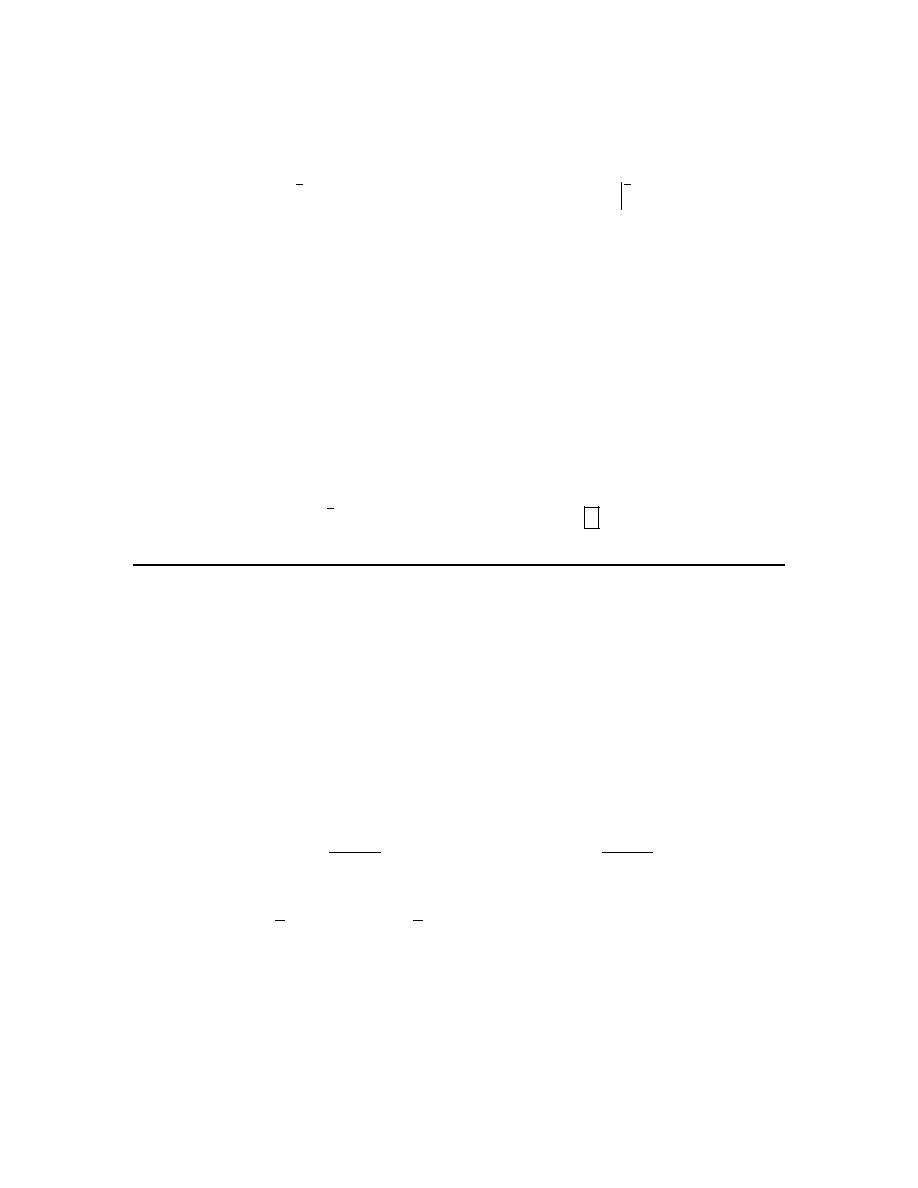
Calculus I
© 2007 Paul Dawkins
72
http://tutorial.math.lamar.edu/terms.aspx
Step 1
First we need to integrate the function.
( )
( )
( )
( )
(
)
2
2
0
0
7 sin
2 cos
7 cos
2 sin
t
t dt
t
t
π
π
−
= −
−
∫
Recall that we don’t need to add the “+c” in the definite integral case as it will just cancel in the
next step.
Step 2
The final step is then just to do the evaluation.
We’ll leave the basic arithmetic to you to verify and only show the results of the evaluation.
Make sure that you evaluate the upper limit first and then subtract off the evaluation at the lower
limit.
Here is the answer for this problem.
( )
( )
( )
2
0
7 sin
2 cos
2
7
5
t
t dt
π
−
= − − − =
∫
11. Evaluate the following integral, if possible. If it is not possible clearly explain why it is not
possible to evaluate the integral.
( ) ( )
0
sec
tan
1
z
z
dz
π
−
∫
Solution
Be careful with this integral. Recall that,
( )
( )
( )
( )
( )
sin
1
sec
tan
cos
cos
z
z
z
z
z
=
=
Also recall that
( )
2
cos
0
π
=
and that
2
x
π
=
is in the interval we are integrating over,
[ ]
0,
π
and
hence is not continuous on this interval.
Therefore, this integral cannot be done.
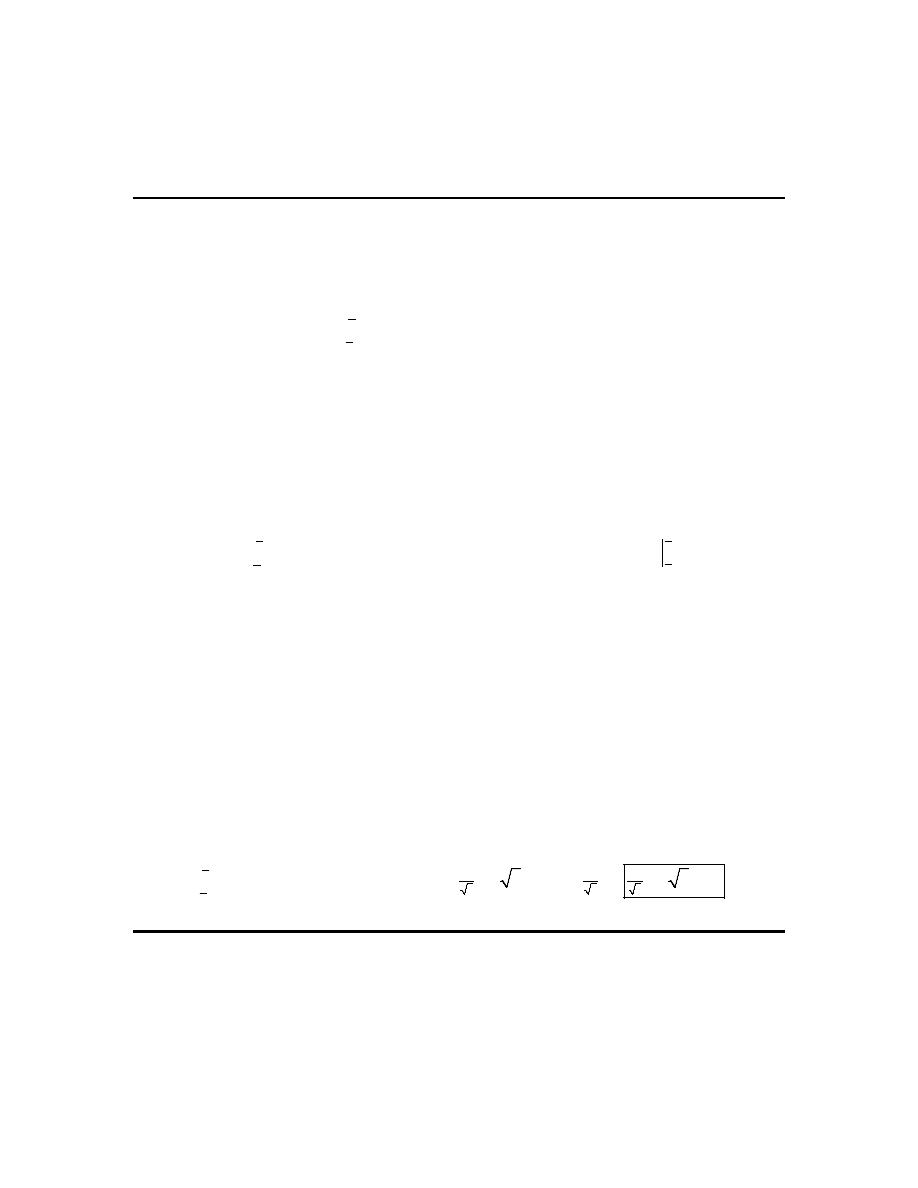
Calculus I
© 2007 Paul Dawkins
73
http://tutorial.math.lamar.edu/terms.aspx
It is often easy to overlook these kinds of division by zero problems in integrands when the
integrand is not explicitly written as a rational expression. So, be careful and don’t forget that
division by zero can sometimes be “hidden” in the integrand!
12. Evaluate the following integral, if possible. If it is not possible clearly explain why it is not
possible to evaluate the integral.
( )
( ) ( )
3
6
2
2 sec
8 csc
cot
w
w
w dw
π
π
−
∫
Step 1
First notice that even though we do have some “hidden” rational expression here (in the
definitions of the trig functions) neither cosine nor sine is zero in the interval we are integrating
over and so both terms are continuous over the interval.
Therefore all we need to do integrate the function.
( )
( ) ( )
( )
( )
(
)
3
3
6
6
2
2 sec
8 csc
cot
2 tan
8 csc
w
w
w dw
w
w
π
π
π
π
−
=
+
∫
Recall that we don’t need to add the “+c” in the definite integral case as it will just cancel in the
next step.
Step 2
The final step is then just to do the evaluation.
We’ll leave the basic arithmetic to you to verify and only show the results of the evaluation.
Make sure that you evaluate the upper limit first and then subtract off the evaluation at the lower
limit.
Here is the answer for this problem.
( )
( ) ( )
(
)
(
)
3
6
2
16
2
14
3
3
3
2 sec
8 csc
cot
2 3
16
2 3 16
w
w
w dw
π
π
−
=
+
−
+
=
+
−
∫
13. Evaluate the following integral, if possible. If it is not possible clearly explain why it is not
possible to evaluate the integral.
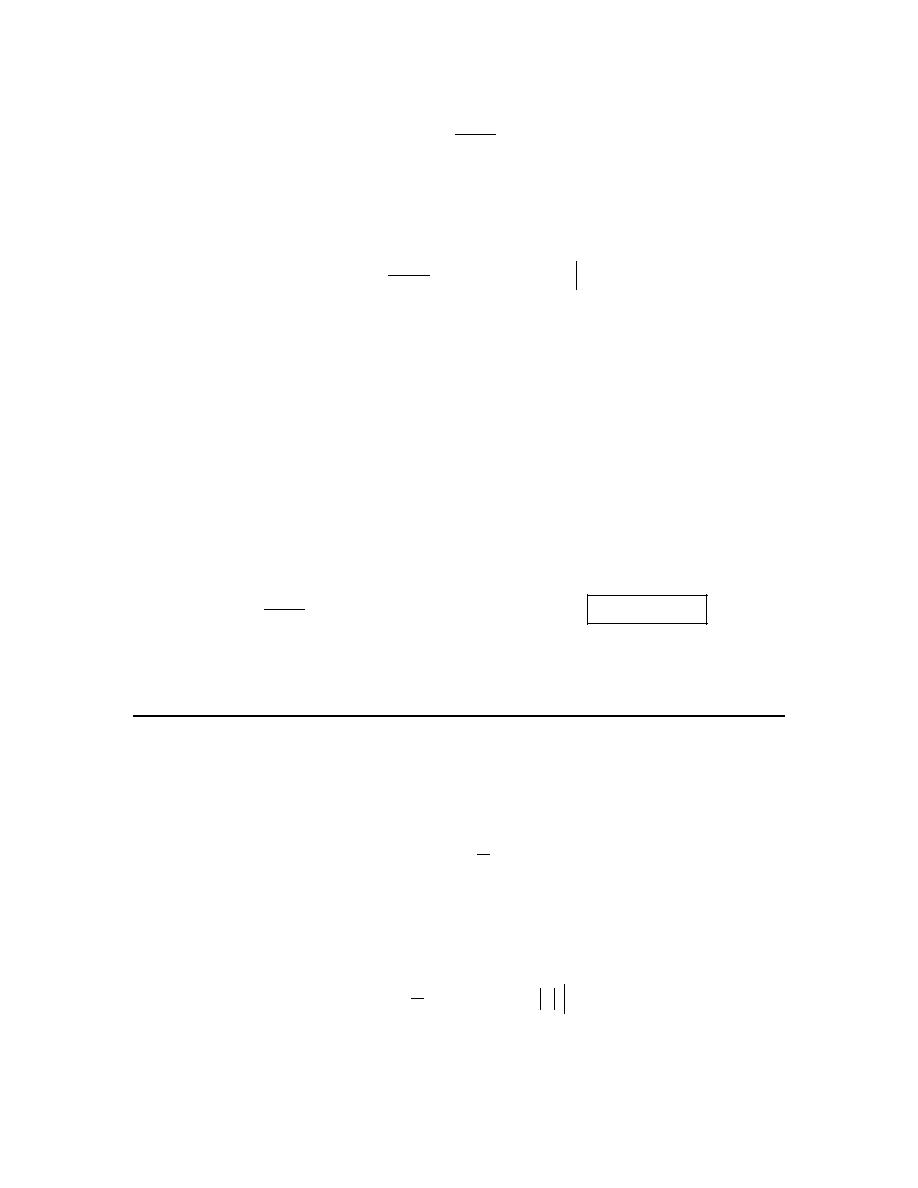
Calculus I
© 2007 Paul Dawkins
74
http://tutorial.math.lamar.edu/terms.aspx
2
2
0
1
1
x
dx
x
+
+
⌠
⌡
e
Step 1
First we need to integrate the function.
( )
(
)
2
2
1
2
0
0
1
tan
1
x
x
dx
x
x
−
+
=
+
+
⌠
⌡
e
e
Recall that we don’t need to add the “+c” in the definite integral case as it will just cancel in the
next step.
Step 2
The final step is then just to do the evaluation.
We’ll leave the basic arithmetic to you to verify and only show the results of the evaluation.
Make sure that you evaluate the upper limit first and then subtract off the evaluation at the lower
limit.
Here is the answer for this problem.
( )
(
)
( )
(
)
( )
2
2
1
0
1
2
1
2
0
1
tan
2
tan
0
tan
2
1
1
x
dx
x
−
−
−
+
=
+
−
+
=
+
−
+
⌠
⌡
e
e
e
e
Note that
( )
1
tan
0
0
−
=
but
( )
1
tan
2
−
doesn’t have a “nice” answer and so was left as is.
14. Evaluate the following integral, if possible. If it is not possible clearly explain why it is not
possible to evaluate the integral.
2
5
2
7
y
dy
y
−
−
+
⌠
⌡
e
Step 1
First we need to integrate the function.
(
)
2
2
5
5
2
7
7
2 ln
y
y
dy
y
y
−
−
−
−
+
=
+
⌠
⌡
e
e

Calculus I
© 2007 Paul Dawkins
75
http://tutorial.math.lamar.edu/terms.aspx
Recall that we don’t need to add the “+c” in the definite integral case as it will just cancel in the
next step.
Step 2
The final step is then just to do the evaluation.
We’ll leave the basic arithmetic to you to verify and only show the results of the evaluation.
Make sure that you evaluate the upper limit first and then subtract off the evaluation at the lower
limit.
Here is the answer for this problem.
(
) (
) (
)
( )
( )
(
)
2
2
5
2
5
5
2
7
7
2 ln 2
7
2 ln 5
7
2 ln 2
ln 5
y
dy
y
−
−
−
−
−
−
+
=
+
− −
+
−
=
−
+
−
⌠
⌡
e
e
e
e
e
15. Evaluate the following integral, if possible. If it is not possible clearly explain why it is not
possible to evaluate the integral.
( )
4
0
f t dt
∫
where
( )
2
2
1
1 3
1
t
t
f t
t
t
>
=
−
≤
Hint : Recall that integrals we can always “break up” an integral as follows,
( )
( )
( )
b
c
b
a
a
c
f x dx
f x dx
f x dx
=
+
∫
∫
∫
See if you can find a good choice for “c” that will make this integral doable.
Step 1
This integral can’t be done as a single integral give the obvious change of the function at
1
t
=
which is in the interval over which we are integrating. However, recall that we can always break
up an integral at any point and
1
t
=
seems to be a good point to do this.
Breaking up the integral at
1
t
=
gives,
( )
( )
( )
4
1
4
0
0
1
f t dt
f t dt
f t dt
=
+
∫
∫
∫

Calculus I
© 2007 Paul Dawkins
76
http://tutorial.math.lamar.edu/terms.aspx
So, in the first integral we have
0
1
t
≤ ≤
and so we can use
( )
2
1 3
f t
t
= −
in the first integral.
Likewise, in the second integral we have
1
4
t
≤ ≤
and so we can use
( )
2
f t
t
=
in the second
integral.
Making these function substitutions gives,
( )
4
1
4
2
0
0
1
1 3
2
f t dt
t dt
t dt
=
−
+
∫
∫
∫
Step 2
All we need to do at this point is evaluate each integral. Here is that work.
( )
(
)
[
] [
]
1
4
1
4
4
2
3
2
1
0
0
1
0
1 3
2
0 0
16 1
15
f t dt
t dt
t dt
t
t
t
=
−
+
= −
+
= − +
− =
∫
∫
∫
16. Evaluate the following integral, if possible. If it is not possible clearly explain why it is not
possible to evaluate the integral.
( )
1
6
g z dz
−
∫
where
( )
2
2
4
2
z
z
z
g z
z
−
> −
=
≤ −
e
Hint : Recall that integrals we can always “break up” an integral as follows,
( )
( )
( )
b
c
b
a
a
c
f x dx
f x dx
f x dx
=
+
∫
∫
∫
See if you can find a good choice for “c” that will make this integral doable.
Step 1
This integral can’t be done as a single integral give the obvious change of the function at
2
z
= −
which is in the interval over which we are integrating. However, recall that we can always break
up an integral at any point and
2
z
= −
seems to be a good point to do this.
Breaking up the integral at
2
z
= −
gives,
( )
( )
( )
1
2
1
6
6
2
g z dz
g z dz
g z dz
−
−
−
−
=
+
∫
∫
∫
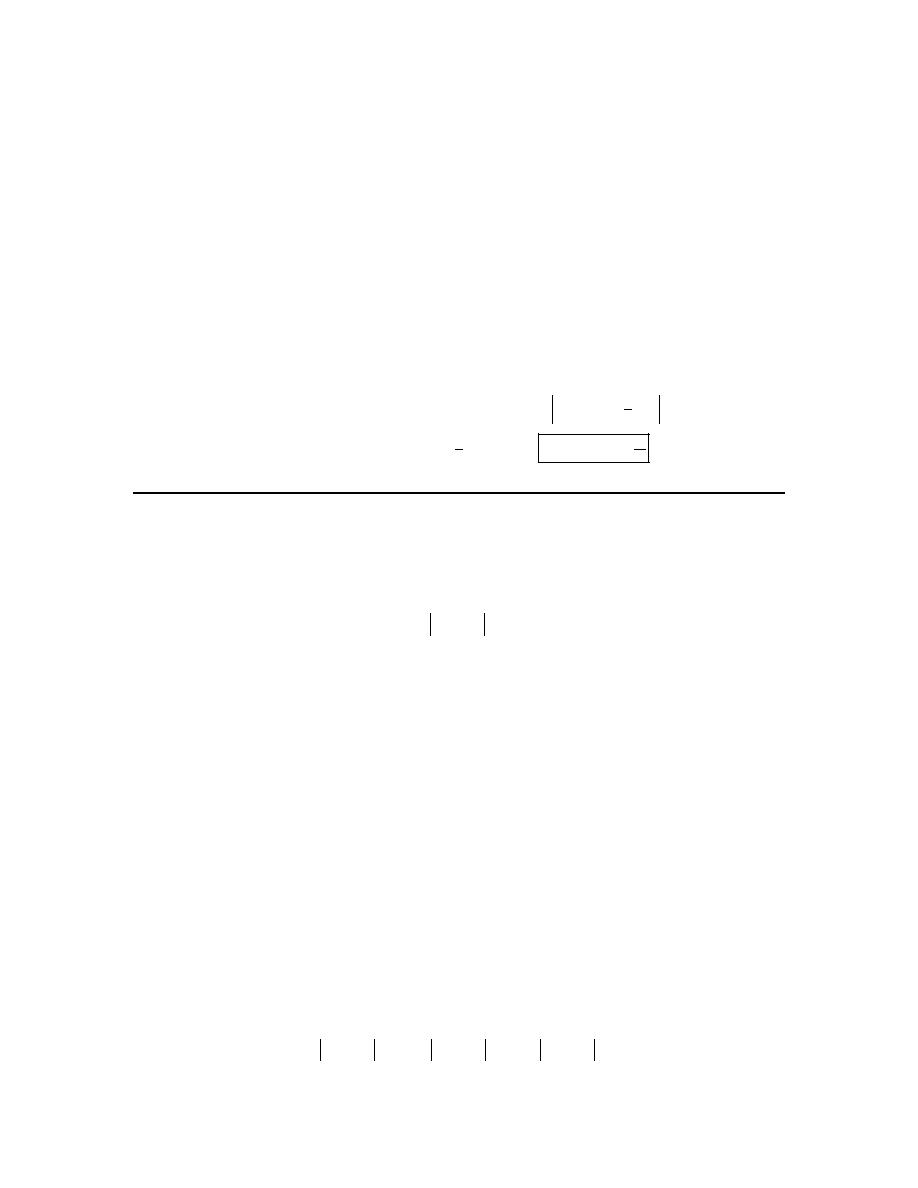
Calculus I
© 2007 Paul Dawkins
77
http://tutorial.math.lamar.edu/terms.aspx
So, in the first integral we have
6
2
z
− ≤ ≤ −
and so we can use
( )
4
z
g z
= e
in the first integral.
Likewise, in the second integral we have
2
1
z
− ≤ ≤
and so we can use
( )
2
g z
z
= −
in the
second integral.
Making these function substitutions gives,
( )
1
2
1
6
6
2
4
2
z
g z dz
dz
z dz
−
−
−
−
=
+
−
∫
∫
∫
e
Step 2
All we need to do at this point is evaluate each integral. Here is that work.
( )
( ) (
)
( )
2
1
1
2
1
2
1
2
6
6
2
6
2
2
6
2
6
3
15
2
2
4
2
4
2
4
4
6
4
4
z
z
g z dz
dz
z dz
z
z
−
−
−
−
−
−
−
−
−
−
−
=
+
−
=
+
−
=
−
+
− −
=
−
+
∫
∫
∫
e
e
e
e
e
e
17. Evaluate the following integral, if possible. If it is not possible clearly explain why it is not
possible to evaluate the integral.
6
3
2
10
x
dx
−
∫
Hint : In order to do this integral we need to “remove” the absolute value bars from the integrand
and we should know how to do that by this point.
Step 1
We’ll need to “remove” the absolute value bars in order to do this integral. However, in order to
do that we’ll need to know where
2
10
x
−
is positive and negative.
Since
2
10
x
−
is the equation of a line is should be fairly clear that we have the following
positive/negative nature of the function.
5
2
10
0
5
2
10
0
x
x
x
x
<
⇒
−
<
>
⇒
−
>
Step 2
So, to remove the absolute value bars all we need to do then is break the integral up at
5
x
=
.
6
5
6
3
3
5
2
10
2
10
2
10
x
dx
x
dx
x
dx
−
=
−
+
−
∫
∫
∫
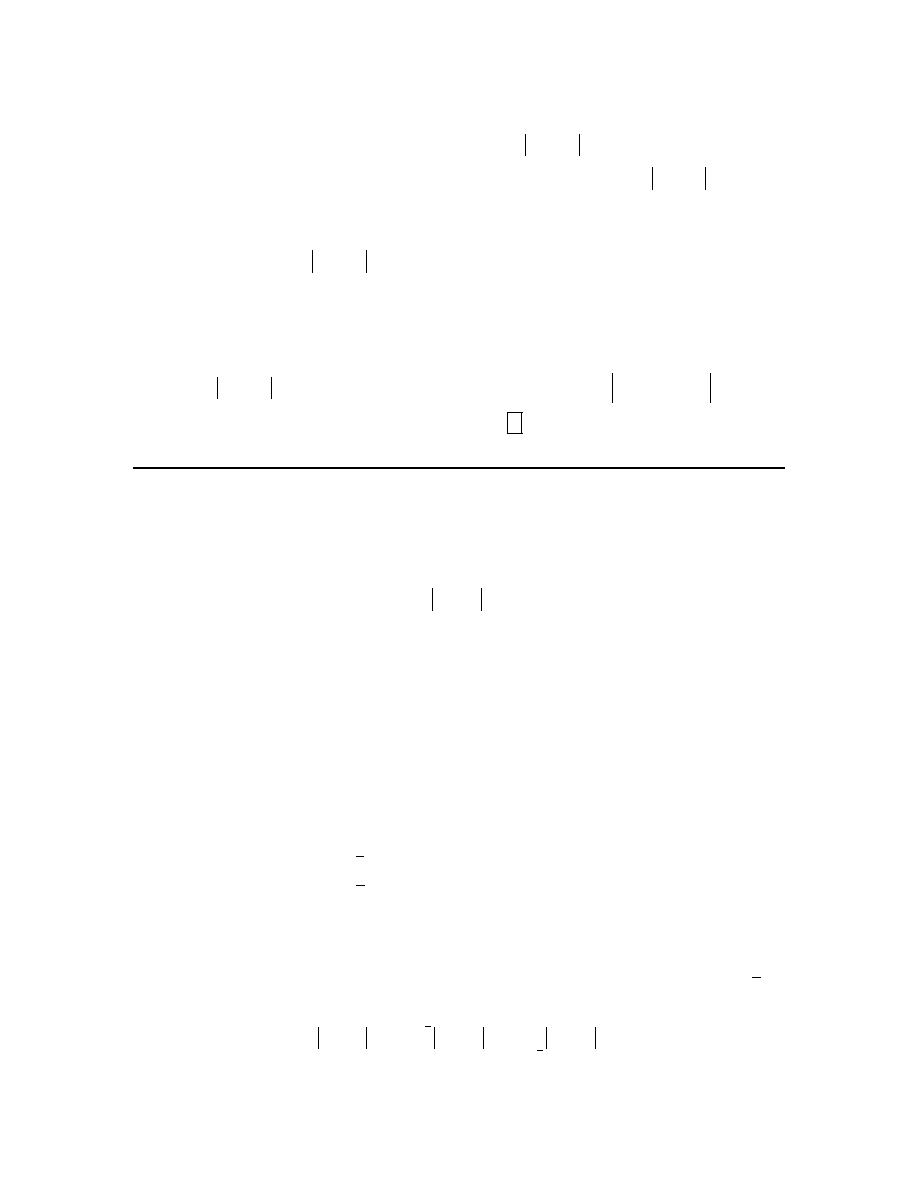
Calculus I
© 2007 Paul Dawkins
78
http://tutorial.math.lamar.edu/terms.aspx
So, in the first integral we have
3
5
x
≤ ≤
and so we have
(
)
2
10
2
10
x
x
−
= −
−
in the first
integral. Likewise, in the second integral we have
5
6
x
≤ ≤
and so we have
2
10
2
10
x
x
−
=
−
in the second integral. Or,
(
)
6
5
6
3
3
5
2
10
2
10
2
10
x
dx
x
dx
x
dx
−
= −
−
+
−
∫
∫
∫
Step 3
All we need to do at this point is evaluate each integral. Here is that work.
(
) (
)
[
]
(
)
5
6
6
5
6
2
2
3
3
5
3
5
2
10
2
10
2
10
10
10
25 21
24
25
5
x
dx
x
dx
x
dx
x
x
x
x
−
= − +
+
−
= − +
+
−
=
−
+ − − −
=
∫
∫
∫
18. Evaluate the following integral, if possible. If it is not possible clearly explain why it is not
possible to evaluate the integral.
0
1
4
3
w
dw
−
+
∫
Hint : In order to do this integral we need to “remove” the absolute value bars from the integrand
and we should know how to do that by this point.
Step 1
We’ll need to “remove” the absolute value bars in order to do this integral. However, in order to
do that we’ll need to know where
4
3
w
+
is positive and negative.
Since
4
3
w
+
is the equation a line is should be fairly clear that we have the following
positive/negative nature of the function.
3
4
3
4
4
3
0
4
3
0
w
w
w
w
< −
⇒
+ <
> −
⇒
+ >
Step 2
So, to remove the absolute value bars all we need to do then is break the integral up at
3
4
w
= −
.
3
4
3
4
0
0
1
1
4
3
4
3
4
3
w
dw
w
dw
w
dw
−
−
−
−
+
=
+
+
+
∫
∫
∫
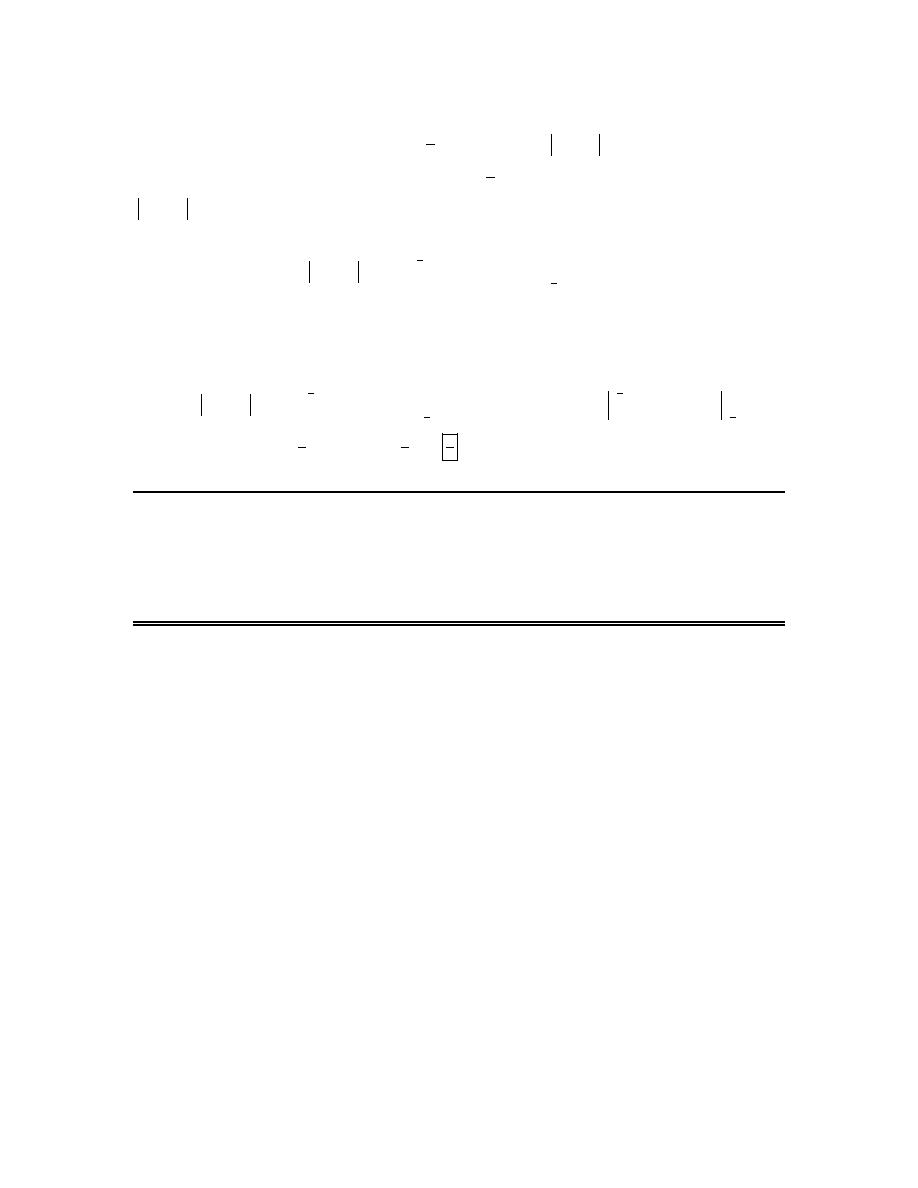
Calculus I
© 2007 Paul Dawkins
79
http://tutorial.math.lamar.edu/terms.aspx
So, in the first integral we have
3
4
1 w
− ≤ ≤ −
and so we have
(
)
4
3
4
3
w
w
+ = −
+
in the first
integral. Likewise, in the second integral we have
3
4
0
w
− ≤ ≤
and so we have
4
3
4
3
w
w
+ =
+
in the second integral. Or,
(
)
3
4
3
4
0
0
1
1
4
3
4
3
4
3
w
dw
w
dw
w
dw
−
−
−
−
+
=
−
+
+
+
∫
∫
∫
Step 3
All we need to do at this point is evaluate each integral. Here is that work.
(
) (
)
( )
3
3
4
4
3
3
4
4
0
0
0
2
2
1
1
1
9
9
5
8
8
4
4
3
4
3
4
3
2
3
2
3
1
0
w
dw
w
dw
w
dw
w
w
w
w
−
−
−
−
−
−
−
+
=
−
−
+
+
= −
−
+
+
= − +
− −
=
∫
∫
∫
Substitution Rule for Definite Integrals
1. Evaluate the following integral, if possible. If it is not possible clearly explain why it is not
possible to evaluate the integral.
(
)(
)
1
6
4
2
5
0
3 4
10
2
x
x
x
x
dx
+
+
−
∫
Step 1
The first step that we need to do is do the substitution.
At this point you should be fairly comfortable with substitutions. If you are not comfortable with
substitutions you should go back to the substitution sections and work some problems there.
The substitution for this problem is,
2
5
10
2
u
x
x
=
+
−
Step 2
Here is the actual substitution work for this problem.
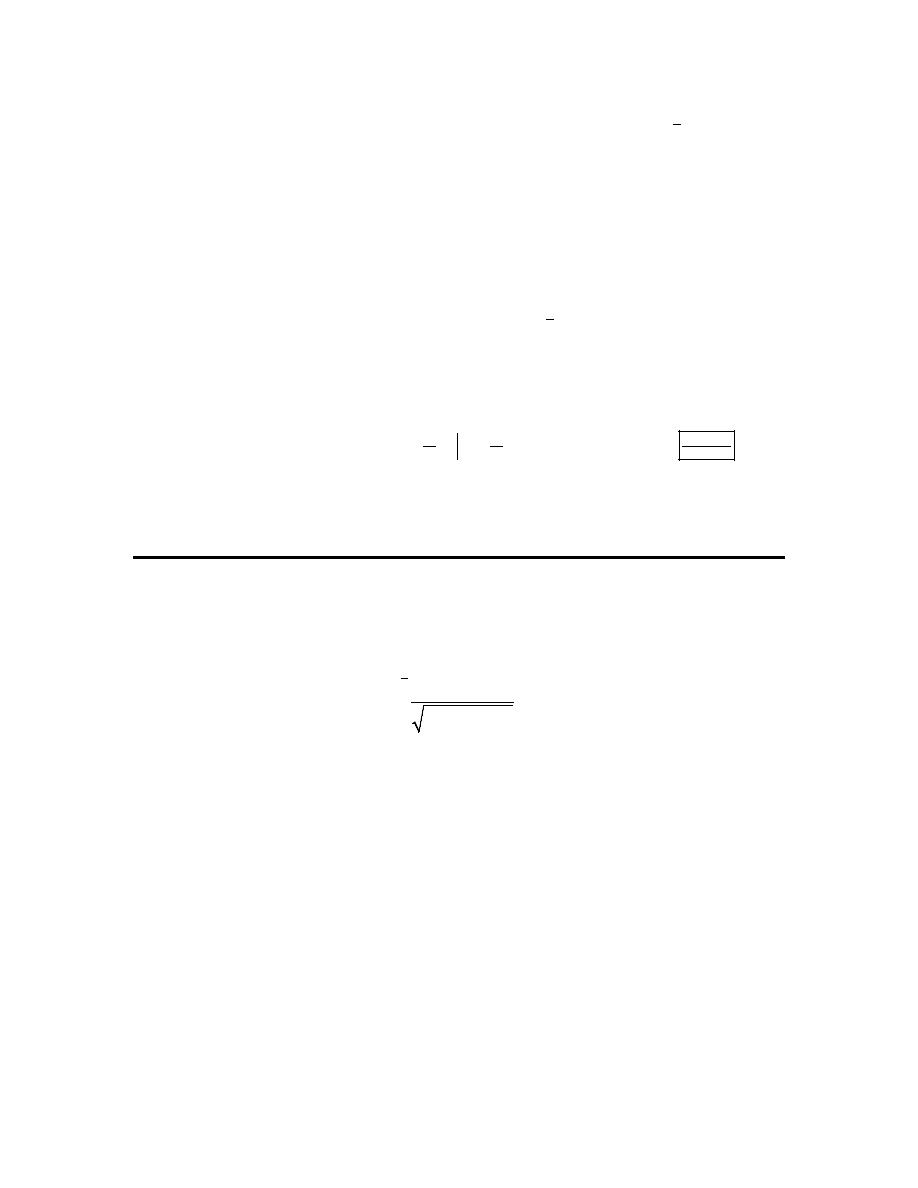
Calculus I
© 2007 Paul Dawkins
80
http://tutorial.math.lamar.edu/terms.aspx
(
)
(
)
(
)
4
4
4
1
5
20
5
5 4
4
0 :
2
1:
9
du
x
x
dx
x
x
dx
x
x
dx
du
x
u
x
u
=
+
=
+
→
+
=
=
= −
=
=
As we did in the notes for this section we are also going to convert the limits to u’s to avoid
having to deal with the back substitution after doing the integral.
Here is the integral after the substitution.
(
)(
)
1
9
6
4
2
5
6
3
5
0
2
3 4
10
2
x
x
x
x
dx
u du
−
+
+
−
=
∫
∫
Step 3
The integral is then,
(
)(
)
(
)
(
)
1
6
9
4
2
5
7
14,349,291
3
3
35
35
35
2
0
3 4
10
2
4, 782, 969
128
x
x
x
x
dx
u
−
+
+
−
=
=
− −
=
∫
Do not get excited about “messy” or “large” answers. They will happen on occasion so don’t
worry about them when the happen.
2. Evaluate the following integral, if possible. If it is not possible clearly explain why it is not
possible to evaluate the integral.
( )
( )
4
0
8 cos 2
9 5sin 2
t
dt
t
π
−
⌠
⌡
Step 1
The first step that we need to do is do the substitution.
At this point you should be fairly comfortable with substitutions. If you are not comfortable with
substitutions you should go back to the substitution sections and work some problems there.
The substitution for this problem is,
( )
9 5sin 2
u
t
= −
Step 2
Here is the actual substitution work for this problem.
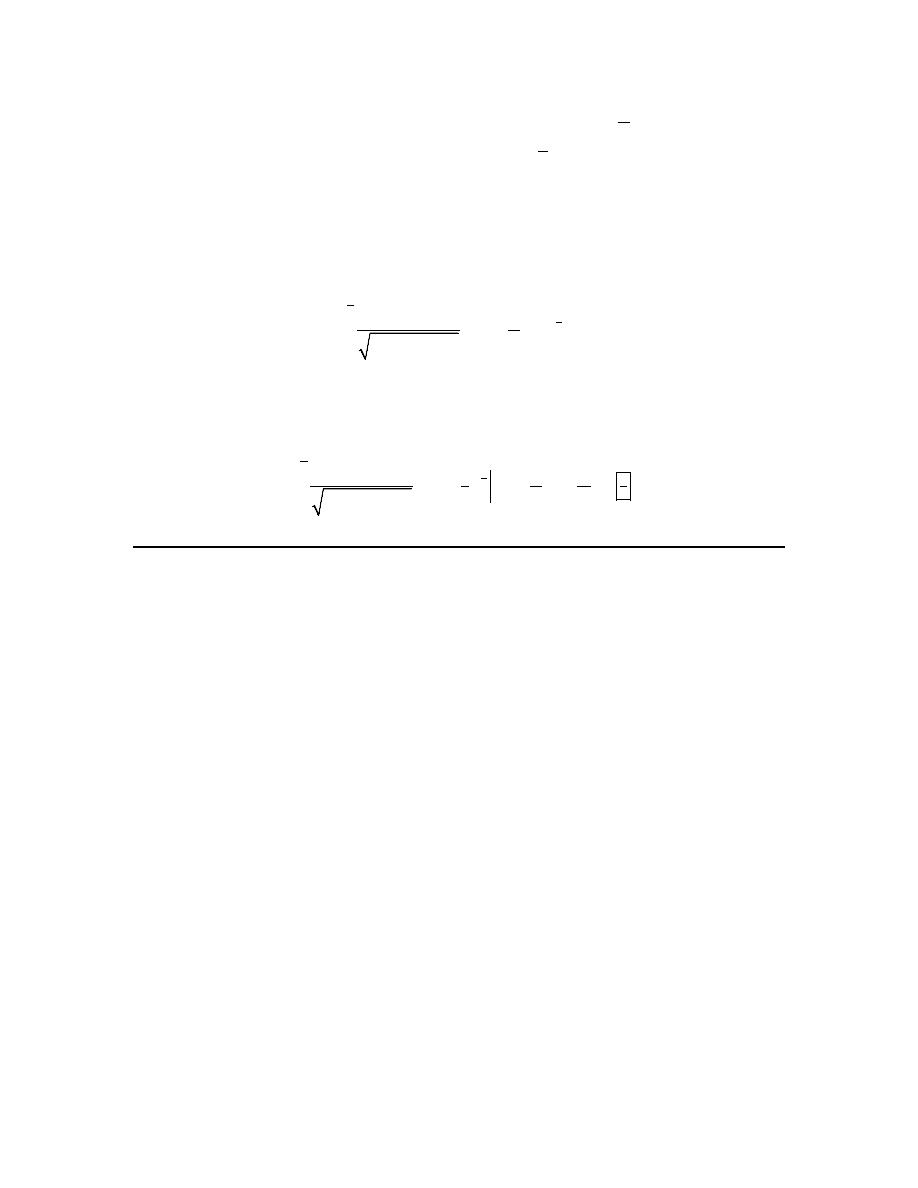
Calculus I
© 2007 Paul Dawkins
81
http://tutorial.math.lamar.edu/terms.aspx
( )
( )
1
10
4
10 cos 2
cos 2
0 :
9
:
4
du
t dt
t dt
du
t
u
t
u
π
= −
→
= −
=
=
=
=
As we did in the notes for this section we are also going to convert the limits to u’s to avoid
having to deal with the back substitution after doing the integral.
Here is the integral after the substitution.
( )
( )
1
2
4
4
8
10
9
0
8 cos 2
9 5sin 2
t
dt
u
du
t
π
−
= −
−
⌠
⌡
∫
Step 3
The integral is then,
( )
( )
( )
1
2
4
4
8
16
8
24
5
5
5
5
9
0
8 cos 2
9 5sin 2
t
dt
u
t
π
= −
= − − −
=
−
⌠
⌡
3. Evaluate the following integral, if possible. If it is not possible clearly explain why it is not
possible to evaluate the integral.
( )
( )
0
3
sin
cos
z
z dz
π
∫
Step 1
The first step that we need to do is do the substitution.
At this point you should be fairly comfortable with substitutions. If you are not comfortable with
substitutions you should go back to the substitution sections and work some problems there.
The substitution for this problem is,
( )
cos
u
z
=
Step 2
Here is the actual substitution work for this problem.
( )
( )
sin
sin
:
1
0 :
1
du
z dz
z dz
du
z
u
z
u
π
= −
→
= −
=
= −
=
=
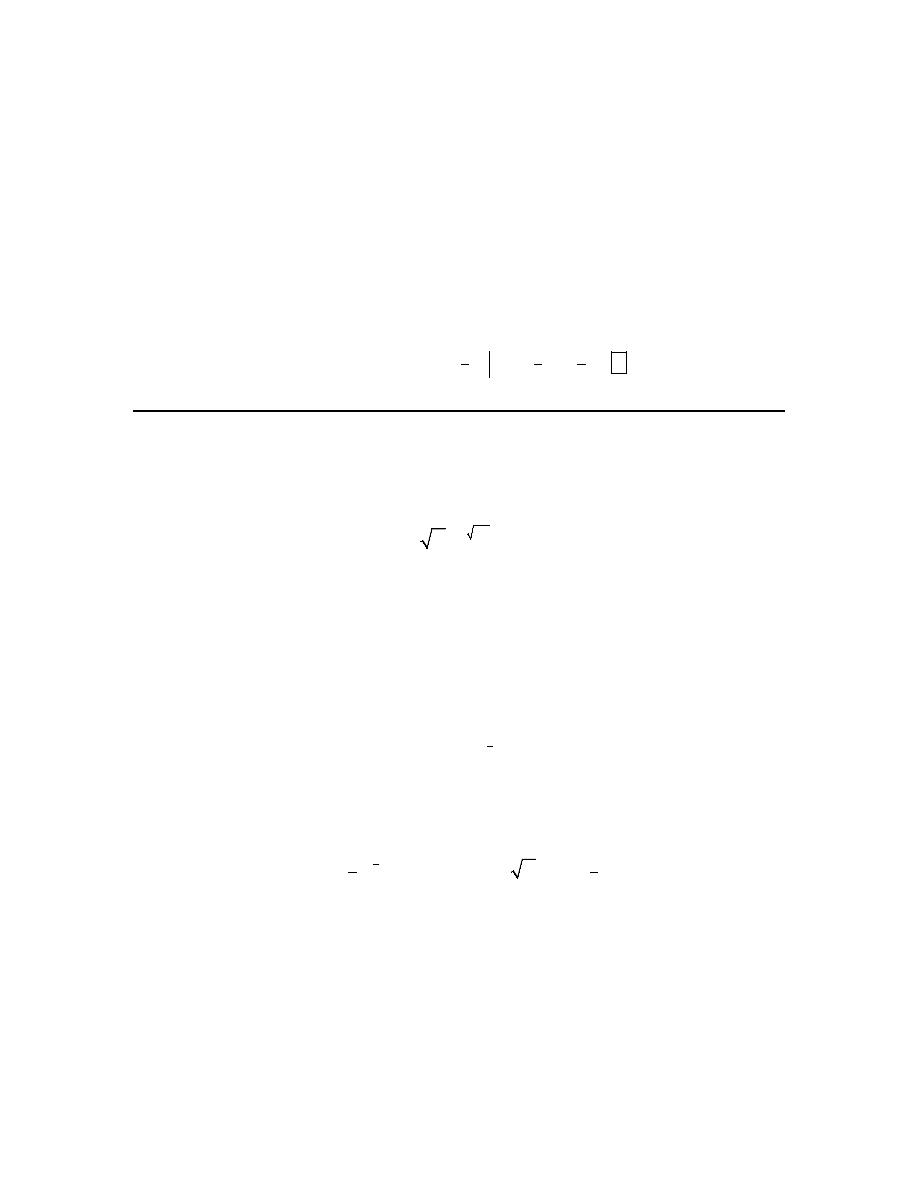
Calculus I
© 2007 Paul Dawkins
82
http://tutorial.math.lamar.edu/terms.aspx
As we did in the notes for this section we are also going to convert the limits to u’s to avoid
having to deal with the back substitution after doing the integral.
Here is the integral after the substitution.
( )
( )
0
1
3
3
1
sin
cos
z
z dz
u du
π
−
= −
∫
∫
Step 3
The integral is then,
( )
( )
( )
0
1
3
4
1
1
1
4
4
4
1
sin
cos
0
z
z dz
u
π
−
= −
= − − − =
∫
4. Evaluate the following integral, if possible. If it is not possible clearly explain why it is not
possible to evaluate the integral.
3
4
1
1
w
w
dw
−
∫
e
Step 1
The first step that we need to do is do the substitution.
At this point you should be fairly comfortable with substitutions. If you are not comfortable with
substitutions you should go back to the substitution sections and work some problems there.
The substitution for this problem is,
3
2
1
u
w
= −
Step 2
Here is the actual substitution work for this problem.
1
2
3
2
2
3
1:
0
4 :
7
du
w dw
w dw
du
w
u
w
u
= −
→
= −
=
=
=
= −
As we did in the notes for this section we are also going to convert the limits to u’s to avoid
having to deal with the back substitution after doing the integral.
Here is the integral after the substitution.
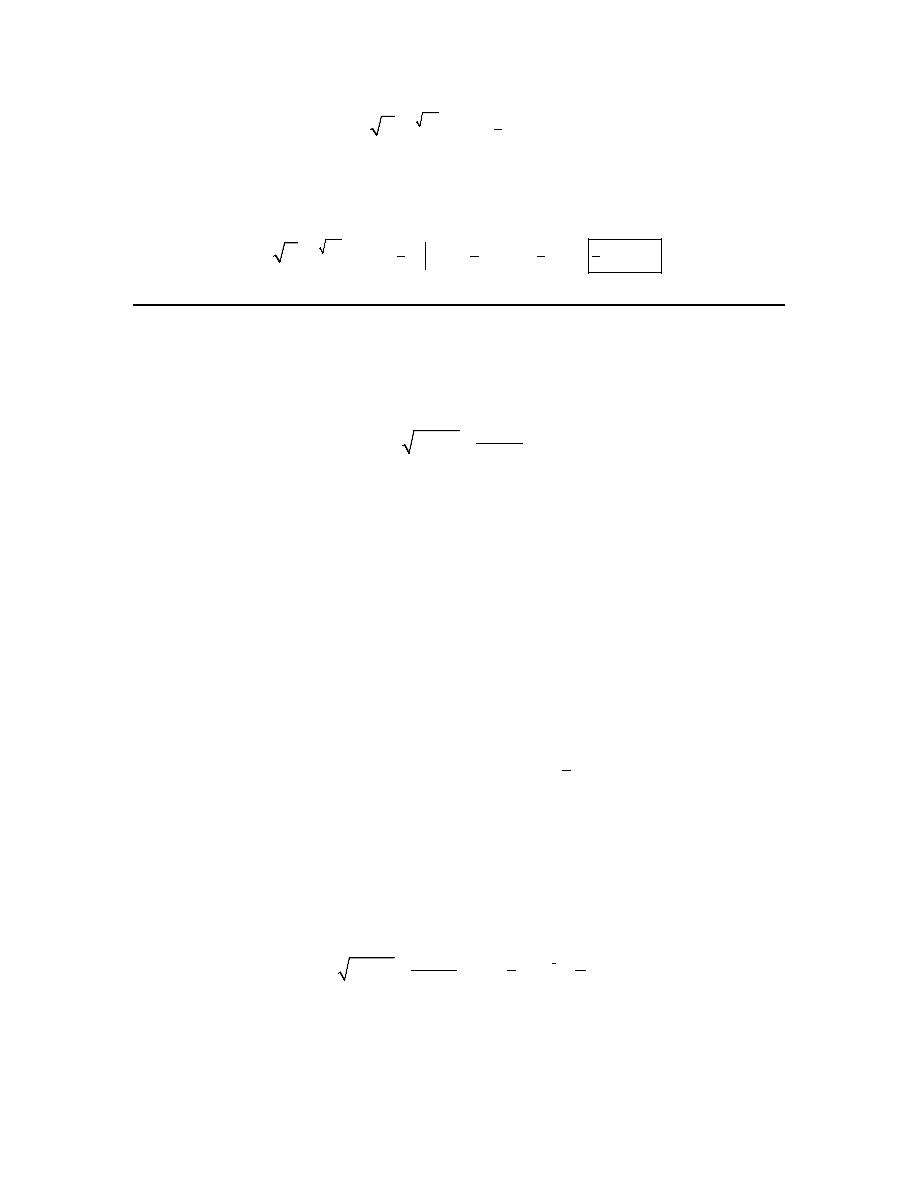
Calculus I
© 2007 Paul Dawkins
83
http://tutorial.math.lamar.edu/terms.aspx
3
4
7
1
2
3
1
0
w
u
w
dw
du
−
−
= −
∫
∫
e
e
Step 3
The integral is then,
(
) (
)
3
4
7
1
7
0
7
2
2
2
2
3
3
3
3
0
1
1
w
u
w
dw
−
−
−
−
= −
= −
− −
=
−
∫
e
e
e
e
e
5. Evaluate the following integral, if possible. If it is not possible clearly explain why it is not
possible to evaluate the integral.
1
3
4
7
5 2
5 2
y
dy
y
−
−
−
+
−
⌠
⌡
Step 1
The first step that we need to do is do the substitution.
At this point you should be fairly comfortable with substitutions. If you are not comfortable with
substitutions you should go back to the substitution sections and work some problems there.
The substitution for this problem is,
5 2
u
y
= −
Step 2
Here is the actual substitution work for this problem.
1
2
2
4 :
13
1:
7
du
dy
dy
du
y
u
y
u
= −
→
= −
= −
=
= −
=
As we did in the notes for this section we are also going to convert the limits to u’s to avoid
having to deal with the back substitution after doing the integral.
Here is the integral after the substitution.
1
3
1
7
1
3
2
13
4
7
7
5 2
5 2
y
dy
u
du
y
u
−
−
−
+
= −
+
−
⌠
⌠
⌡
⌡
Step 3
The integral is then,
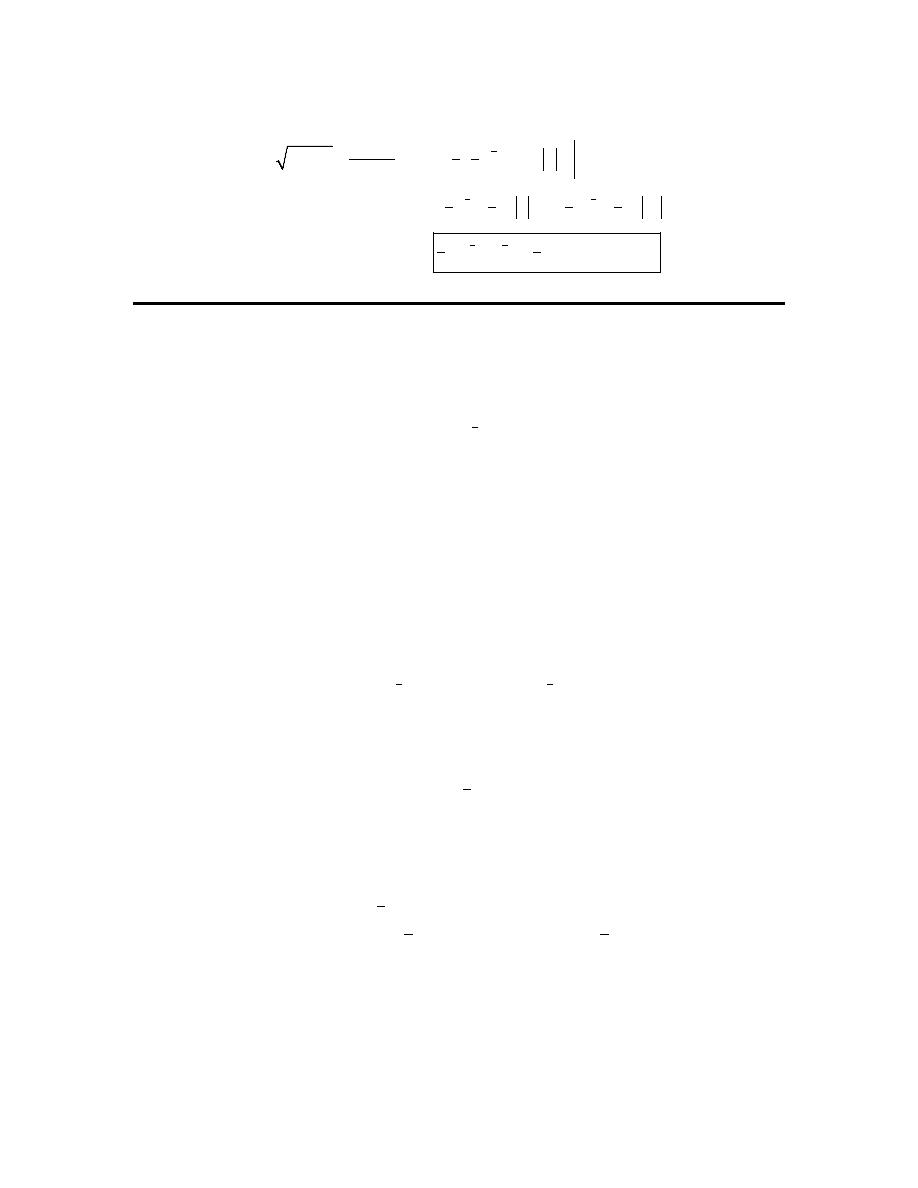
Calculus I
© 2007 Paul Dawkins
84
http://tutorial.math.lamar.edu/terms.aspx
(
)
(
)
(
)
( )
( )
(
)
4
3
4
4
3
3
4
4
3
3
1
7
3
1
3
2
4
13
4
3
7
3
7
8
2
8
2
3
7
8
2
7
5 2
7 ln
5 2
7
ln 7
13
ln 13
13
7
ln 13
ln 7
y
dy
u
u
y
−
−
−
+
= −
+
−
= −
−
− −
−
=
−
+
−
⌠
⌡
6. Evaluate the following integral, if possible. If it is not possible clearly explain why it is not
possible to evaluate the integral.
1
4
2
3
1
x
x
dx
−
+
∫
e
Step 1
The first step that we need to do is do the substitution.
At this point you should be fairly comfortable with substitutions. If you are not comfortable with
substitutions you should go back to the substitution sections and work some problems there.
Before setting up the substitution we’ll need to break up the integral because the first term doesn’t
need a substitution. Doing this gives,
1
1
4
4
2
2
2
3
3
1
1
1
x
x
x
dx
x dx
dx
−
−
−
+
=
+
∫
∫
∫
e
e
The substitution for the second integral is then,
1
4
u
x
=
Step 2
Here is the actual substitution work for this second integral.
1
4
1
1
4
2
4
1:
2 :
du
dx
dx
du
x
u
x
u
=
→
=
= −
= −
=
=
As we did in the notes for this section we are also going to convert the limits to u’s to avoid
having to deal with the back substitution after doing the integral.
Here is the integral after the substitution.
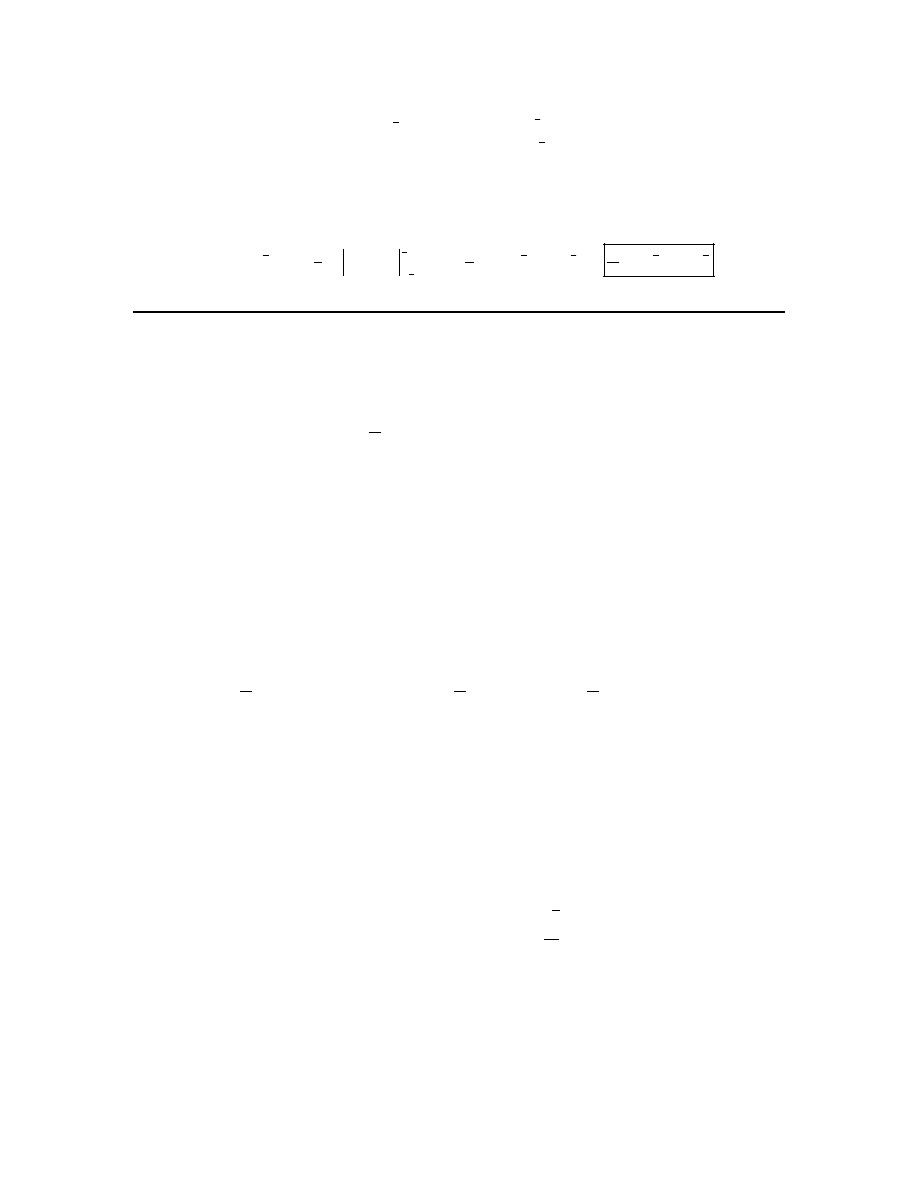
Calculus I
© 2007 Paul Dawkins
85
http://tutorial.math.lamar.edu/terms.aspx
1
1
2
4
1
4
2
2
3
3
1
1
4
x
u
x
dx
x dx
du
−
−
−
+
=
+
∫
∫
∫
e
e
Step 3
The integral is then,
(
)
(
)
1
2
1
4
1
1
1
1
1
4
2
4
2
4
2
2
3
4
15
1
1
4
4
4
1
1
4
4
4
4
4
4
x
u
x
dx
x
−
−
−
−
−
+
=
+
=
− +
−
=
+
−
∫
e
e
e
e
e
e
7. Evaluate the following integral, if possible. If it is not possible clearly explain why it is not
possible to evaluate the integral.
( )
( )
3
2
6 sin 2
7 cos
w
w dw
π
π
−
∫
Step 1
The first step that we need to do is do the substitution.
At this point you should be fairly comfortable with substitutions. If you are not comfortable with
substitutions you should go back to the substitution sections and work some problems there.
Before setting up the substitution we’ll need to break up the integral because the second term
doesn’t need a substitution. Doing this gives,
( )
( )
( )
( )
3
3
3
2
2
2
6 sin 2
7 cos
6 sin 2
7 cos
w
w dw
w dw
w dw
π
π
π
π
π
π
−
=
−
∫
∫
∫
The substitution for the first integral is then,
2
u
w
=
Step 2
Here is the actual substitution work for this first integral.
1
2
3
2
2
:
2
:
3
du
dw
dw
du
w
u
w
u
π
π
π
π
=
→
=
=
=
=
=
As we did in the notes for this section we are also going to convert the limits to u’s to avoid
having to deal with the back substitution after doing the integral.
Here is the integral after the substitution.
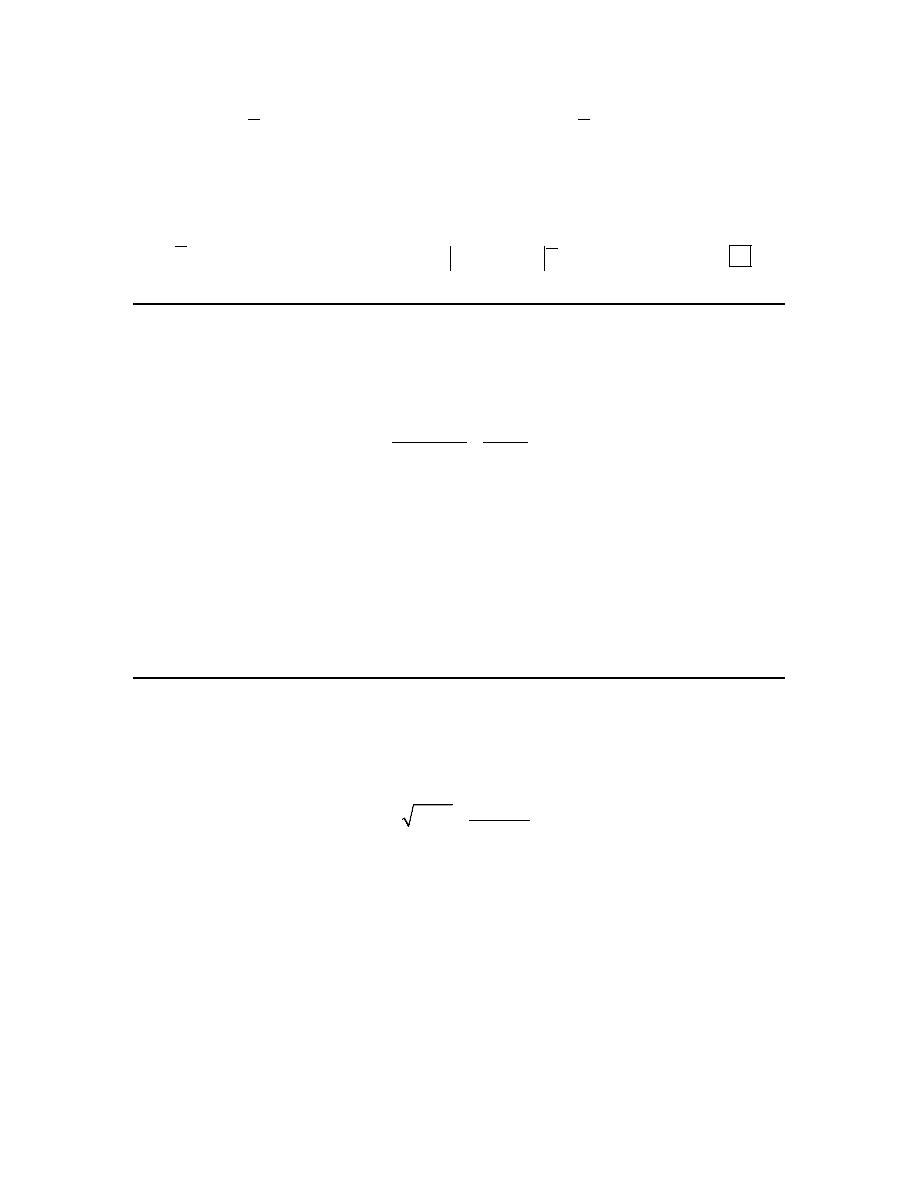
Calculus I
© 2007 Paul Dawkins
86
http://tutorial.math.lamar.edu/terms.aspx
( )
( )
( )
( )
3
3
2
2
2
3
6 sin 2
7 cos
3
sin
7 cos
w
w dw
u du
w dw
π
π
π
π
π
π
−
=
−
∫
∫
∫
Step 3
The integral is then,
( )
( )
( )
( )
( )
(
)
(
)
3
3
2
2
3
2
6 sin 2
7 cos
3cos
7 sin
3
3
7 0
13
w
w dw
u
w
π
π
π
π
π
π
−
= −
−
= − −
+ −
=
∫
8. Evaluate the following integral, if possible. If it is not possible clearly explain why it is not
possible to evaluate the integral.
5
3
4
2
2
1
2
1
4
x
x
x
dx
x
x
x
+
−
+
+
−
⌠
⌡
Solution
Be very careful with this problem. Recall that we can only do definite integrals if the integrand
(i.e. the function we are integrating) is continuous on the interval over which we are integrating.
In this case the second term has division by zero at
2
x
=
and so is not continuous on
[ ]
1, 5
and
therefore this integral can’t be done.
9. Evaluate the following integral, if possible. If it is not possible clearly explain why it is not
possible to evaluate the integral.
(
)
0
2
2
2
3
3
6
1
t
t
dt
t
−
+ +
−
⌠
⌡
Step 1
The first step that we need to do is do the substitution.
At this point you should be fairly comfortable with substitutions. If you are not comfortable with
substitutions you should go back to the substitution sections and work some problems there.
Before setting up the substitution we’ll need to break up the integral because each term requires a
different substitution. Doing this gives,
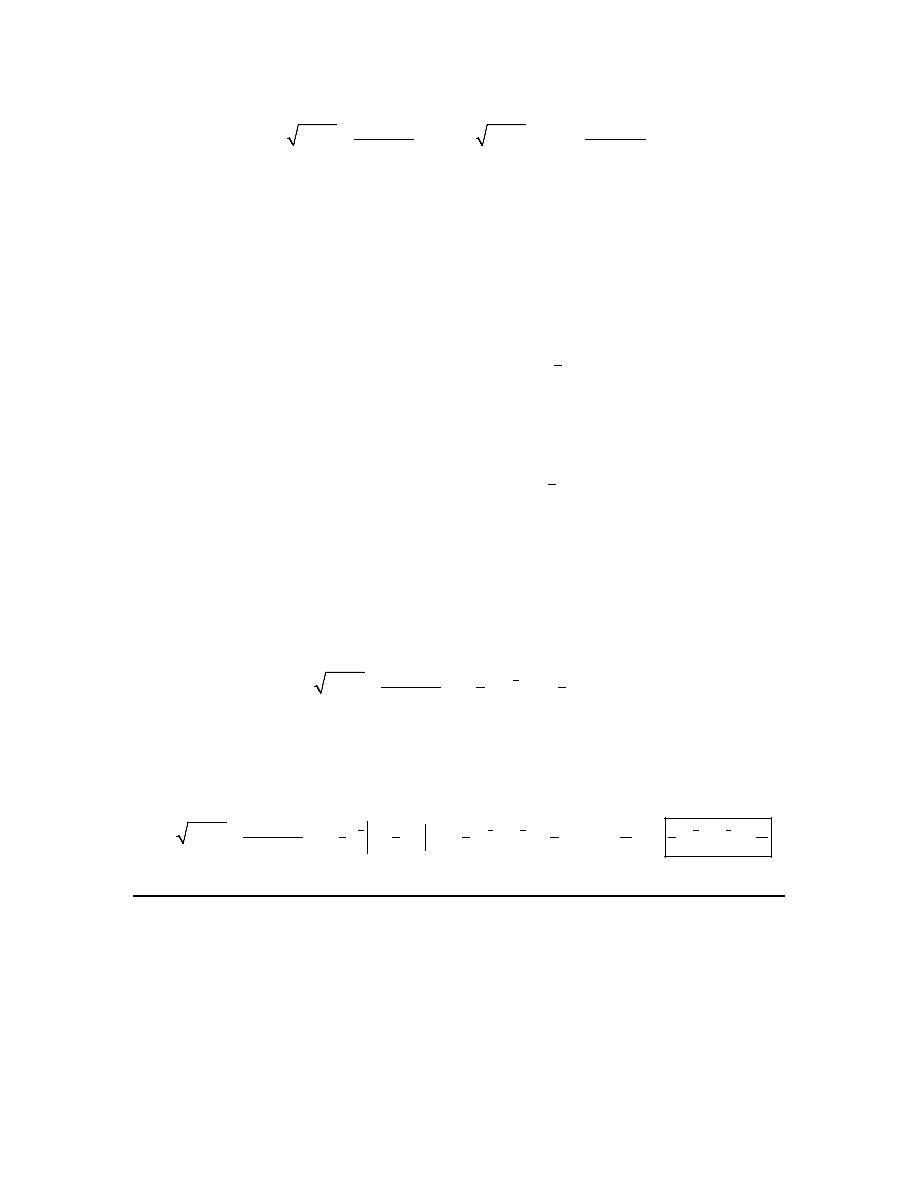
Calculus I
© 2007 Paul Dawkins
87
http://tutorial.math.lamar.edu/terms.aspx
(
)
(
)
0
0
0
2
2
2
2
2
2
2
3
3
3
3
6
1
6
1
t
t
dt
t
t dt
dt
t
t
−
−
−
+ +
=
+
+
−
−
⌠
⌠
⌡
⌡
∫
The substitution for the each integral is then,
2
3
6
1
u
t
v
t
= +
= −
Step 2
Here is the actual substitution work for this first integral.
1
2
2
2 :
7
0 :
3
du
t dt
t dt
du
t
u
t
u
=
→
=
= −
=
=
=
Here is the actual substitution work for the second integral.
1
6
6
2 :
13
0 :
1
du
dt
dt
du
t
u
t
u
=
→
=
= −
= −
=
= −
As we did in the notes for this section we are also going to convert the limits to u’s to avoid
having to deal with the back substitution after doing the integral.
Here is the integral after the substitution.
(
)
1
2
0
3
1
2
2
3
1
2
6
2
7
13
2
3
3
6
1
t
t
dt
u du
v dv
t
−
−
−
−
+ +
=
+
−
⌠
⌡
∫
∫
Step 3
The integral is then,
(
)
(
)
( )
(
)
(
)
3
3
3
3
3
2
2
2
2
2
0
3
1
2
1
6
1
1
1
1
1
1
3
2
3
2
13
3
13
2
13
7
2
3
3
3
7
1
3
7
6
1
t
t
dt
u
v
t
−
−
−
−
+ +
=
−
=
−
− − − −
=
−
+
−
⌠
⌡
10. Evaluate the following integral, if possible. If it is not possible clearly explain why it is not
possible to evaluate the integral.
(
)
( )
( )
1
3
3
2
2
sin
3 2 cos
z
z
z
dz
π
π
−
−
+
+
∫

Calculus I
© 2007 Paul Dawkins
88
http://tutorial.math.lamar.edu/terms.aspx
Step 1
The first step that we need to do is do the substitution.
At this point you should be fairly comfortable with substitutions. If you are not comfortable with
substitutions you should go back to the substitution sections and work some problems there.
Before setting up the substitution we’ll need to break up the integral because each term requires a
different substitution. Doing this gives,
(
)
( )
( )
(
)
( )
( )
1
1
1
3
3
3
3
2
2
2
2
sin
3 2 cos
2
sin
3 2 cos
z
z
z
dz
z
dz
z
z
dz
π
π
π
π
−
−
−
−
+
+
=
−
+
+
∫
∫
∫
The substitution for the each integral is then,
( )
2
3 2 cos
u
z
v
z
π
= −
= +
Step 2
Here is the actual substitution work for this first integral.
2 :
4
1:
1
du
dz
dz
du
z
u
z
u
= −
→
= −
= −
=
=
=
Here is the actual substitution work for the second integral.
( )
( )
1
2
2 sin
sin
2 :
5
1:
1
du
z dz
z dz
du
z
u
z
u
π
π
π
π
= −
→
= −
= −
=
=
=
As we did in the notes for this section we are also going to convert the limits to u’s to avoid
having to deal with the back substitution after doing the integral.
Here is the integral after the substitution.
(
)
( )
( )
1
1
1
3
3
3
3
1
2
2
4
5
2
sin
3 2 cos
z
z
z
dz
u du
v dv
π
π
π
−
−
+
+
= −
−
∫
∫
∫
Step 3
The integral is then,
(
)
( )
( )
(
)
(
)
1
1
1
3
3
4
4
1
1
4
8
4
5
2
255
78
1
1
4
8
4
2
sin
3 2 cos
1 256
1 625
z
z
z
dz
u
v
π
π
π
π
π
−
−
+
+
= −
−
= −
−
−
−
=
+
∫

Calculus I
© 2007 Paul Dawkins
89
http://tutorial.math.lamar.edu/terms.aspx
